India, with its diverse cultural heritage and deep-rooted traditions, is home to a plethora of ancient festivals that have been celebrated for centuries. These festivals not only hold immense religious significance but also reflect the country's rich history, folklore, and communal spirit. From the colorful festivities of Holi to the divine worship of Goddess Durga during Navratri, each ancient festival is a celebration of life, unity, and the eternal cycle of nature.
Some Ancient Festivals of India stay the same and don't change.
There are over 50 Ancient Festivals of India. Among them the most important festivals celebrated in India are as follows:-
List of 50 Ancient Festivals of India
- Diwali
- Holi
- Navratri
- Durga Puja
- Jitiya
- Maha Shivaratri
- Ram Navami
- Hanuman Jayanti
- Guru Purnima
- Mahalakshmi Vrata
- Krishna Janmashtami
- Valmiki Jayanti
- Karva Chauth
- Radhastami
- Ganesh Chaturthi
- Kartik Poornima
- Bhai Dooj
- Skanda Sashti
- Guru Nanak Jayanti
- Karthikai Deepam
- Kumbh Mela
- Godavari Pushkaram
- Naga Panchami
- Gujarat Kite Festival
- Pushkar Camel Fair
- Makar Sankranti
- Lohri
- Republic Day
- Guru Ravidass Jayanti
- Mewar Festival
- Mahavir Jayanti
- Vaisakhi
- Buddha Purnima
- Independence Day
- Parsi New Year Navroz
- Losar
- Bihu
- Akshaya Tritiya
- Vishu
- Chhath Puja
- Raksha Bandhan
- Dussehra
- Vasant Panchami
- Thai Pongal
- Thaipusam
- Gudi Padwa
- Ugadi
- Onam
- Tamil New Year Puthandu
- Ratha Yatra
Diwali (Festival of Lights):

Diwali, also known as Deepavali, is one of the most anticipated and widely celebrated Ancient Festivals of India. Symbolizing the victory of light over darkness and good over evil, Diwali holds profound cultural, religious, and social significance for millions of people across the country and around the world. This article delves into the vibrant tapestry of traditions, customs, and festivities that define the essence of Diwali, the Festival of Lights.
The Significance of Diwali:At its core, Diwali is a celebration of hope, renewal, and the triumph of righteousness. The festival is rooted in various mythological legends, the most prominent of which is the return of Lord Rama to Ayodhya after his 14-year exile and his victory over the demon king Ravana. To welcome Lord Rama, the citizens of Ayodhya illuminated the entire city with lamps and fireworks, thus initiating the tradition of lighting lamps during Diwali.
Celebration and Customs:Diwali is marked by a myriad of customs and rituals that vary across different regions and communities in India. However, certain customs are universally observed, including:
- Cleaning and Decoration: Weeks before Diwali, homes and public spaces are thoroughly cleaned and adorned with colorful rangolis (intricate floor designs), flowers, and traditional decorations. The idea behind this tradition is to welcome Goddess Lakshmi, the goddess of wealth and prosperity, into one's home.
- Lighting of Lamps: On the night of Diwali, homes and streets are illuminated with diyas (oil lamps), candles, and decorative lights. The glow of these lights symbolizes the inner light that dispels ignorance and darkness, fostering positivity and enlightenment.
- Firecrackers and Fireworks: Firecrackers and fireworks are an integral part of Diwali celebrations, signifying the triumph of light over darkness and the dispelling of evil forces. However, in recent years, there has been a growing awareness about the environmental and health hazards associated with fireworks, leading to calls for more eco-friendly and sustainable alternatives.
- Exchanging Gifts and Sweets: Diwali is a time for joyous gatherings, family reunions, and the exchange of gifts and sweets. It is customary to visit friends and relatives, offer gifts, and share festive delicacies such as ladoos, barfis, and other traditional sweets.
Religious Observances:In addition to the cultural festivities, Diwali holds immense religious significance for Hindus, Jains, Sikhs, and Buddhists, each of whom celebrates the festival for different reasons:
- For Hindus, Diwali is associated with the worship of Goddess Lakshmi, Lord Ganesha, and other deities, seeking their blessings for wealth, prosperity, and happiness.
- Jains commemorate Diwali as the day when Lord Mahavira, the founder of Jainism, attained nirvana (enlightenment) after his long spiritual journey.
- Sikhs celebrate Diwali as Bandi Chhor Divas, marking the release of Guru Hargobind Sahib Ji and 52 other Hindu kings from imprisonment by the Mughal Emperor Jahangir.
Diwali, the Festival of Lights, is much more than just a Ancient Festivals of India. It is a time of reflection, renewal, and gratitude—a celebration of the triumph of light over darkness and the eternal victory of good over evil. As millions of people come together to illuminate their homes, share joyous moments with loved ones, and offer prayers for prosperity and well-being, the spirit of Diwali radiates far and wide, illuminating hearts and minds with hope, happiness, and harmony.
Holi (Festival of Colors) :
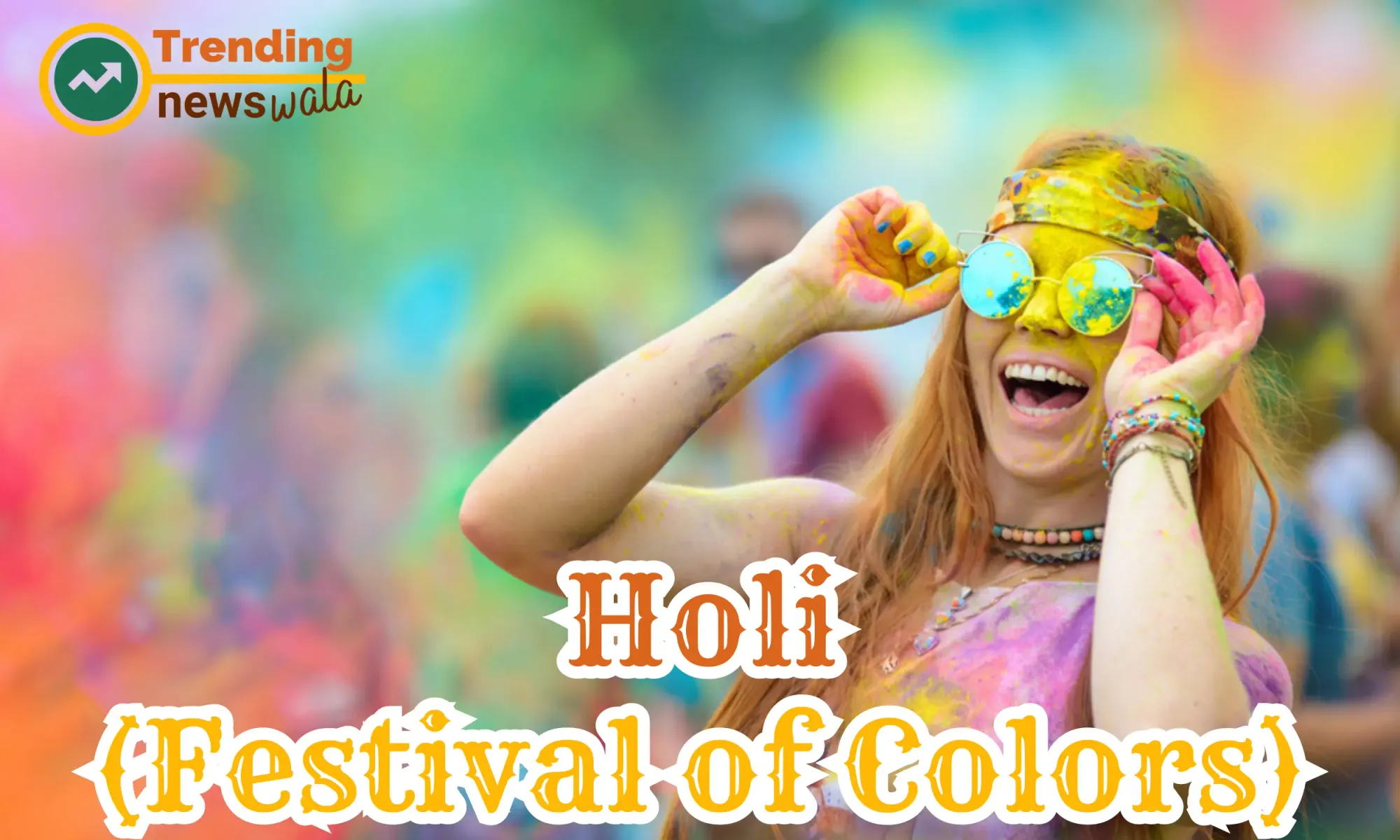
Holi, the Festival of Colors, is a joyous celebration that marks the arrival of spring and the triumph of good over evil. This ancient Hindu festival, celebrated with exuberance and enthusiasm across India and in many parts of the world, is a time for people to come together, immerse themselves in vibrant hues, and revel in the spirit of unity and joy.
The Significance of Holi: Holi holds deep cultural, religious, and social significance in Hindu tradition. It commemorates various mythological events, including the victory of good over evil, the onset of spring, and the immortal love of Radha and Krishna. The festival signifies the breaking down of barriers, the renewal of friendships, and the celebration of life's colorful divjiersity.
Celebration and Customs: Holi is celebrated over two days, with each day marked by unique customs and rituals:
- Holika Dahan: The eve of Holi is celebrated as Holika Dahan, where bonfires are lit to symbolize the burning of the demoness Holika and the victory of righteousness over wickedness. People gather around the bonfire, sing songs, perform prayers, and exchange greetings.
- Rangwali Holi: The main day of Holi is known as Rangwali Holi, where people gather in open spaces and streets to play with colors. Participants smear each other with vibrant colored powders (gulal) and water, sing and dance to traditional folk music, and indulge in festive treats and drinks.
Cultural Unity and Social Harmony: Holi transcends barriers of caste, creed, and social status, bringing people from all walks of life together in a spirit of camaraderie and unity. It is a time to mend broken relationships, forgive past grievances, and embrace the diversity of cultures and traditions that enrich Indian society.
Symbolism of Colors: Colors play a central role in the celebration of Holi, symbolizing the vibrancy of life, the joy of togetherness, and the beauty of diversity. The playful splashing of colors represents the shedding of inhibitions and the expression of love, laughter, and happiness. Know About How To Remove Holi Color from Skin.
Food and Festivities: No Holi celebration is complete without indulging in delicious festive delicacies and drinks. Traditional sweets like gujiya, malpua, and thandai are prepared and shared among friends and family. The festive atmosphere is further enhanced by music, dance, and cultural performances.
Environmental Considerations:In recent years, there has been a growing awareness about the environmental impact of synthetic colors and water wastage during Holi celebrations. To promote eco-friendly practices, many people now use natural and organic colors derived from flowers, herbs, and vegetables, and conserve water by using dry colors or water-efficient methods of play.
Conclusion: Holi, the Festival of Colors, is a vibrant celebration of life, love, and unity that transcends boundaries and brings people together in a kaleidoscope of joy and harmony. As we immerse ourselves in the colors of Holi, let us embrace the spirit of togetherness, spread happiness and goodwill, and paint our lives with the hues of love, laughter, and positivity.
Navaratri ( Vibrant Hindu festival )
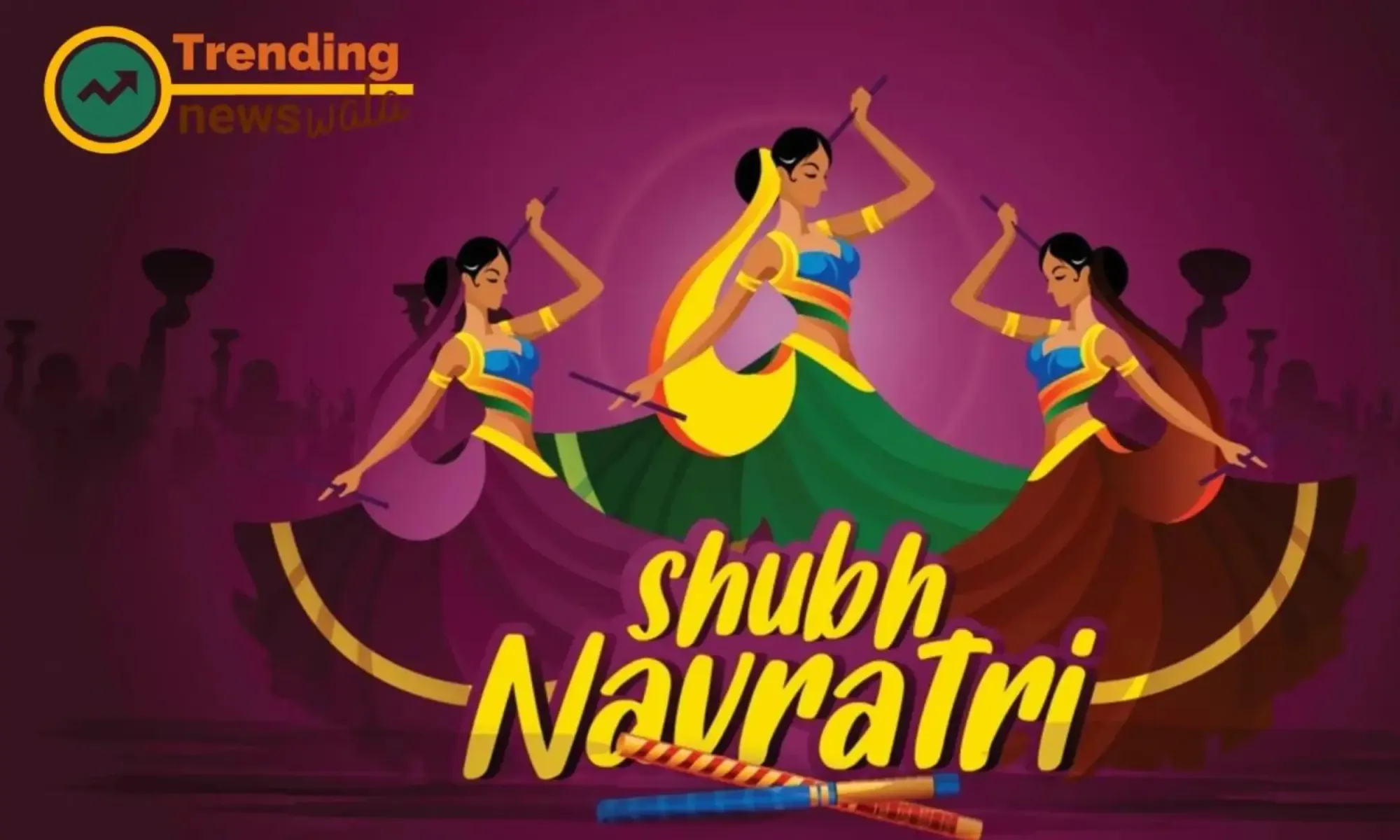
Navaratri, also known as Navratri, is a vibrant Hindu festival celebrated with great fervor and devotion across India and by Hindu communities around the world. The festival spans nine nights and is dedicated to the worship of the divine feminine in various forms, particularly Goddess Durga, Lakshmi, and Saraswati.
Significance of Navaratri: Navaratri holds deep religious significance in Hinduism, symbolizing the victory of good over evil and the triumph of righteousness over injustice. The festival is celebrated at the onset of autumn, marking the transition from the hot summer months to the cooler winter season. It is a time for spiritual reflection, purification, and renewal, as devotees seek blessings and guidance from the divine mother goddesses.
Observances and Rituals: Navaratri is observed with elaborate rituals and ceremonies, including:
- Golu Display: In South India, families create elaborate displays known as "Golu" or "Kolu," featuring tiers of clay or wooden dolls representing various gods, goddesses, and mythological characters. These displays are adorned with traditional decorations and visited by friends and relatives during the festival.
- Durga Puja: In many parts of India, particularly in Bengal, Navaratri is celebrated with grand Durga Puja festivities. Lavishly decorated pandals (temporary temples) are erected, where elaborate rituals, prayers, and cultural performances are conducted in honor of Goddess Durga and her divine consort, Lord Shiva.
- Kanya Puja: On the eighth or ninth day of Navaratri, young girls are worshipped as embodiments of the divine feminine during the ritual of Kanya Puja. They are invited into homes, offered prayers, and presented with gifts and treats as a symbol of reverence and respect.
- Garba and Dandiya Raas: In Gujarat and other parts of western India, Navaratri is synonymous with vibrant Garba and Dandiya Raas dances. People gather in large groups, dressed in colorful attire, to dance in circles to traditional folk music, celebrating the joyous spirit of the festival.
Symbolism of Navaratri: Navaratri represents the eternal struggle between light and darkness, knowledge and ignorance, and good and evil. Each day of the festival is dedicated to one of the nine forms of Goddess Durga, known as Navadurga, symbolizing her various attributes and manifestations. Devotees invoke the blessings of the goddesses to overcome obstacles, attain spiritual enlightenment, and lead a righteous life.
Celebrations Across India: Navaratri is celebrated with regional variations and customs across India:
- In North India, devotees observe fasts, recite prayers, and visit temples to seek the blessings of Goddess Durga. Ramlila performances, depicting the life of Lord Rama, are also held during this time.
- In South India, Navaratri is celebrated with traditional music and dance performances, including Bharatanatyam, Kuchipudi, and Kathakali.
- In the eastern state of West Bengal, Navaratri culminates with grand celebrations of Durga Puja, where intricately crafted idols of Goddess Durga are worshipped with fervor and devotion.
Durga Puja ( Durgotsava )
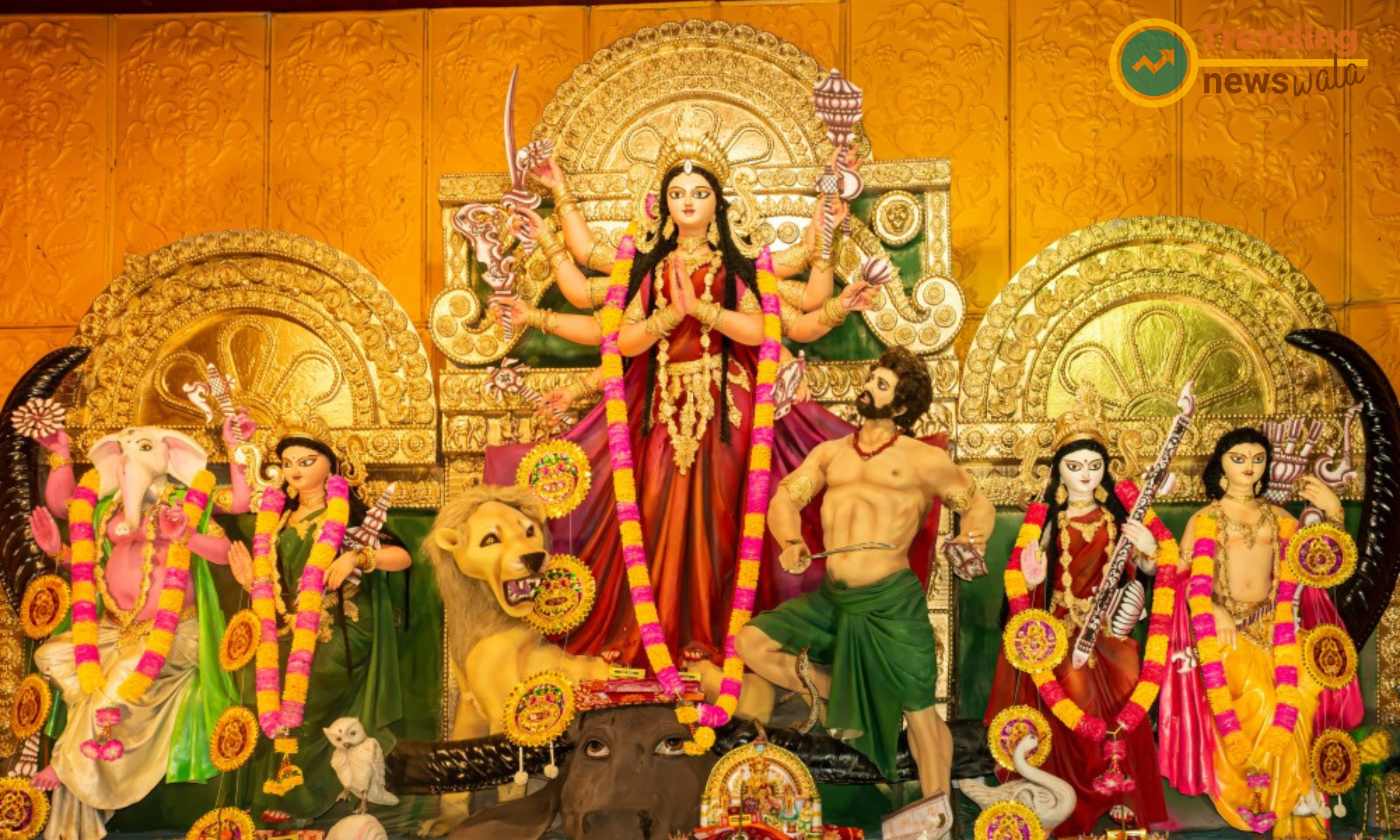
Durga Puja, also known as Durgotsava, is one of the most significant Hindu festivals celebrated with immense fervor and grandeur, particularly in the eastern region of India, especially West Bengal, and parts of Bangladesh. It commemorates the victory of Goddess Durga over the buffalo demon Mahishasura, signifying the triumph of good over evil.
Historical and My thological Significance: The roots of Durga Puja can be traced back to ancient Hindu scriptures, particularly the Devi Mahatmya, which narrates the story of Goddess Durga's battle against the demon Mahishasura. According to mythology, Mahishasura, blessed with a boon of invincibility, wreaked havoc on the heavens and earth. To restore cosmic balance, the gods bestowed their powers upon Goddess Durga, who ultimately defeated Mahishasura after a fierce battle, thereby restoring peace and order to the universe.
Observances and Rituals: Durga Puja is celebrated over a period of nine days, known as Navaratri, with each day dedicated to the worship of different forms of Goddess Durga, collectively referred to as Navadurga. The main rituals associated with Durga Puja include:
- Mahalaya: The festival begins with Mahalaya, which marks the advent of Goddess Durga on earth. It is a time for invoking the blessings of the ancestors and seeking their guidance for the upcoming festivities.
- Installation of Idols: Elaborate clay idols of Goddess Durga and her divine entourage are crafted by skilled artisans and installed in beautifully decorated pandals (temporary temples) across cities and villages. The idols are adorned with traditional attire and jewelry, symbolizing the divine presence of the goddess.
- Puja and Aarti: Priests conduct elaborate rituals and perform aarti (rituals of worship) to invoke the blessings of Goddess Durga. Devotees offer prayers, flowers, fruits, and sweets to the goddess, seeking her divine protection and blessings.
- Sindoor Khela: On the final day of Durga Puja, married women participate in Sindoor Khela, where they apply vermilion (sindoor) to the idols of Goddess Durga and then to each other, symbolizing marital bliss and fertility.
Cultural and Social Significance: Durga Puja is not just a religious festival but also a cultural extravaganza that showcases the rich heritage and artistic talents of the region. It brings communities together, fostering a sense of unity, camaraderie, and collective celebration. The festival is marked by elaborate decorations, mesmerizing pandal designs, traditional music and dance performances, and sumptuous feasts, creating an atmosphere of joy and festivity.
Global Celebrations: Durga Puja is celebrated with great enthusiasm by the Bengali diaspora around the world. In cities like Kolkata, Delhi, Mumbai, and London, Durga Puja celebrations are grand affairs, with expatriate communities coming together to recreate the festive ambiance of their homeland. The vibrant festivities, cultural programs, and culinary delights make Durga Puja a cherished event for Bengalis and non-Bengalis alike.
Jitiya ( Jivitputrika Vrat )
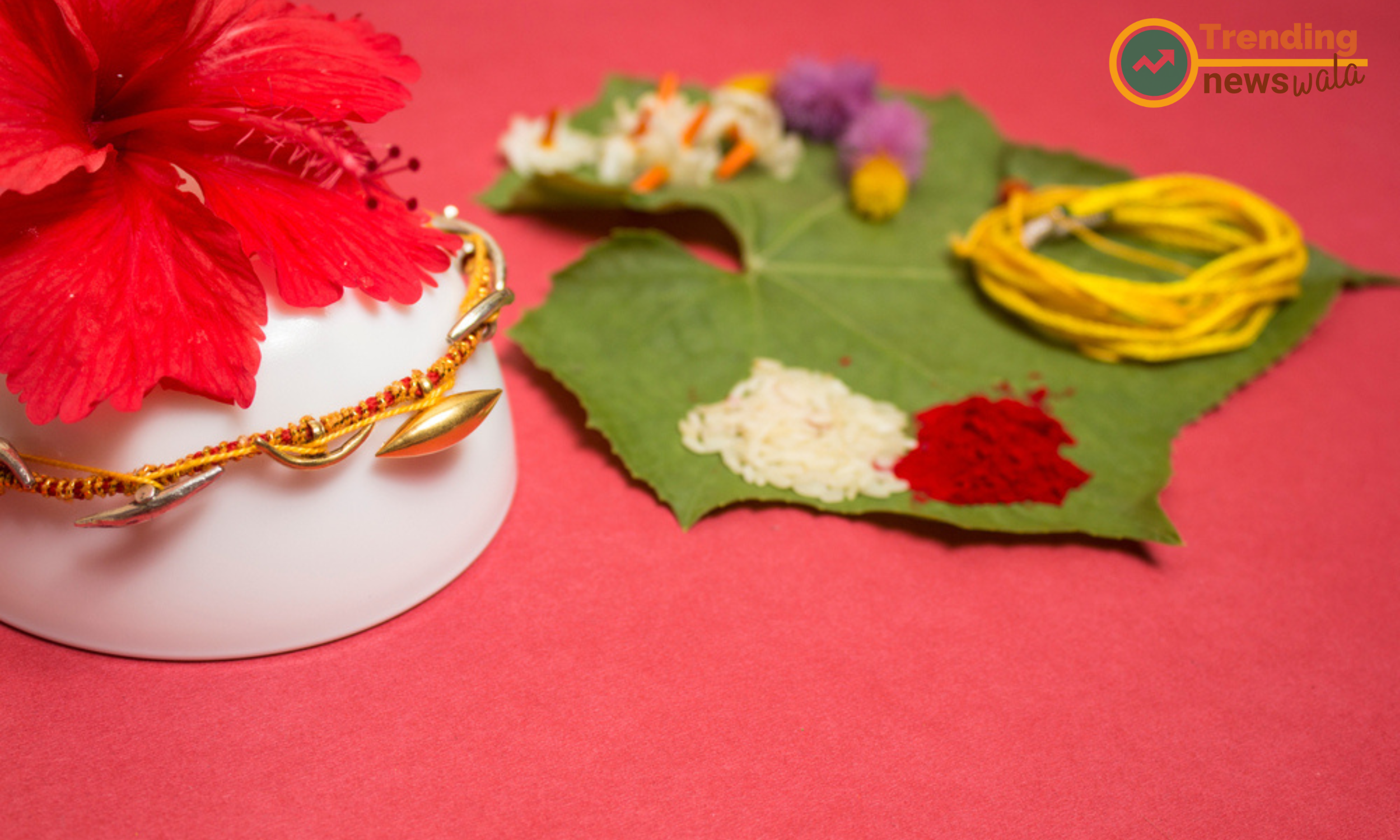
Jitiya, also known as Jivitputrika Vrat, is an ancient Hindu festival celebrated predominantly in the states of Bihar, Jharkhand, and Uttar Pradesh in North India. It is observed by Hindu mothers to pray for the well-being and longevity of their children, especially sons. Jitiya holds immense cultural and religious significance in the region and is observed with great devotion and rituals.
Historical and Cultural Significance: The origins of Jitiya can be traced back to ancient Hindu scriptures and legends. According to folklore, Queen Draupadi, the wife of the Pandava brothers from the epic Mahabharata, observed Jitiya Vrat to protect her sons from the dangers of war and ensure their long life and prosperity. The festival gained prominence over time and became an integral part of the regional culture, especially among the Kshatriya and Brahmin communities.
Observances and Rituals: Jitiya is observed on the eighth day (Ashtami) of the Krishna Paksha (waning phase of the moon) in the Hindu month of Ashwin (September-October). The main rituals and observances associated with Jitiya include:
- Fasting (Vrat): Mothers observe a day-long fast, abstaining from food and water from sunrise to sunset, as a sign of devotion and sacrifice for the well-being of their children. Some women also observe partial fasting, consuming fruits and milk during the day.
- Puja and Prayers: Women perform elaborate rituals and prayers dedicated to Lord Shiva, Goddess Parvati, and their divine son Kartikeya (also known as Jit Nath). They offer prayers, flowers, fruits, and sacred water to seek the blessings of the divine for the longevity and prosperity of their children.
- Symbolic Rituals: Symbolic rituals are performed during Jitiya, including drawing the image of a lion (the vahana or vehicle of Goddess Parvati) on the ground using rice flour or vermilion. This symbolizes protection and strength for the children.
- Feasting and Celebrations: The fast is broken in the evening after performing the puja rituals. Families come together to share a festive meal, consisting of traditional delicacies and sweets, to celebrate the successful observance of Jitiya and seek blessings for the well-being of their children.
Community Participation: Jitiya is not just a festival observed by individual families but also a community affair, where women come together to perform rituals, share stories and experiences, and offer mutual support and encouragement. It strengthens bonds within the community and fosters a sense of solidarity among mothers, who share a common goal of safeguarding the health and happiness of their children.
Maha Shivaratri
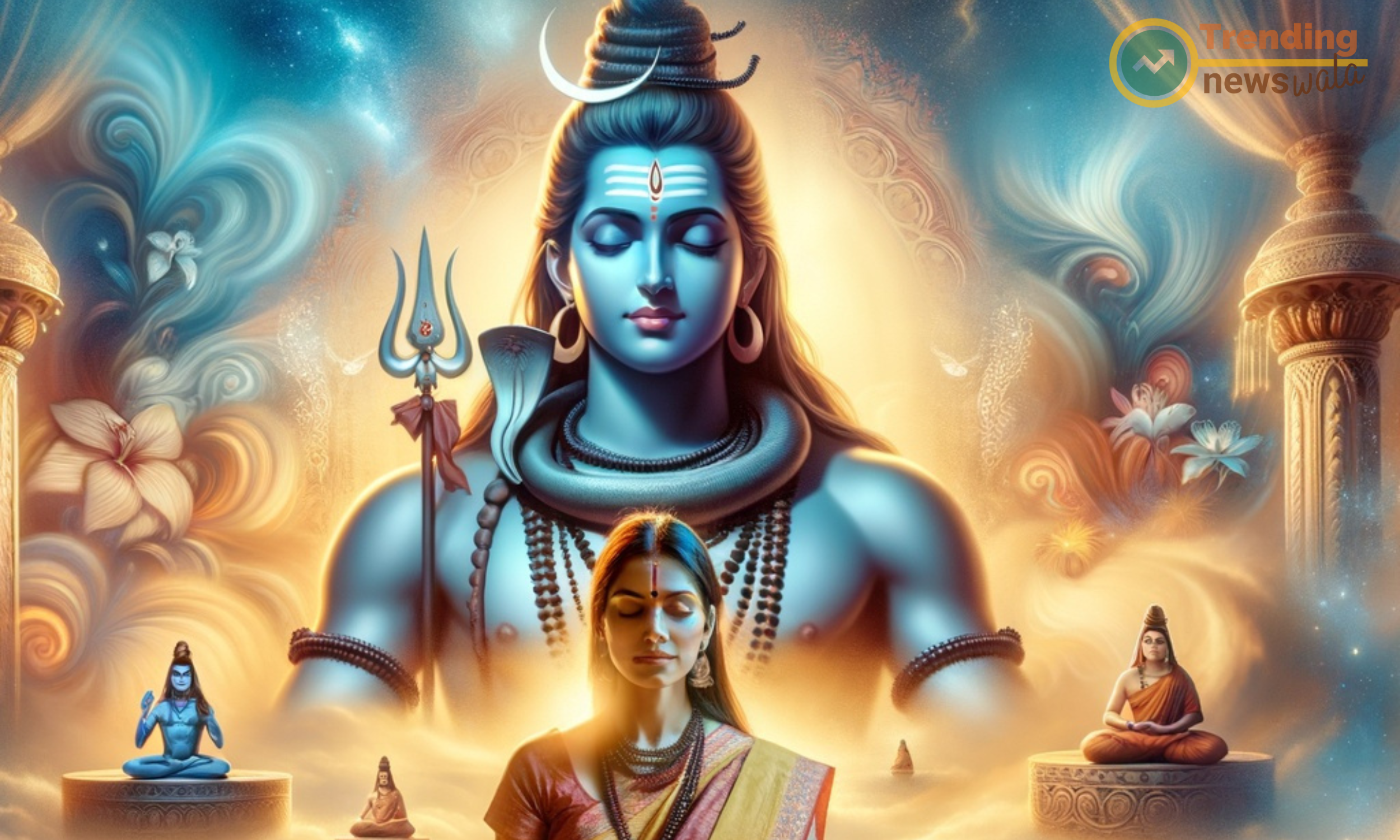
India, a land rich in cultural heritage and religious diversity, celebrates numerous festivals that hold deep significance in the hearts of its people. Among these, Maha Shivaratri stands out as a revered ancient festival dedicated to Lord Shiva, the embodiment of cosmic consciousness and eternal bliss. With roots tracing back to the depths of Hindu mythology and scriptures, Maha Shivaratri embodies spiritual fervor, cultural vibrancy, and profound devotion. Let us delve into the essence of this ancient festival and its timeless relevance in contemporary India.
Historical Origins: Maha Shivaratri finds mention in ancient Hindu texts such as the Puranas and the Vedas, where its origins are shrouded in mythological tales and cosmic narratives. One prominent legend associates Maha Shivaratri with the marriage of Lord Shiva and Goddess Parvati, symbolizing the union of cosmic forces – the divine masculine and feminine energies. Another significant mythological event linked to Maha Shivaratri is the divine act of Lord Shiva consuming poison during the churning of the cosmic ocean (Samudra Manthan), thereby saving the universe and earning the epithet "Neelkanth" or the one with a blue throat.
Observance and Rituals: Maha Shivaratri is observed on the 14th night of the dark fortnight (Krishna Paksha) in the Hindu month of Phalguna or Maagha, typically falling in February or March. Devotees engage in various rituals and practices to express their reverence for Lord Shiva:
- Fasting: Devotees undertake day-long fasts as a mark of austerity and spiritual discipline, symbolizing detachment from worldly desires and cravings.
- Worship: Special prayers, pujas (ritual worship), and abhishekam (ritual bathing of the Shiva Lingam) are performed in temples dedicated to Lord Shiva.
- Vigil: Many devotees observe a night-long vigil (jagaran) by chanting sacred mantras, singing bhajans (devotional songs), and reciting verses from ancient scriptures in praise of Lord Shiva.
- Offerings: Offerings of milk, honey, water, bilva leaves, and other sacred items are made to the Shiva Lingam, representing devotion and surrender to the divine.
Spiritual Significance: Maha Shivaratri holds profound spiritual significance, serving as a potent catalyst for inner transformation and self-realization:
- Purification: The festival encourages devotees to purify their minds and hearts through prayer, meditation, and introspection, facilitating the removal of obstacles on the spiritual path.
- Liberation: It is believed that sincere devotion and penance on Maha Shivaratri can lead to the attainment of moksha (liberation) from the cycle of birth and death, allowing the soul to merge with the divine consciousness of Lord Shiva.
- Renewal: Maha Shivaratri symbolizes the cyclical nature of existence, signifying the renewal of cosmic energies and the regeneration of life forces.
Cultural Celebrations: Maha Shivaratri is celebrated with great cultural pomp and religious fervor across India, transcending regional and linguistic barriers:
- Temples: Devotees throng to Shiva temples, adorned with lights, flowers, and colorful decorations, to offer their prayers and seek the blessings of Lord Shiva.
- Processions: In some regions, grand processions featuring elaborately adorned idols of Lord Shiva and Goddess Parvati are carried out amidst joyous chants and music, symbolizing the divine presence among the masses.
- Cultural Events: Traditional music concerts, dance performances, and theater enactments based on the legends of Lord Shiva add to the festive ambiance, showcasing the rich cultural heritage of India.
- Maha Shivaratri stands as a timeless testament to the spiritual heritage and cultural diversity of India, embodying the eternal essence of Lord Shiva – the supreme consciousness that transcends time and space. As millions of devotees unite in prayer and celebration on this auspicious occasion, Maha Shivaratri continues to inspire reverence, devotion, and spiritual awakening, fostering a deeper connection with the divine and reaffirming the eternal truth of existence.
Rama Navami
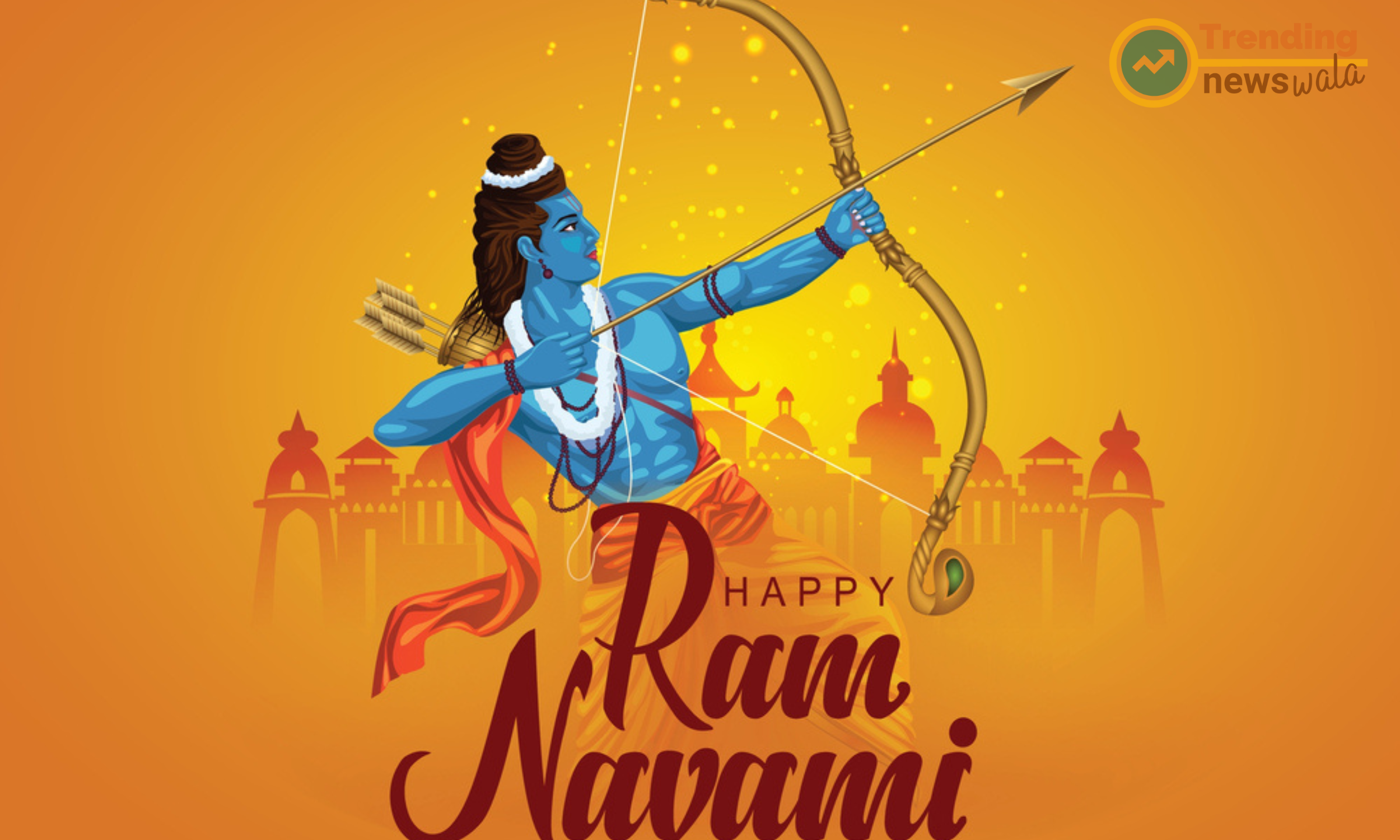
In the rich tapestry of Indian culture, festivals play a vital role in commemorating significant events, fostering communal harmony, and reaffirming spiritual values. Among these celebrations, Rama Navami holds a special place as a festival that honors the birth of Lord Rama, the epitome of righteousness, compassion, and devotion. Rooted in ancient scriptures and revered across India, Rama Navami exemplifies the enduring legacy of Lord Rama and his timeless teachings. Let us delve into the essence of this ancient festival and its cultural significance.
Historical Origins: Rama Navami finds its origins in the epic Ramayana, one of the most revered texts in Hindu mythology. According to the Ramayana, Lord Rama, the seventh avatar of Lord Vishnu, was born to King Dasharatha and Queen Kaushalya in Ayodhya on the ninth day (Navami) of the Hindu lunar month of Chaitra. The birth of Lord Rama is celebrated as a divine event that symbolizes the victory of good over evil and the triumph of righteousness over tyranny. The Ramayana, composed by the sage Valmiki, narrates the epic journey of Lord Rama, his exile, and his eventual victory over the demon king Ravana, thus inspiring generations with his exemplary conduct and unwavering commitment to dharma (righteousness).
Observance and Rituals: Rama Navami is observed on the ninth day (Navami) of the bright fortnight (Shukla Paksha) in the Hindu lunar month of Chaitra, typically falling in March or April. Devotees engage in various rituals and practices to commemorate the auspicious occasion:
- Fasting: Many devotees observe a day-long fast as a mark of devotion and spiritual discipline, abstaining from food and consuming only fruits and milk.
- Worship: Special prayers, pujas (ritual worship), and recitations of hymns from the Ramayana are performed in temples and homes, invoking the blessings of Lord Rama and seeking divine grace.
- Bhajan and Kirtan: Devotees sing bhajans (devotional songs) and chant the divine names of Lord Rama, expressing their love and reverence for the beloved deity.
- Rama Katha: Recitation of the Ramayana and narration of the life and exploits of Lord Rama are common practices, highlighting the virtues of courage, compassion, and integrity.
Spiritual Significance: Rama Navami holds profound spiritual significance, offering devotees an opportunity to imbibe the timeless teachings of Lord Rama:
- Dharma: The life of Lord Rama exemplifies the principles of dharma (righteousness), duty, and moral integrity, inspiring individuals to uphold ethical values in their lives.
- Devotion: Rama Navami emphasizes the importance of unwavering devotion and surrender to the divine, symbolized by the love and reverence of Lord Rama's devotees, such as Hanuman and Sita.
- Unity and Harmony: The festival transcends religious and cultural boundaries, bringing people from diverse backgrounds together in a spirit of unity, peace, and brotherhood.
Cultural Celebrations: Rama Navami is celebrated with great fervor and enthusiasm across India, reflecting the cultural diversity and religious harmony of the country:
- Temple Celebrations: Temples dedicated to Lord Rama, such as the Ram Janma bhoomi in Ayodhya, witness elaborate decorations, processions, and special ceremonies, attracting devotees from far and wide.
- Ratha Yatra: In some regions, grand processions featuring elaborately decorated chariots carrying idols of Lord Rama, Goddess Sita, Lakshmana, and Hanuman are taken out amidst chanting of hymns and prayers.
- Community Events: Cultural programs, religious discourses, and dramas based on the life of Lord Rama are organized in communities, schools, and cultural centers, promoting awareness and appreciation of Indian heritage.
Rama Navami stands as a timeless tribute to the noble ideals and virtues embodied by Lord Rama, serving as a guiding light for humanity in the pursuit of righteousness, compassion, and spiritual enlightenment. As devotees unite in prayer and celebration on this auspicious occasion, Rama Navami reaffirms the eternal message of love, harmony, and devotion, inspiring individuals to walk the path of virtue and uphold the sacred values of dharma in their lives.
Hanuman Jayanti
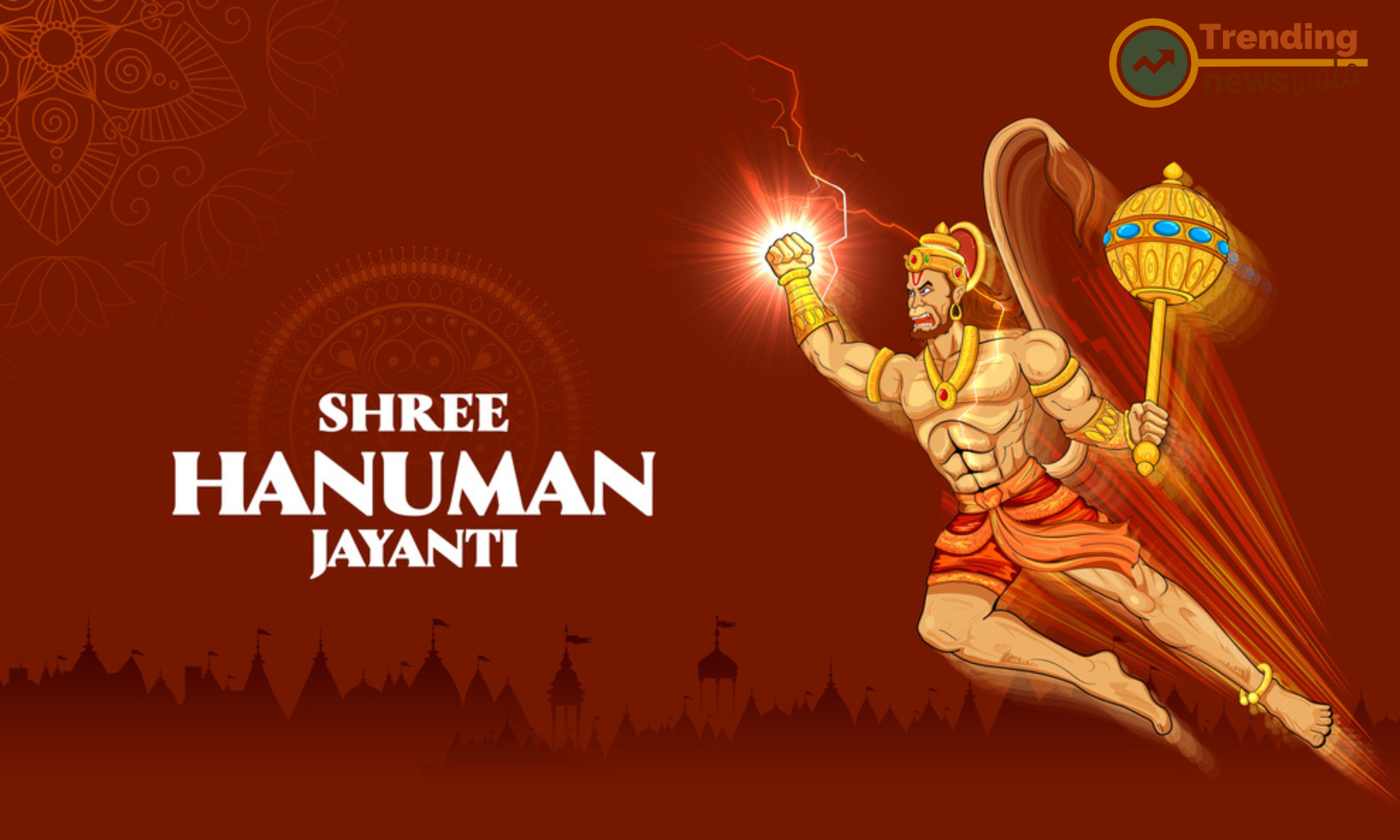
In the vibrant tapestry of Indian festivals, Hanuman Jayanti shines as a celebration of strength, devotion, and courage embodied by Lord Hanuman, a beloved deity revered across the country. As an ancient festival deeply rooted in Hindu mythology and scriptures, Hanuman Jayanti holds profound significance for devotees who seek inspiration from the exemplary life and exploits of the mighty Vanara warrior. Let us delve into the essence of this sacred occasion and its enduring relevance in contemporary India.
Historical Origins: Hanuman Jayanti commemorates the birth anniversary of Lord Hanuman, the son of the wind god Vayu and a staunch devotee of Lord Rama. According to Hindu mythology, Hanuman was born to Anjana and Kesari in the sacred region of Anjaneya Hill (present-day Hampi) in Karnataka. Blessed with immense strength, wisdom, and unwavering devotion to Lord Rama, Hanuman played a pivotal role in the epic Ramayana, aiding Rama in his quest to rescue Goddess Sita from the clutches of the demon king Ravana. The Ramayana narrates Hanuman's extraordinary feats, including his leap across the ocean, his role in the burning of Lanka, and his pivotal role in the epic battle of Lanka.
Observance and Rituals: Hanuman Jayanti is observed on the full moon day (Purnima) of the Hindu lunar month of Chaitra, typically falling in March or April. Devotees engage in various rituals and practices to honor the divine attributes of Lord Hanuman:
- Fasting: Many devotees observe a day-long fast as a mark of devotion and humility, abstaining from food and consuming only fruits and milk.
- Worship: Special prayers, pujas (ritual worship), and recitations of Hanuman Chalisa (a hymn dedicated to Lord Hanuman) are performed in temples and homes, invoking the blessings of the mighty deity.
- Bhajan and Kirtan: Devotees sing bhajans (devotional songs) and chant the divine names of Lord Hanuman, expressing their reverence and seeking his protection and grace.
- Charity and Seva: Acts of charity, such as feeding the poor and distributing prasad (sanctified food), are undertaken as a way of serving humanity and honoring the compassionate nature of Lord Hanuman.
Spiritual Significance: Hanuman Jayanti holds profound spiritual significance, offering devotees an opportunity to imbibe the virtues and teachings of Lord Hanuman:
- Devotion and Surrender: The life of Lord Hanuman exemplifies unwavering devotion and selfless service to the divine, inspiring individuals to surrender their ego and offer their actions at the feet of the Lord.
- Strength and Courage: Hanuman Jayanti celebrates the indomitable strength and courage of Lord Hanuman, reminding devotees of their innate potential to overcome obstacles and challenges in life.
- Protection and Blessings: Devotees invoke the blessings of Lord Hanuman for protection from evil forces, physical ailments, and spiritual obstacles, seeking his divine grace in times of adversity.
Cultural Celebrations: Hanuman Jayanti is celebrated with great enthusiasm and fervor across India, reflecting the cultural diversity and religious harmony of the country:
- Temple Celebrations: Temples dedicated to Lord Hanuman, such as the Hanuman Mandir in Delhi and the Sankat Mochan Hanuman Temple in Varanasi, witness elaborate decorations, processions, and special ceremonies, attracting devotees from far and wide.
- Processions and Parades: In some regions, grand processions featuring devotees dressed as Hanuman, accompanied by music, dance, and chants, are taken out in the streets, symbolizing the triumph of good over evil.
- Spiritual Discourses: Religious discourses, seminars, and workshops highlighting the life and teachings of Lord Hanuman are organized in communities, inspiring devotees to cultivate virtues such as humility, devotion, and courage.
- Hanuman Jayanti stands as a timeless tribute to the divine virtues and valor of Lord Hanuman, serving as a beacon of hope and inspiration for millions of devotees worldwide. As devotees unite in prayer and celebration on this auspicious occasion, Hanuman Jayanti reaffirms the eternal message of devotion, strength, and service, inspiring individuals to emulate the noble ideals embodied by the mighty Vanara warrior in their lives.
Guru Purnima
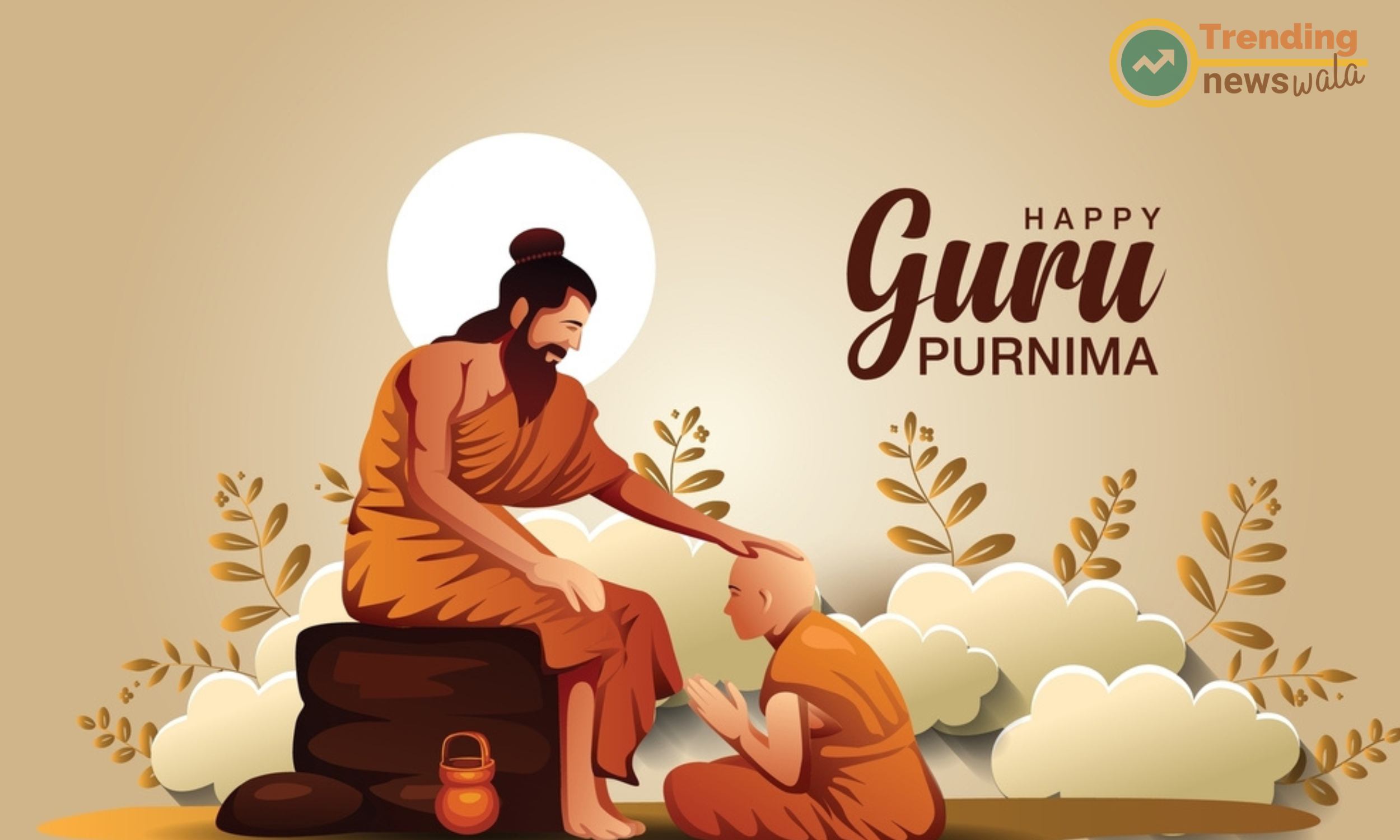
In the rich tapestry of Indian culture, Guru Purnima stands as a venerable festival that pays homage to the sacred relationship between a guru (teacher) and shishya (disciple). Rooted in ancient scriptures and revered across the country, Guru Purnima holds profound significance in acknowledging the role of spiritual guides, mentors, and educators in shaping individual lives and guiding humanity towards enlightenment. Let us delve into the essence of this sacred occasion and its timeless relevance in Indian tradition.
Historical Origins: Guru Purnima is celebrated on the full moon day (Purnima) of the Hindu lunar month of Ashadha, typically falling in June or July. The festival finds its origins in ancient Indian scriptures, where it is mentioned as a day to honor the guru, who is regarded as the dispeller of darkness and ignorance. The significance of Guru Purnima can be traced back to the time of Ved Vyasa, the sage who is revered as one of the greatest gurus in Hindu tradition. It is believed that Veda Vyasa, the compiler of the Vedas and the author of the Mahabharata, was born on this auspicious day.
Observance and Rituals: Guru Purnima is observed with reverence and devotion by students, disciples, and spiritual seekers across India. The day is marked by various rituals and practices to express gratitude and respect towards the guru:
- Worship: Devotees pay homage to their gurus by offering prayers, flowers, incense, and other sacred offerings at their feet or at altars dedicated to them.
- Guru Dakshina: Students express their gratitude towards their gurus by offering dakshina (monetary or symbolic gifts) as a token of appreciation for their guidance and teachings.
- Satsang: Spiritual gatherings, known as satsangs, are organized where devotees come together to listen to discourses, sing bhajans (devotional songs), and engage in spiritual discussions.
- Meditation and Reflection: Many devotees observe the day by practicing meditation, introspection, and self-reflection, contemplating the teachings imparted by their gurus and striving for spiritual growth.
Spiritual Significance: Guru Purnima holds profound spiritual significance, serving as a reminder of the invaluable role played by gurus in the journey of self-realization and enlightenment:
- Dispeller of Darkness: The guru is revered as the dispeller of ignorance and the beacon of spiritual light, guiding disciples on the path of righteousness, knowledge, and self-awareness.
- Transmission of Knowledge: Guru Purnima celebrates the sacred tradition of guru-shishya parampara, where knowledge is transmitted from the guru to the disciple through personal instruction, guidance, and example.
- Gratitude and Reverence: The festival encourages devotees to express heartfelt gratitude and reverence towards their gurus, recognizing their selfless dedication, wisdom, and compassion.
Cultural Celebrations: Guru Purnima is celebrated with great reverence and cultural fervor across India, reflecting the diversity and richness of the guru-shishya tradition:
- Gurudwara Celebrations: In Sikhism, Guru Purnima holds special significance as devotees gather at gurudwaras to pay homage to the ten Sikh gurus and seek their blessings.
- Ashram Gatherings: Spiritual seekers and disciples congregate at ashrams, spiritual centers, and monasteries to participate in special ceremonies, discourses, and meditation sessions conducted by revered gurus.
- Community Events: Cultural programs, seminars, and workshops focusing on the importance of the guru-disciple relationship and the timeless teachings of spiritual masters are organized in communities and educational institutions.
- Guru Purnima stands as a sacred reminder of the profound bond between teacher and disciple, illuminating the path of spiritual awakening and self-realization. As devotees unite in gratitude and reverence on this auspicious occasion, Guru Purnima reaffirms the eternal truth that the guidance and wisdom imparted by a guru are invaluable treasures that lead seekers from darkness to light, from ignorance to enlightenment.
Mahalakshmi Vrata
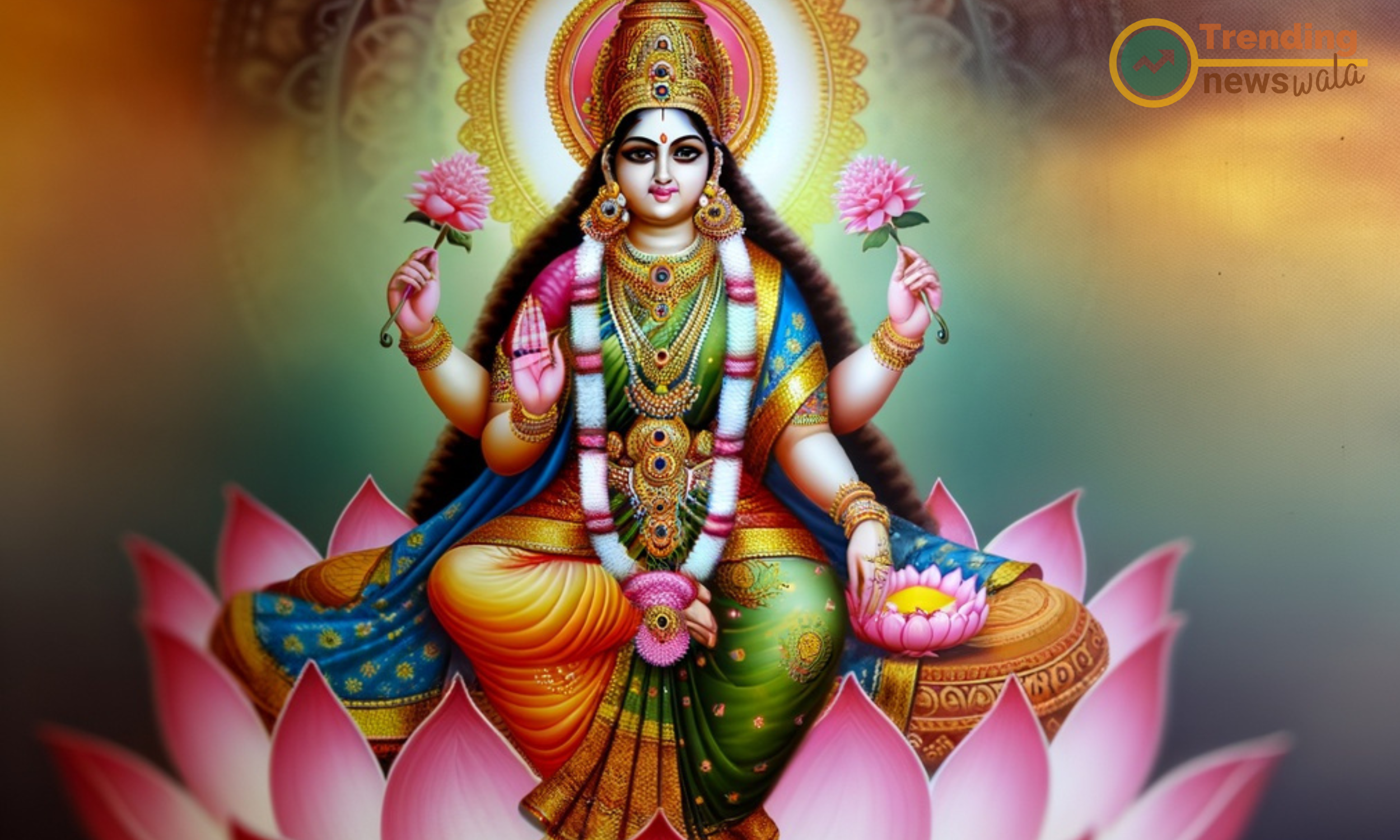
In the vibrant tapestry of Indian festivals, Mahalakshmi Vratsa holds a significant place as a sacred observance dedicated to Goddess Lakshmi, the divine embodiment of wealth, prosperity, and auspiciousness. Rooted in ancient scriptures and revered across the country, Mahalakshmi Vratsa serves as a spiritual endeavor to invoke the blessings of Goddess Lakshmi and usher in abundance and prosperity into one's life. Let us delve into the essence of this auspicious occasion and its enduring relevance in Indian tradition.
Historical Origins: Mahalakshmi Vratsa is celebrated on Fridays (Vratsa) dedicated to Goddess Lakshmi, the consort of Lord Vishnu, who is worshipped as the bestower of wealth, fortune, and well-being. The festival finds its origins in ancient Hindu scriptures, where Goddess Lakshmi is revered as the epitome of divine grace and benevolence. Devotees believe that observing Mahalakshmi Vratsa with devotion and sincerity can lead to the fulfillment of material and spiritual aspirations.
Observance and Rituals: Mahalakshmi Vratsa is observed with reverence and devotion by devotees seeking the blessings of Goddess Lakshmi. The day is marked by various rituals and practices to invoke prosperity and abundance:
- Fasting: Devotees observe a day-long fast on Mahalakshmi Vratsa, abstaining from consuming grains, lentils, and certain vegetables, and consuming only fruits, milk, and root vegetables.
- Puja and Offerings: Special prayers, pujas (ritual worship), and elaborate offerings of flowers, fruits, sweets, and coins are made to Goddess Lakshmi in homes and temples.
- Mantra Recitation: Devotees chant sacred mantras dedicated to Goddess Lakshmi, such as the Shri Sukta and the Lakshmi Gayatri Mantra, to invoke her divine presence and blessings.
- Charity and Generosity: Acts of charity, such as feeding the poor, donating to the needy, and offering alms to the destitute, are considered auspicious on Mahalakshmi Vratsa, reflecting the spirit of sharing and compassion.
Spiritual Significance: Mahalakshmi Vratsa holds profound spiritual significance, offering devotees an opportunity to cultivate virtues such as gratitude, generosity, and contentment:
- Abundance and Prosperity: The festival symbolizes the universal desire for abundance and prosperity, reminding devotees to cultivate positive qualities and virtues that attract wealth and well-being into their lives.
- Inner Wealth: Mahalakshmi Vratsa emphasizes the importance of inner wealth, such as virtues, knowledge, and spiritual wisdom, which are considered invaluable treasures that enrich one's life and lead to lasting happiness.
- Devotion and Surrender: By observing Mahalakshmi Vratsa with devotion and surrender, devotees seek to deepen their connection with Goddess Lakshmi and invoke her divine grace and blessings for their material and spiritual welfare.
Cultural Celebrations: Mahalakshmi Vratsa is celebrated with great enthusiasm and cultural fervor across India, reflecting the diversity and richness of Indian tradition:
- Temple Celebrations: Temples dedicated to Goddess Lakshmi, such as the Mahalakshmi Temple in Mumbai and the Ashtalakshmi Temple in Chennai, witness elaborate decorations, processions, and special ceremonies, attracting devotees from far and wide.
- Community Gatherings: Devotees congregate in homes, community centers, and temples to participate in puja rituals, bhajans (devotional songs), and spiritual discourses, fostering a sense of unity and harmony.
- Festive Feasts: Special meals and feasts comprising traditional delicacies and sweets are prepared and shared among family members, friends, and neighbors, enhancing the festive spirit and camaraderie.
- Mahalakshmi Vratsa stands as a sacred endeavor to invoke the blessings of Goddess Lakshmi and usher in prosperity, abundance, and auspiciousness into one's life. As devotees unite in prayer and celebration on this auspicious occasion, Mahalakshmi Vratsa reaffirms the eternal truth that devotion, gratitude, and generosity are the keys to unlocking the divine grace and blessings of Goddess Lakshmi, leading to prosperity and fulfillment in all aspects of life.
Krishna Janmashtami

In the vibrant tapestry of Indian festivals, Krishna Janmashtami stands as a cherished occasion that commemorates the birth of Lord Krishna, the eighth avatar of Lord Vishnu and a central figure in Hindu mythology. Rooted in ancient scriptures and revered across the country, Krishna Janmashtami holds profound significance as a celebration of divine love, wisdom, and the triumph of good over evil. Let us explore the essence of this ancient festival and its enduring relevance in Indian tradition.
Historical Origins: Krishna Janmashtami, also known as Gokulashtami or Janmashtami, traces its origins to the sacred text of the Bhagavad Gita and the Bhagavata Purana, where the divine birth of Lord Krishna is narrated in great detail. According to Hindu mythology, Lord Krishna was born on the eighth day (Ashtami) of the dark fortnight (Krishna Paksha) in the Hindu lunar month of Bhadrapada, typically falling in August or September. The birth of Lord Krishna in the prison cell of King Kansa's sister Devaki in Mathura is celebrated as a joyous occasion symbolizing the victory of righteousness over tyranny.
Observance and Rituals: Krishna Janmashtami is observed with great fervor and devotion by millions of devotees across India. The day is marked by various rituals and festivities to honor the divine birth of Lord Krishna:
- Fasting: Devotees observe a day-long fast as a mark of austerity and spiritual discipline, abstaining from consuming grains and certain food items until midnight, the time of Lord Krishna's birth.
- Puja and Abhishekam: Special prayers, pujas (ritual worship), and abhishekam (ritual bathing) of the deity's idol or image are performed in temples and homes, invoking the blessings of Lord Krishna.
- Bhajan and Kirtan: Devotees sing bhajans (devotional songs) and chant hymns in praise of Lord Krishna, expressing their love and devotion for the divine incarnation.
- Dahi Handi: One of the most popular customs associated with Krishna Janmashtami is the 'Dahi Handi' ritual, where young men form human pyramids to break a clay pot filled with buttermilk, symbolizing the mischievous nature of Lord Krishna as a child.
Spiritual Significance: Krishna Janmashtami holds profound spiritual significance, offering devotees an opportunity to connect with the divine essence of Lord Krishna and imbibe his timeless teachings:
- Love and Compassion: The life of Lord Krishna exemplifies the virtues of love, compassion, and empathy towards all living beings, inspiring devotees to cultivate universal love and harmony.
- Wisdom and Knowledge: Through his teachings in the Bhagavad Gita, Lord Krishna imparts profound wisdom and spiritual guidance, illuminating the path of righteousness and self-realization for humanity.
- Devotion and Surrender: Krishna Janmashtami encourages devotees to surrender their ego and desires at the feet of Lord Krishna, seeking refuge in his divine grace and guidance on the journey of life.
Cultural Celebrations: Krishna Janmashtami is celebrated with exuberance and cultural fervor across India, reflecting the diversity and richness of Indian tradition:
- Temple Celebrations: Temples dedicated to Lord Krishna, such as the ISKCON temples and the Dwarkadhish Temple in Mathura, witness elaborate decorations, processions, and special ceremonies, attracting devotees in large numbers.
- Rasa Lila: Traditional dance dramas depicting the divine pastimes of Lord Krishna, such as the Rasa Lila, are performed in many regions, captivating audiences with their spiritual and aesthetic appeal.
- Community Events: Cultural programs, competitions, and exhibitions showcasing the life and teachings of Lord Krishna are organized in communities, schools, and cultural centers, fostering a sense of unity and devotion among devotees.
- Krishna Janmashtami stands as a timeless celebration of divine love, wisdom, and the eternal teachings of Lord Krishna, inspiring devotees to lead a life of righteousness, devotion, and spiritual upliftment. As devotees unite in prayer and celebration on this auspicious occasion, Krishna Janmashtami reaffirms the eternal truth that the divine presence of Lord Krishna resides within the hearts of those who strive for purity, devotion, and selfless service, guiding them on the path of enlightenment and liberation.
Valmiki Jayanti
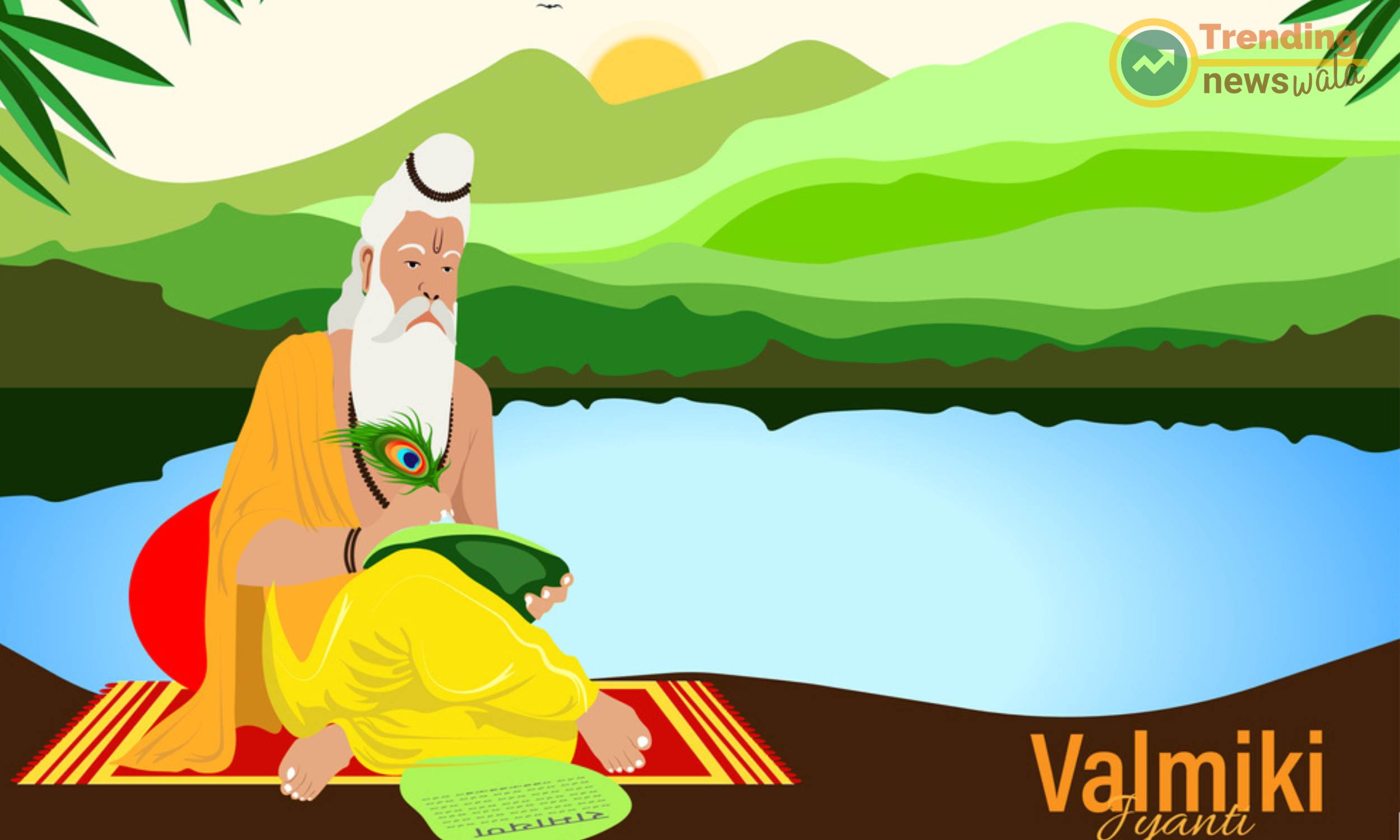
In the rich tapestry of Indian culture, Valmiki Jayanti stands as a revered festival that celebrates the birth anniversary of Maharishi Valmiki, the revered sage and poet known as the Adi Kavi (the first poet) in Hindu tradition. Rooted in ancient scriptures and revered across the country, Valmiki Jayanti holds profound significance as a tribute to the literary legacy and spiritual wisdom of Sage Valmiki, whose magnum opus, the Ramayana, continues to inspire and guide generations. Let us delve into the essence of this auspicious occasion and its timeless relevance in Indian tradition.
Historical Origins: Valmiki Jayanti commemorates the birth anniversary of Maharishi Valmiki, the sage revered as the author of the epic Ramayana, one of the most revered texts in Hindu mythology. Valmiki, born as Ratnakara, was a highway robber who transformed into a sage of great wisdom and compassion after a divine encounter with the sage Narada. Inspired by his spiritual awakening, Valmiki composed the Ramayana, narrating the epic tale of Lord Rama's life, virtues, and divine exploits. Valmiki Jayanti is celebrated as a mark of reverence and gratitude towards the sage for his invaluable contribution to Indian literature and spirituality.
Observance and Rituals: Valmiki Jayanti is observed with reverence and devotion by devotees across India. The day is marked by various rituals and festivities to honor the divine legacy of Sage Valmiki:
- Recitation of Ramayana: Devotees gather in temples, ashrams, and community centers to recite verses from the Ramayana, reflecting on the timeless teachings and moral lessons imparted by the epic.
- Bhajan and Kirtan: Devotional songs and hymns praising the virtues and divine attributes of Lord Rama and Sage Valmiki are sung with great fervor, creating an atmosphere of spirituality and reverence.
- Discourses and Seminars: Spiritual discourses, seminars, and workshops focusing on the life, teachings, and contributions of Sage Valmiki are organized, providing insights into the literary and spiritual significance of the Ramayana.
- Philanthropic Activities: Acts of charity, such as feeding the poor, providing educational assistance to underprivileged children, and supporting the preservation of ancient manuscripts, are undertaken as a mark of gratitude towards Sage Valmiki and his teachings.
Spiritual Significance: Valmiki Jayanti holds profound spiritual significance, offering devotees an opportunity to imbibe the virtues and teachings of Sage Valmiki:
- Literary Legacy: The epic Ramayana, composed by Sage Valmiki, serves as a guiding light for humanity, imparting timeless wisdom, moral values, and spiritual insights that are relevant in the contemporary world.
- Moral Lessons: Valmiki Jayanti underscores the importance of righteousness, compassion, and integrity in one's life, as exemplified by the characters and incidents narrated in the Ramayana.
- Spiritual Awakening: Through the celebration of Valmiki Jayanti, devotees are reminded of the transformative power of spiritual wisdom and the potential for inner awakening and self-realization.
Cultural Celebrations: Valmiki Jayanti is celebrated with cultural fervor and enthusiasm across India, reflecting the diversity and richness of Indian tradition:
- Temple Celebrations: Temples dedicated to Sage Valmiki, such as the Valmiki Ashram in Uttar Pradesh and the Valmiki Temple in Maharashtra, witness elaborate decorations, processions, and special ceremonies, attracting devotees in large numbers.
- Literary Events: Cultural organizations, academic institutions, and literary societies organize events such as poetry recitations, essay competitions, and book fairs to promote the study and appreciation of the Ramayana and other works of Sage Valmiki.
- Community Gatherings: Devotees congregate in communities and neighborhoods to participate in puja rituals, cultural programs, and bhajan sessions, fostering a sense of unity, harmony, and spiritual fraternity.
- Valmiki Jayanti stands as a timeless celebration of the literary legacy, spiritual wisdom, and moral teachings of Sage Valmiki, whose immortal work, the Ramayana, continues to inspire and guide humanity towards righteousness, compassion, and spiritual enlightenment. As devotees unite in prayer and celebration on this auspicious occasion, Valmiki Jayanti reaffirms the eternal truth that the divine wisdom and compassion embodied in the Ramayana have the power to transform hearts and minds, leading individuals on the path of righteousness, devotion, and self-realization.
Karva Chauth
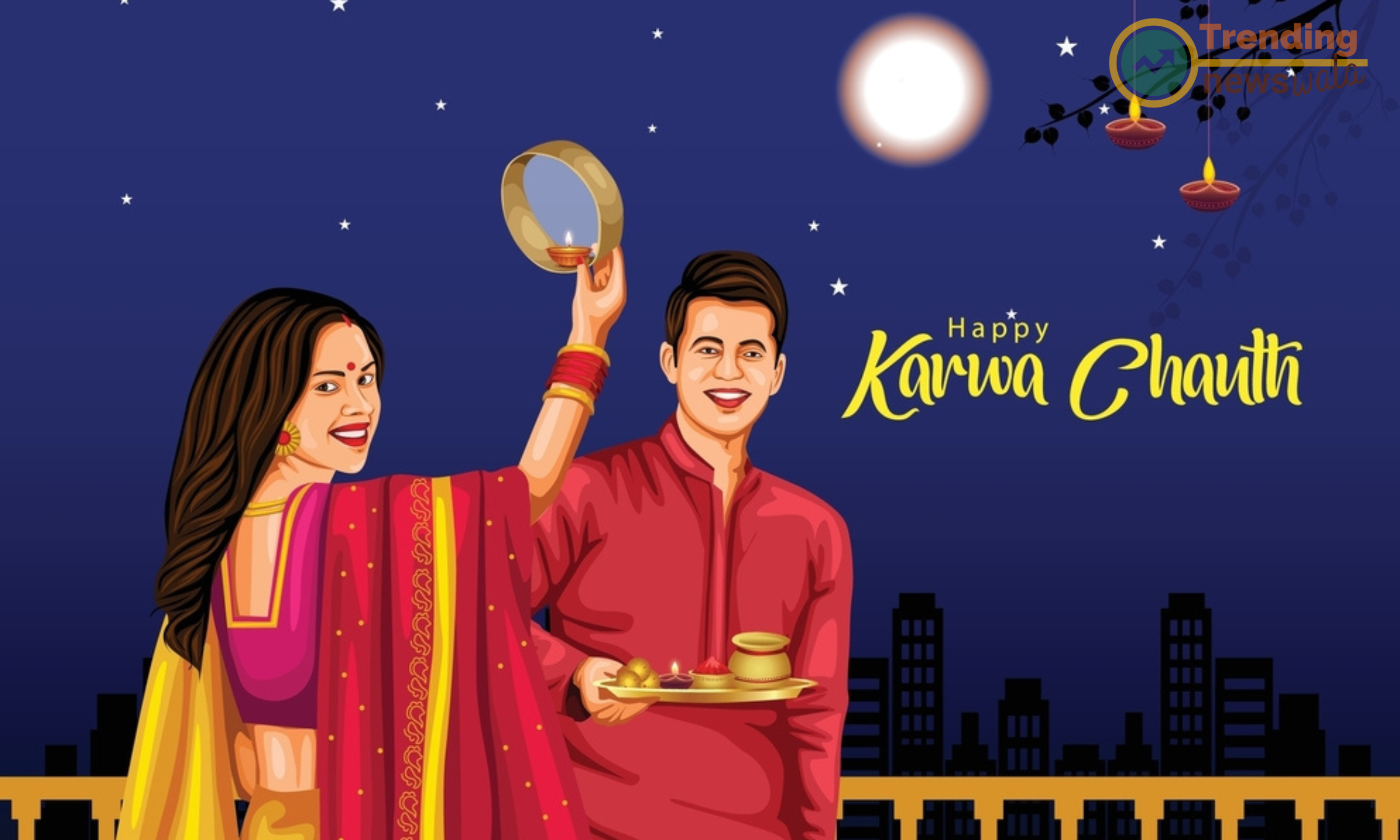
Karva Chauth, a traditional Hindu festival celebrated predominantly by married women, holds a special place in the cultural fabric of India. Rooted in ancient customs and cherished across generations, Karva Chauth epitomizes the enduring bond of love, devotion, and companionship shared between spouses. This revered festival, observed with great fervor and enthusiasm, exemplifies the timeless values of commitment, sacrifice, and familial harmony. Let us explore the essence of Karva Chauth and its profound significance in Indian tradition.
Historical Origins: The origins of Karva Chauth can be traced back to ancient Hindu scriptures and folklore, where it is mentioned as a ritual observed by married women for the well-being and longevity of their husbands. The word "Karva" refers to an earthen pot used for storing wheat, while "Chauth" signifies the fourth day of the Hindu lunar month of Kartik. According to legend, Queen Verratti, the wife of King Mahavirya, observed a rigorous fast on Karva Chauth for the safety and prosperity of her husband. Her unwavering devotion and sacrifice led to the divine intervention that saved her husband's life. Since then, Karva Chauth has been celebrated as a day of love, devotion, and marital bliss.
Observance and Rituals: Karva Chauth is observed with elaborate rituals and customs by married women across India. The day is marked by fasting, prayers, and expressions of love and devotion towards their spouses:
- Fasting: Married women observe a day-long fast from sunrise to moonrise, abstaining from food and water, as a symbol of their love, dedication, and sacrifice for their husbands.
- Sargi: Before sunrise, women consume a pre-dawn meal known as "Sargi," consisting of fruits, sweets, and other traditional delicacies, prepared by their mother-in-law.
- Puja and Prayer: Women dress in traditional attire, adorn themselves with jewelry, and gather with other married women in groups to perform puja (ritual worship) of Lord Shiva, Goddess Parvati, and the Moon, seeking their blessings for the well-being and longevity of their husbands.
- Moonrise Ritual: As evening approaches, women eagerly await the sight of the moon. Upon sighting the moon, they offer prayers and water to the moon, and then break their fast by consuming food and water, often with the first morsel being offered to their husbands.
Spiritual Significance: Karva Chauth holds profound spiritual significance, symbolizing the sacred bond of marriage and the enduring commitment between husband and wife:
- Love and Devotion: The festival exemplifies the selfless love and unwavering devotion that married women have towards their husbands, as they undertake the fast with sincerity and faith for their well-being and happiness.
- Strength and Sacrifice: Karva Chauth celebrates the inner strength and sacrifice of women, who willingly endure hunger and thirst throughout the day, reflecting their deep commitment and love for their spouses.
- Familial Harmony: Karva Chauth fosters familial harmony and strengthens the bond between married couples, as they come together to express their love, gratitude, and appreciation for each other.
Cultural Celebrations: Karva Chauth is celebrated with great enthusiasm and cultural fervor across India, bringing families and communities together in joyous festivities:
- Decorations and Preparations: Homes are adorned with colorful decorations, intricate rangoli patterns, and traditional motifs, creating a festive ambiance for the occasion.
- Mehendi and Dressing Up: Women apply intricate mehendi (henna) designs on their hands and feet, dress in vibrant traditional attire such as saris and lehengas, and adorn themselves with jewelry and accessories to enhance their beauty and grace.
- Community Gatherings: Married women gather in community halls, temples, and open spaces to perform rituals, share stories, exchange gifts, and participate in cultural programs and activities, strengthening bonds of sisterhood and camaraderie.
- Karva Chauth stands as a timeless celebration of love, devotion, and companionship, symbolizing the enduring bond between husband and wife. As married women observe the fast with reverence and dedication, Karva Chauth reaffirms the sacred vows and commitments that form the foundation of a strong and enduring marital relationship. Beyond its religious and cultural significance, Karva Chauth serves as a poignant reminder of the timeless values of love, sacrifice, and familial harmony, enriching the cultural tapestry of India with its cherished traditions and customs.
Radhastami
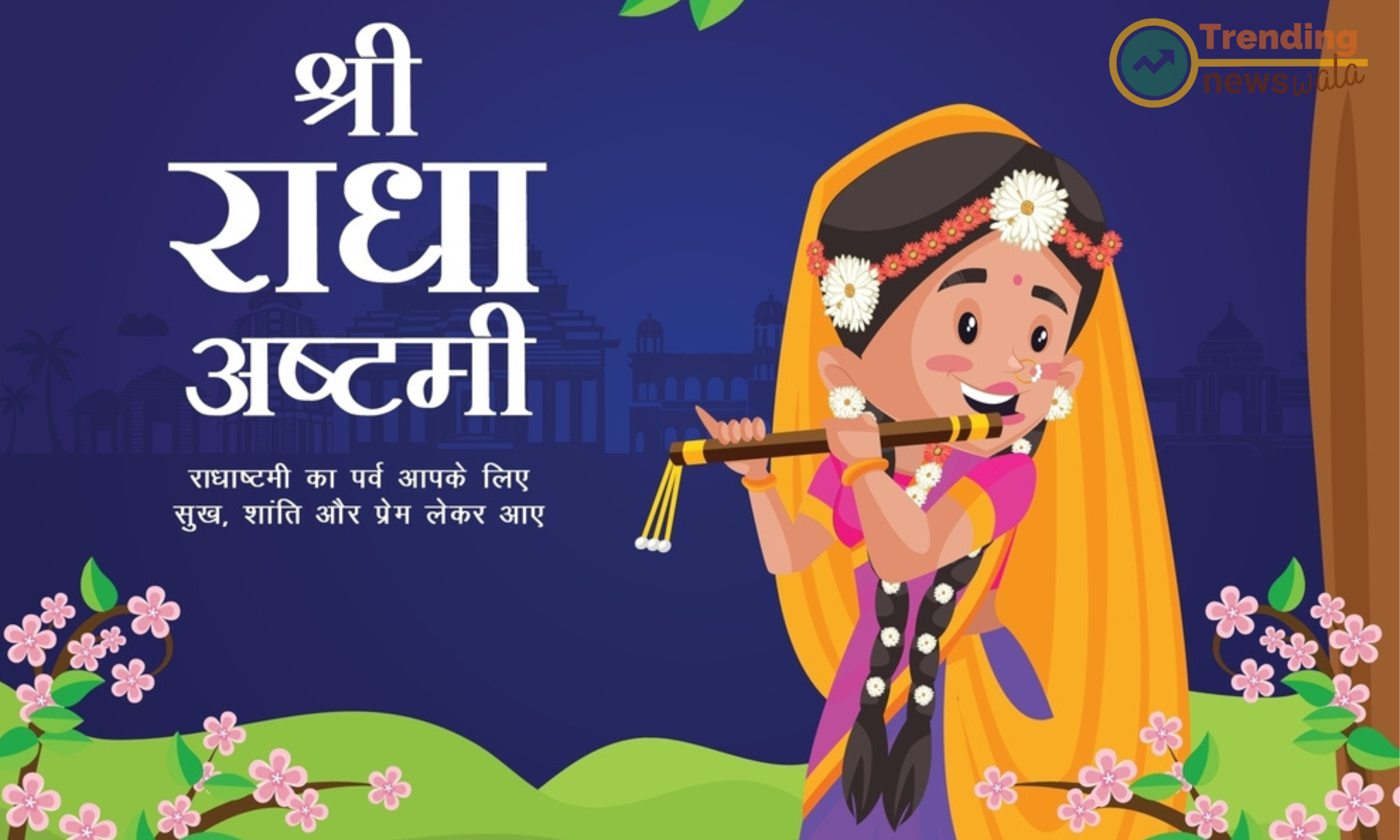
Radhastami, also known as Radha Jayanti, is a joyous Hindu festival celebrated with great devotion and enthusiasm to commemorate the birth anniversary of Radha, the divine consort of Lord Krishna. Rooted in ancient scriptures and revered across India, Radhastami holds profound significance as a celebration of love, devotion, and the eternal bond between Radha and Krishna. Let us delve into the essence of this sacred occasion and its enduring relevance in Indian tradition.
Historical Origins: Radha, often referred to as Radharani, holds a special place in Hindu mythology as the embodiment of divine love and devotion towards Lord Krishna. While the origins of Radhastami are not explicitly mentioned in ancient scriptures, the divine love story of Radha and Krishna is celebrated and revered in texts such as the Bhagavata Purana, Gita Govinda, and the writings of various saints and poets. Radhastami is believed to have been celebrated since ancient times, with devotees honoring Radha as the epitome of selfless love and devotion.
Observance and Rituals: Radhastami is observed with devotion and fervor by devotees, particularly in regions associated with Radha-Krishna worship. The day is marked by various rituals and festivities to honor the divine qualities of Radharani:
- Abhishekam: Devotees perform special abhishekam (ritual bathing) of Radha's deity with milk, honey, yogurt, ghee, and fragrant water, symbolizing purification and offering homage to her divine grace.
- Puja and Arati: Elaborate pujas (ritual worship) and arati (offering of lamps) are conducted in temples dedicated to Radha, accompanied by melodious kirtans (devotional songs) glorifying her divine virtues and eternal love for Krishna.
- Bhajan and Kirtan: Devotees sing bhajans and kirtans extolling the divine leelas (pastimes) of Radha and Krishna, expressing their love and devotion through devotional music and dance.
- Katha and Discourses: Spiritual discourses, kathas (narrations), and satsangs (spiritual gatherings) are organized, focusing on the transcendental love of Radha-Krishna and its significance in the path of devotion (bhakti).
Spiritual Significance: Radhastami holds profound spiritual significance, offering devotees an opportunity to deepen their understanding of divine love and devotion:
- Divine Consort of Krishna: Radha is revered as the eternal consort of Lord Krishna, representing the pinnacle of devotion and the embodiment of pure, selfless love towards the Supreme Lord.
- Spiritual Aspiration: Radhastami inspires devotees to aspire for the level of devotion and love exhibited by Radharani towards Krishna, guiding them on the path of bhakti (devotion) and spiritual realization.
- Union with the Divine: The love story of Radha and Krishna symbolizes the divine union of the individual soul (jivatma) with the Supreme Soul (Paramatma), illustrating the ultimate goal of spiritual life - to attain union with the Divine through love and devotion.
Cultural Celebrations: Radhastami is celebrated with cultural fervor and spiritual fervency across India, reflecting the deep-rooted love and devotion towards Radha and Krishna:
- Temples Celebrations: Temples dedicated to Radha-Krishna, such as the Radha Raman Temple in Vrindavan and the Radha Madan Mohan Temple in Mathura, witness elaborate decorations, processions, and special ceremonies, attracting devotees from far and wide.
- Rasa Lila Performances: Traditional dance dramas depicting the divine love story of Radha and Krishna, known as Rasa Lila, are performed by artists and devotees, captivating audiences with their spiritual and aesthetic appeal.
- Community Gatherings: Devotees come together in communities and neighborhoods to participate in puja rituals, kirtan sessions, and cultural programs, fostering a sense of unity, devotion, and spiritual camaraderie.
Radhastami stands as a sacred celebration of divine love, devotion, and the eternal bond between Radha and Krishna, inspiring devotees to cultivate pure, selfless love towards the Supreme Lord. As devotees unite in prayer and celebration on this auspicious occasion, Radhastami reaffirms the eternal truth that the path of devotion and love, exemplified by Radha's unwavering dedication to Krishna, leads to spiritual fulfillment and divine bliss.
Ganesh Chaturthi
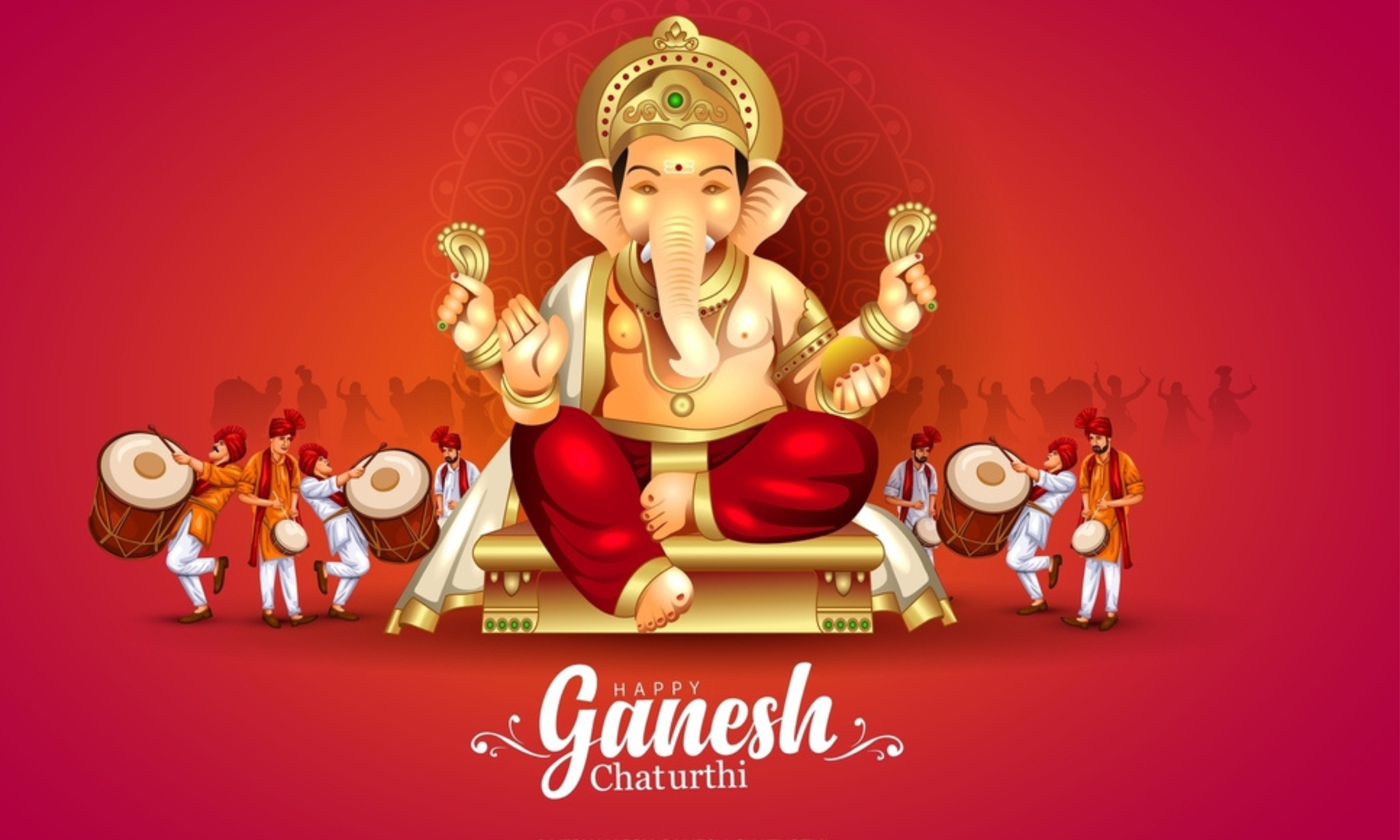
Ganesh Chaturthi, also known as Vinayaka Chaturthi, is a revered Hindu festival celebrated with immense joy and devotion across India. As one of the most widely observed festivals in the country, Ganesh Chaturthi holds profound significance as a time to honor and invoke the blessings of Lord Ganesha, the beloved deity revered as the remover of obstacles and the harbinger of prosperity and wisdom. Rooted in ancient scriptures and revered across generations, Ganesh Chaturthi exemplifies the spirit of unity, joy, and devotion that characterizes Indian culture. Let us explore the essence of this sacred occasion and its enduring relevance in Indian tradition.
Historical Origins: The origins of Ganesh Chaturthi can be traced back to ancient Hindu scriptures and mythology. According to the Puranas, Lord Ganesha, the son of Lord Shiva and Goddess Parvati, was created by Parvati from sandalwood paste to guard her privacy while she bathed. When Lord Shiva returned and was denied entry by Ganesha, a fierce battle ensued, resulting in the beheading of Ganesha by Shiva. However, upon realizing his mistake, Shiva restored Ganesha's life by replacing his head with that of an elephant, thus giving rise to the beloved elephant-headed deity. Ganesh Chaturthi marks the day of Lord Ganesha's birth, symbolizing new beginnings, prosperity, and the removal of obstacles.
Observance and Rituals: Ganesh Chaturthi is celebrated with elaborate rituals and festivities that span over several days, culminating in the grand immersion of Ganesha idols in water bodies. The festival is marked by various customs and traditions:
- Idol Installation: Days or weeks before the festival, elaborate clay idols of Lord Ganesha, varying in size and design, are crafted by skilled artisans and installed in homes, community pandals (temporary platforms), and temples.
- Prana Pratishtha: The idol is consecrated with sacred mantras and rituals, invoking the divine presence of Lord Ganesha into the idol, a process known as Prana Pratishtha.
- Puja and Offerings: Devotees perform daily puja (ritual worship) of Lord Ganesha, offering flowers, incense, sweets, and fruits as a mark of reverence and devotion.
- Modak Offering: Modak, a sweet delicacy believed to be Lord Ganesha's favorite, is prepared and offered to the deity as prasad (sanctified food), symbolizing abundance and auspiciousness.
- Cultural Programs: Cultural events, including music, dance, and theatrical performances, are organized in communities, adding to the festive spirit and celebrating the cultural heritage of Lord Ganesha.
Spiritual Significance: Ganesh Chaturthi holds profound spiritual significance, symbolizing the worship of Lord Ganesha and the invocation of his divine blessings:
- Remover of Obstacles: Lord Ganesha is revered as the Vighnaharta, the remover of obstacles, who blesses devotees with success, prosperity, and wisdom, and helps overcome challenges and impediments in life.
- Auspicious Beginnings: Ganesh Chaturthi marks the beginning of new ventures, endeavors, and undertakings, as devotees seek Lord Ganesha's blessings for a smooth and successful journey ahead.
- Divine Wisdom: Lord Ganesha, known for his intelligence and wisdom, is worshipped as the patron of arts, sciences, and learning, inspiring devotees to cultivate knowledge, creativity, and innovation.
Cultural Celebrations: Ganesh Chaturthi is celebrated with great pomp and splendor across India, reflecting the cultural diversity and religious fervor of the country:
- Pandals and Processions: Elaborately decorated pandals housing large Ganesha idols are erected in neighborhoods and public spaces, attracting throngs of devotees who offer prayers and seek blessings. Colorful processions featuring music, dance, and chanting accompany the idol immersion ceremony on the final day of the festival.
- Community Engagement: Ganesh Chaturthi fosters a sense of community and social cohesion, as families, friends, and neighbors come together to celebrate the festival, share meals, and exchange gifts, strengthening bonds of friendship and camaraderie.
Ganesh Chaturthi stands as a vibrant celebration of faith, devotion, and cultural heritage, uniting millions of devotees in reverence and joyous festivities. As devotees invoke the blessings of Lord Ganesha and seek his divine grace, Ganesh Chaturthi reaffirms the timeless values of perseverance, wisdom, and harmony that form the bedrock of Indian spirituality and tradition. Through its colorful rituals, spiritual significance, and cultural celebrations, Ganesh Chaturthi continues to inspire hearts and minds, fostering a sense of unity, devotion, and reverence for the beloved elephant-headed deity, Lord Ganesha.
Kartik Poornima
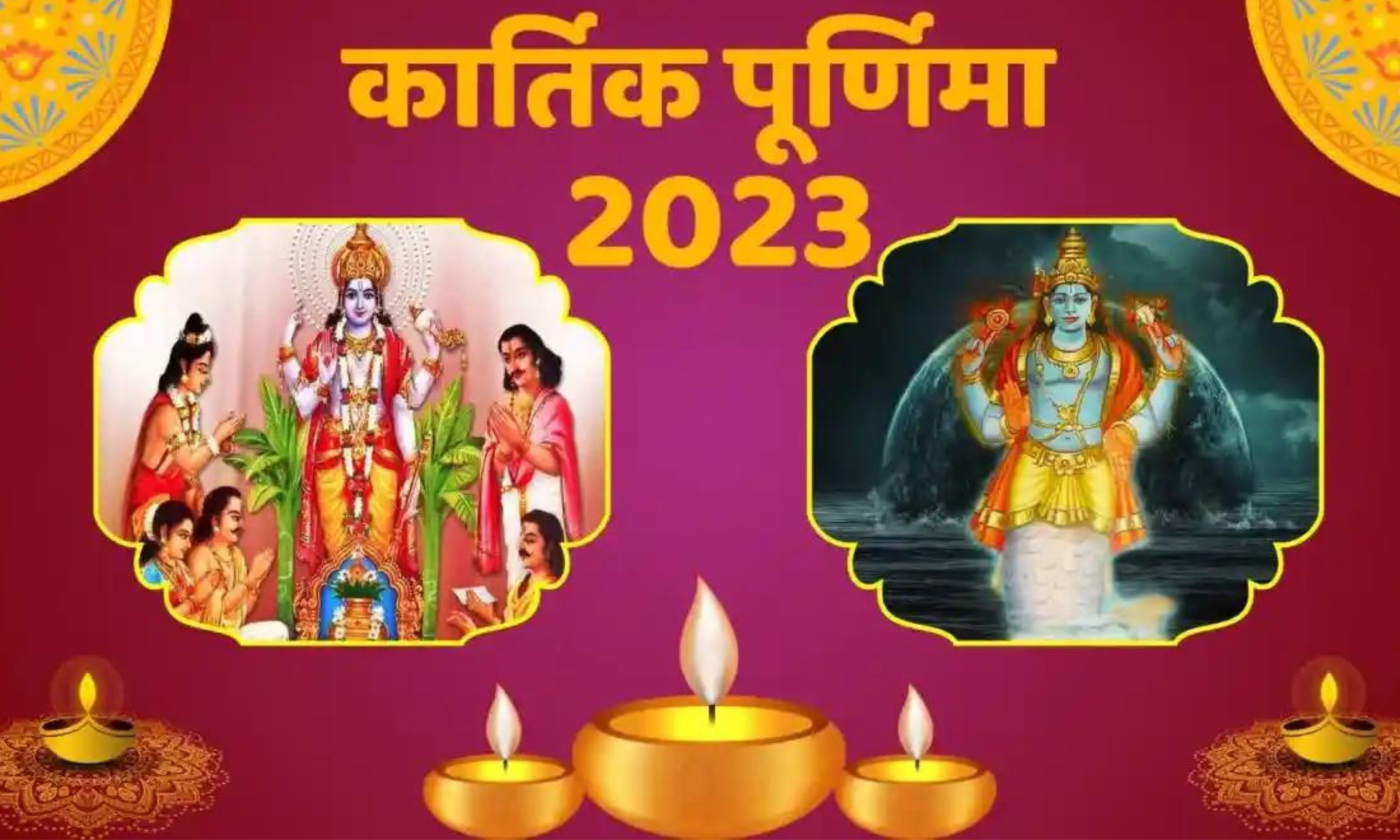
Kartik Poornima, also known as Kartika Purnima or Tripuri Poornima, is a sacred Hindu festival celebrated on the full moon day (Poornima) in the Hindu lunar month of Kartik (usually falling in October or November). Rooted in ancient scriptures and revered across India, Kartik Poornima holds profound significance as a time for spiritual purification, enlightenment, and devotion. This auspicious occasion is marked by various rituals, ceremonies, and acts of piety that resonate deeply with the spiritual ethos of Indian culture. Let us explore the essence of Kartik Poornima and its enduring relevance in Indian tradition.
Historical Origins: Kartik Poornima finds mention in ancient Hindu scriptures and mythological texts, including the Puranas and the Mahabharata. According to Hindu mythology, Kartik Poornima commemorates several significant events:
- Victory over Tripurasura: Kartik Poornima is believed to mark the day when Lord Shiva destroyed the three demonic cities (Tripurasura) with a single arrow, bringing an end to their tyranny and restoring cosmic balance.
- Birth of Matsya Avatar: It is also believed to be the day when Lord Vishnu took the form of Matsya (the fish avatar) to rescue the Vedas from the demon Hayagriva, symbolizing the preservation of knowledge and wisdom.
- Departure of Lord Rama: In some regions, Kartik Poornima is celebrated as the day when Lord Rama began his exile to the forest, following his departure from Ayodhya.
Observance and Rituals: Kartik Poornima is observed with reverence and devotion by Hindus across India, with various rituals and customs associated with the occasion:
- Pilgrimages and Sacred Dips: Devotees undertake pilgrimages to holy rivers, lakes, and sacred sites to take a ritual bath (snan) during the auspicious hours of Kartik Poornima, believing it to cleanse them of sins and bestow spiritual merit.
- Deep Daan: Lighting oil lamps (diyas) and floating them on water bodies is a common practice on Kartik Poornima, symbolizing the dispelling of darkness and the illumination of the soul.
- Tulsi Vivah: In some regions, Kartik Poornima marks the ceremonial marriage of the sacred Tulsi plant (holy basil) to Lord Vishnu, symbolizing the union of the soul with the Divine.
- Charity and Fasting: Devotees observe fasting, perform acts of charity (daan), and engage in spiritual practices such as meditation, chanting, and prayers to seek divine blessings and spiritual upliftment.
Spiritual Significance: Kartik Poornima holds profound spiritual significance, symbolizing the pursuit of spiritual enlightenment and the attainment of divine grace:
- Spiritual Purification: Kartik Poornima is believed to be a highly auspicious day for spiritual purification, as devotees seek to cleanse their minds, hearts, and souls of impurities through prayers, penance, and acts of piety.
- Devotional Remembrance: The festival encourages devotees to reflect on the divine qualities and teachings of their chosen deity, fostering a deep sense of devotion, gratitude, and reverence towards the Divine.
- Commemoration of Divine Leelas: Kartik Poornima is an occasion to commemorate the divine leelas (miraculous acts) performed by various gods and goddesses, celebrating their valor, compassion, and divine grace.
Cultural Celebrations: Kartik Poornima is celebrated with cultural fervor and spiritual fervency across India, reflecting the rich tapestry of religious diversity and cultural heritage:
- Ganga Snan: In cities such as Varanasi, Haridwar, and Prayagraj, devotees throng the banks of the River Ganges to take a holy dip and participate in the Kartik Poornima rituals and festivities.
- Festival of Lights: The lighting of diyas and lamps adorns homes, temples, and public spaces, creating a mesmerizing spectacle of light and color that symbolizes the triumph of good over evil and the victory of knowledge over ignorance.
- Spiritual Gatherings: Spiritual discourses, satsangs (spiritual gatherings), and kirtans (devotional singing) are organized in temples, ashrams, and community centers, providing devotees with opportunities for spiritual reflection, inspiration, and upliftment.
Kartik Poornima stands as a sacred reminder of the spiritual aspirations and cultural heritage of India, inspiring millions of devotees to embark on a journey of self-discovery, devotion, and enlightenment. As devotees immerse themselves in the rituals and celebrations of Kartik Poornima, they reaffirm their commitment to the timeless values of piety, compassion, and spiritual growth that form the essence of Indian spirituality. Through its rituals, symbolism, and cultural significance, Kartik Poornima continues to illuminate hearts and minds, guiding devotees on the path of righteousness, devotion, and inner transformation.
Bhai Dooj
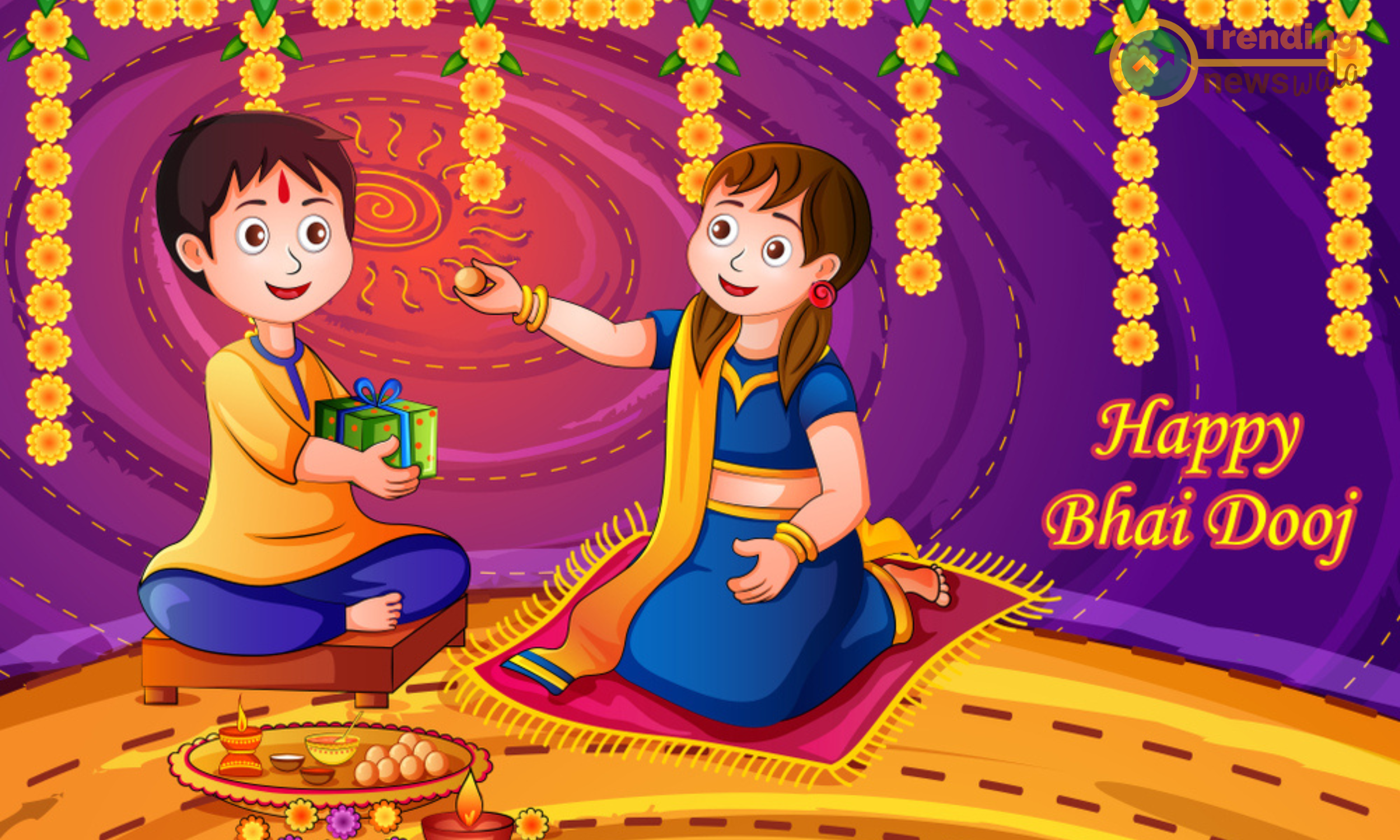
Bhai Dooj, also known as Bhaiya Dooj, Bhai Tika, or Bhau Beej, is a cherished Hindu festival celebrated to honor the sacred bond between siblings. Rooted in ancient Indian traditions and revered across the country, Bhai Dooj holds profound significance as a day to express love, affection, and gratitude towards brothers and sisters. This auspicious occasion, observed on the second day of the bright fortnight (Shukla Paksha) in the Hindu lunar month of Kartik, serves as a testament to the enduring relationship and mutual support shared between siblings. Let us explore the essence of Bhai Dooj and its timeless relevance in Indian tradition.
Historical Origins: The origins of Bhai Dooj can be traced back to ancient Hindu scriptures and mythological narratives, where the festival finds mention as a day of familial bonding and affection. According to popular legend, Bhai Dooj commemorates the reunion of Lord Krishna and his sister Subhadra after the latter welcomed her brother with an aarti (ritual of offering light) following his victory over the demon Narakasura. Impressed by her gesture of love and devotion, Lord Krishna blessed Subhadra and vowed to protect her forever. Since then, Bhai Dooj has been celebrated as a day to honor the unique bond between siblings and seek the blessings of the divine for their well-being.
Observance and Rituals: Bhai Dooj is observed with joyous rituals and customs that highlight the affectionate bond between brothers and sisters:
- Tika Ceremony: Sisters perform aarti and apply a tilak (vermilion mark) on their brothers' foreheads, followed by placing a rice grain or tilak on their brothers' foreheads, symbolizing blessings and protection.
- Exchange of Gifts: Brothers and sisters exchange gifts as tokens of love and appreciation, expressing their affection and strengthening their bond.
- Family Gatherings: Families come together to celebrate Bhai Dooj, sharing meals, sweets, and festive delicacies, fostering a sense of unity and familial harmony.
- Prayers and Blessings: Sisters offer prayers for the well-being and prosperity of their brothers, while brothers vow to protect and support their sisters throughout their lives.
Spiritual Significance: Bhai Dooj holds profound spiritual significance, emphasizing the virtues of love, respect, and familial duty:
- Symbol of Love and Protection: Bhai Dooj symbolizes the unconditional love and protection that siblings offer each other, reflecting the ideals of familial harmony and mutual support.
- Strengthening Family Bonds: The festival serves as an occasion for families to come together, share joyous moments, and reaffirm their commitment to each other, strengthening the fabric of familial bonds.
- Seeking Divine Blessings: Through the rituals of Bhai Dooj, siblings seek the blessings of the divine for each other's well-being, health, and happiness, invoking divine grace and protection.
Cultural Celebrations: Bhai Dooj is celebrated with cultural fervor and familial warmth across India, reflecting the diversity and richness of Indian tradition:
- Traditional Customs: Families adhere to traditional customs and rituals associated with Bhai Dooj, preserving age-old traditions and passing them down through generations.
- Festive Atmosphere: Homes are adorned with decorations, rangoli patterns, and colorful motifs, creating a festive ambiance that symbolizes joy, prosperity, and familial harmony.
- Exchange of Sweets: Sisters prepare delicious sweets and delicacies, such as mithai (Indian sweets), to offer to their brothers, symbolizing their love and affection.
Bhai Dooj stands as a heartfelt celebration of the cherished bond between siblings, embodying the values of love, respect, and mutual support that define the essence of familial relationships in Indian culture. As brothers and sisters come together to celebrate this auspicious occasion, Bhai Dooj reaffirms the timeless virtues of compassion, loyalty, and devotion that form the foundation of enduring familial bonds. Through its rituals, customs, and expressions of affection, Bhai Dooj continues to strengthen the bonds of love and camaraderie among siblings, enriching the cultural tapestry of India with its cherished traditions and heartfelt celebrations.
Skanda Sashti
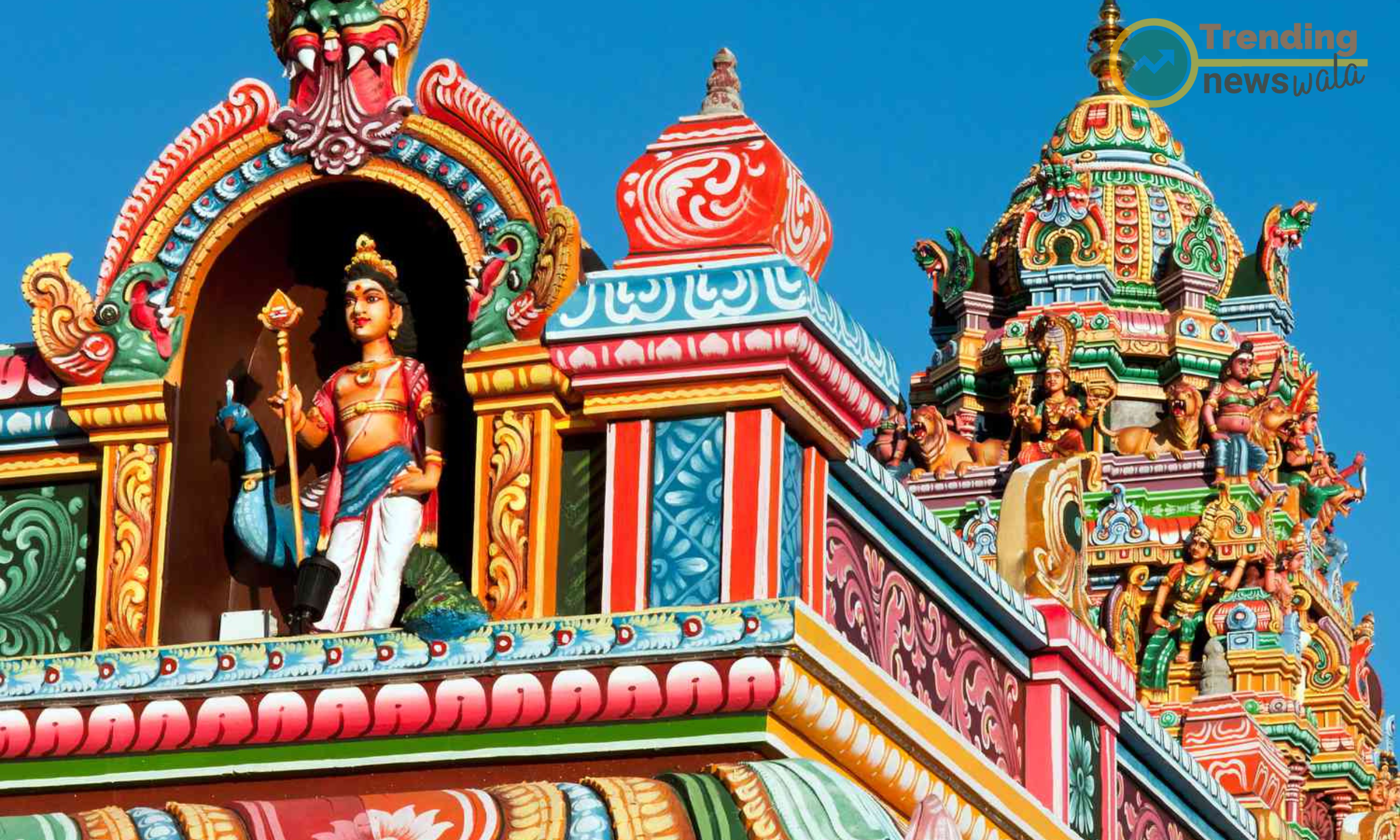
Skanda Sashti, also known as Kanda Shashti, is a significant Hindu festival celebrated to commemorate the victory of Lord Murugan (also known as Skanda or Kartikeya), the warrior deity, over the demon Surapadman. Rooted in ancient scriptures and revered across India, Skanda Sashti holds profound significance as a time to invoke the blessings of Lord Murugan for protection, courage, and spiritual progress. This auspicious occasion, observed on the sixth day (Sashti) of the bright fortnight (Shukla Paksha) in the Hindu lunar month of Kartik or Aippasi (usually falling in October or November), serves as a reminder of the triumph of good over evil and the power of divine grace. Let us explore the essence of Skanda Sashti and its enduring relevance in Indian tradition.
Historical Origins: The origins of Skanda Sashti can be traced back to the Skanda Purana, one of the eighteen Mahapuranas, which narrates the divine exploits of Lord Murugan. According to legend, the demon Surapadman, aided by his two brothers Simhamukha and Tarakasura, wreaked havoc on the celestial realms, causing distress to the gods. In response, Lord Murugan, the divine son of Lord Shiva and Goddess Parvati, waged a fierce battle against the demons and ultimately vanquished them on the sixth day of the lunar month of Kartik. The victory of Lord Murugan over Surapadman is celebrated with great fervor as Skanda Sashti.
Observance and Rituals: Skanda Sashti is observed with elaborate rituals and devotional practices by devotees of Lord Murugan, particularly in South India:
- Fasting: Devotees observe a six-day fast, known as the Skanda Sashti Vratam, starting from the first day of the lunar month of Kartik and culminating on the sixth day, the day of Sashti. Fasting is believed to purify the body and mind and invoke the blessings of Lord Murugan.
- Special Offerings: Devotees offer prayers, flowers, fruits, and traditional sweets to Lord Murugan at temples dedicated to him, seeking his divine grace and protection.
- Processions and Pujas: Colorful processions featuring images of Lord Murugan are taken out in various cities and towns, accompanied by music, chanting of hymns, and performances of traditional dances such as Kavadi Attam (offering of Kavadis).
- Recitation of Scriptures: Devotees recite hymns and scriptures dedicated to Lord Murugan, including the Kanda Sashti Kavasam and the Skanda Purana, praising his valor and seeking his blessings for spiritual progress and victory over obstacles.
Spiritual Significance: Skanda Sashti holds profound spiritual significance, symbolizing the victory of righteousness and divine grace over evil and ignorance:
- Triumph of Good over Evil: Skanda Sashti commemorates the victory of Lord Murugan, the embodiment of righteousness and valor, over the demonic forces symbolized by Surapadman. The festival inspires devotees to uphold moral values and fight against evil forces within and outside.
- Protection and Blessings: Devotees invoke the blessings of Lord Murugan for protection from negative influences, courage to face challenges, and spiritual progress on the path of righteousness (dharma).
- Inner Transformation: Skanda Sashti serves as a reminder of the inner battles waged by individuals against their inner demons of ego, ignorance, and desire. The festival encourages devotees to cultivate virtues such as humility, discipline, and devotion to overcome these inner obstacles.
Cultural Celebrations: Skanda Sashti is celebrated with great enthusiasm and cultural fervor, particularly in the states of Tamil Nadu, Karnataka, Kerala, and Andhra Pradesh:
- Temple Festivities: Temples dedicated to Lord Murugan, such as the Palani Murugan Temple, Thiruchendur Murugan Temple, and Tirupparamkunram Murugan Temple, witness elaborate decorations, rituals, and ceremonies during Skanda Sashti, attracting devotees in large numbers.
- Kavadi Attam: The ritual of Kavadi Attam, where devotees carry ornately decorated kavadis (semi-circular wooden structures) adorned with peacock feathers and offerings, is performed as an act of penance and devotion to Lord Murugan.
- Community Participation: Devotees come together in communities and neighborhoods to organize bhajans, satsangs, and cultural programs, fostering a sense of unity, devotion, and spiritual camaraderie.
Skanda Sashti stands as a vibrant celebration of courage, devotion, and spiritual triumph, exemplifying the enduring values of righteousness, valor, and divine grace. As devotees unite in prayer and celebration on this auspicious occasion, Skanda Sashti reaffirms the eternal truth that the divine blessings of Lord Murugan have the power to dispel darkness, overcome obstacles, and lead individuals on the path of righteousness and spiritual enlightenment. Through its rituals, customs, and cultural celebrations, Skanda Sashti continues to inspire hearts and minds, fostering a deep sense of devotion and reverence towards Lord Murugan, the divine warrior who protects and guides his devotees with unwavering grace and compassion.
Guru Nanak Jayanti

Guru Nanak Jayanti, also known as Gurpurab, is a sacred festival celebrated by Sikhs worldwide to commemorate the birth anniversary of Guru Nanak Dev Ji, the founder of Sikhism and the first of the ten Sikh Gurus. Rooted in the teachings of Guru Nanak Dev Ji and revered across India and beyond, Guru Nanak Jayanti holds profound significance as a time to reflect on his enlightened vision, universal message of love, equality, and devotion to the divine. This auspicious occasion, observed on the full moon day (Poornima) in the Hindu lunar month of Kartik (usually falling in October or November), serves as a reminder of the timeless principles of compassion, humility, and spiritual awakening advocated by Guru Nanak Dev Ji. Let us delve into the essence of Guru Nanak Jayanti and its enduring relevance in Indian tradition.
Historical Origins: Guru Nanak Dev Ji was born in 1469 CE in the village of Talwandi (now known as Nankana Sahib) in present-day Pakistan. From a young age, Guru Nanak Dev Ji displayed a deep spiritual inclination and a profound sense of compassion for humanity. At the age of 30, he embarked on a series of spiritual journeys, known as Udasis, traveling far and wide to spread his message of universal love, social equality, and devotion to the divine. Guru Nanak's teachings laid the foundation of Sikhism, emphasizing the oneness of God (Ik Onkar), the importance of selfless service (Seva), and the pursuit of spiritual enlightenment (Naam Japna).
Observance and Rituals: Guru Nanak Jayanti is celebrated with great fervor and devotion by Sikhs and followers of Guru Nanak's teachings around the world:
- Akhand Path: Devotees organize continuous recitation (Akhand Path) of Guru Granth Sahib, the holy scripture of Sikhism, in Gurudwaras (Sikh temples), starting a few days before Guru Nanak Jayanti and concluding on the day of the festival.
- Nagar Kirtan: Colorful processions, known as Nagar Kirtan, are taken out in cities and towns, featuring the Sikh martial art form of Gatka, devotional singing of hymns (kirtan), and the Palki Sahib (palanquin) carrying the Guru Granth Sahib.
- Langar Seva: Community kitchens (langars) are set up in Gurudwaras and public spaces, serving free meals to all, irrespective of caste, creed, or religion, in adherence to the Sikh principle of equality and sharing.
- Gurbani Recitation: Devotees gather in Gurudwaras to listen to the recitation of Gurbani (holy hymns) from Guru Granth Sahib, reflecting on the profound spiritual teachings and divine wisdom imparted by Guru Nanak Dev Ji.
Spiritual Significance: Guru Nanak Jayanti holds profound spiritual significance, embodying the universal principles of compassion, equality, and devotion to the divine:
- Oneness of God: Guru Nanak Dev Ji preached the concept of Ik Onkar, emphasizing the oneness of God and the unity of all creation. Guru Nanak's teachings transcended religious boundaries, advocating a universal path of love, tolerance, and spiritual realization.
- Social Equality: Guru Nanak Dev Ji vehemently opposed social inequalities, including the caste system and religious discrimination. He advocated for the equality of all human beings, irrespective of their social status, caste, or creed, and promoted the values of humility, service, and compassion.
- Devotion to the Divine: Guru Nanak Dev Ji emphasized the importance of devotion (Bhakti) to attain spiritual enlightenment and liberation (Mukti). He advocated the practice of Naam Simran (remembrance of God's name) and selfless service (Seva) as the means to connect with the divine and lead a righteous life.
Cultural Celebrations: Guru Nanak Jayanti is celebrated with immense cultural fervor and spiritual devotion, reflecting the rich heritage and traditions of Sikhism:
- Decorations and Illuminations: Gurudwaras and Sikh households are adorned with colorful decorations, floral arrangements, and illuminations to mark the festive occasion.
- Community Engagement: Sikhs and followers of Guru Nanak's teachings come together in communities and neighborhoods to organize prayer meetings, devotional singing sessions, and community service activities, fostering a spirit of unity, love, and brotherhood.
- Global Observance: Guru Nanak Jayanti is celebrated with enthusiasm not only in India but also in Sikh communities around the world, including countries such as the United Kingdom, Canada, and the United States, where Sikhs have a significant presence.
Guru Nanak Jayanti stands as a poignant celebration of the enlightened vision and timeless teachings of Guru Nanak Dev Ji, inspiring millions of devotees to embody the values of compassion, equality, and devotion in their lives. As Sikhs and followers of Guru Nanak's teachings unite in prayer and celebration on this auspicious occasion, Guru Nanak Jayanti reaffirms the eternal truth that the path of righteousness and spiritual enlightenment, as elucidated by Guru Nanak Dev Ji, leads to inner peace, harmony, and universal brotherhood. Through its rituals, cultural celebrations, and spiritual significance, Guru Nanak Jayanti continues to enrich the cultural tapestry of India and serve as a beacon of hope, love, and spiritual awakening for humanity.
Karthikai Deepam
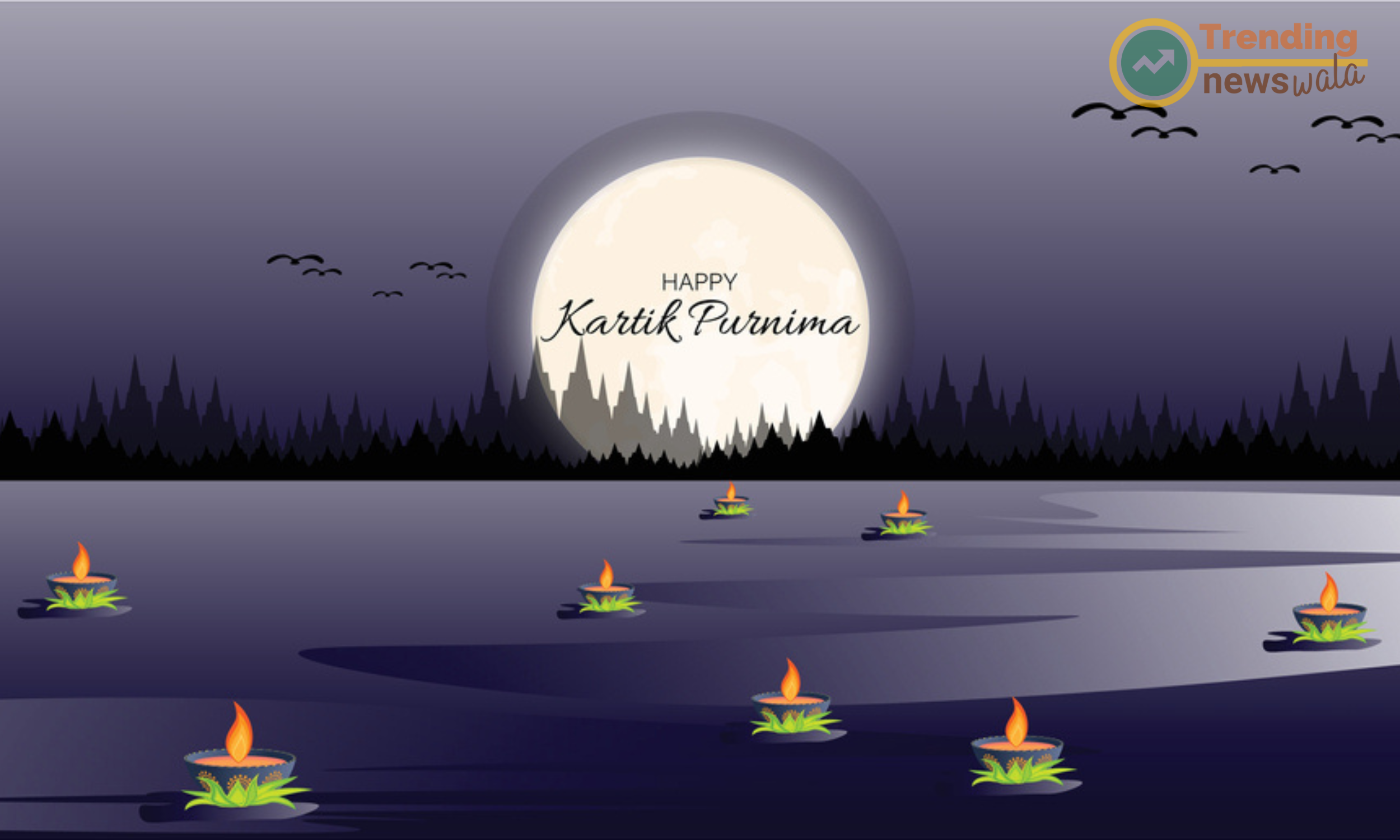
Karthikai Deepam, also known as Karthigai Deepam or simply Karthigai, is a sacred Hindu festival celebrated primarily in the southern regions of India, particularly in Tamil Nadu. Rooted in ancient traditions and steeped in spiritual significance, Karthikai Deepam holds profound importance as a festival of lights, symbolizing the victory of light over darkness and the awakening of spiritual consciousness. This auspicious occasion, observed on the full moon day (Poornima) in the Tamil month of Karthikai (usually falling in November or December), is marked by the lighting of countless oil lamps, known as Deepams, in homes, temples, and public spaces. Let us explore the essence of Karthikai Deepam and its enduring relevance in Indian tradition.
Historical Origins: The origins of Karthikai Deepam can be traced back to ancient Hindu scriptures and legends, including the Puranas and the epic Ramayana. According to one popular mythological narrative, Karthikai Deepam commemorates the manifestation of Lord Shiva as an infinite column of light, known as the Mahakasha Deepam or the Jyotirlinga, which appeared atop Mount Arunachala in the town of Tiruvannamalai. Another legend associates the festival with the divine union of Lord Shiva and Goddess Parvati, symbolizing the cosmic harmony and the eternal interplay of male and female energies.
Observance and Rituals: Karthikai Deepam is celebrated with elaborate rituals and customs that highlight the spiritual significance of light and enlightenment:
- Lighting of Deepams: Homes, temples, streets, and hillsides are adorned with rows of oil lamps (Deepams), creating a mesmerizing spectacle of light and radiance that illuminates the darkness of the night.
- Abhishekam to Lord Shiva: Devotees visit Shiva temples, particularly the Arunachaleswarar Temple in Tiruvannamalai, to offer prayers and perform abhishekam (ritual bathing) to the lingam (symbol of Lord Shiva) with milk, honey, ghee, and other sacred substances.
- Processions and Bhajans: Colorful processions featuring the deity idols are taken out in towns and villages, accompanied by devotional singing (bhajans), chanting of hymns, and the beating of drums and cymbals.
- Special Pujas and Homams: Elaborate pujas (ritual worship) and homams (fire rituals) are conducted in temples, invoking the blessings of Lord Shiva and Goddess Parvati for spiritual well-being and prosperity.
Spiritual Significance: Karthikai Deepam holds profound spiritual significance, symbolizing the awakening of inner light and the pursuit of spiritual enlightenment:
- Victory of Light over Darkness: Karthikai Deepam signifies the triumph of light (knowledge, wisdom, and truth) over darkness (ignorance, delusion, and negativity), inspiring devotees to dispel inner darkness and ignorance through spiritual practices.
- Unity of Divine Energies: The festival celebrates the divine union of Lord Shiva and Goddess Parvati, symbolizing the complementary aspects of the masculine (Shiva) and feminine (Shakti) energies in creation and the harmony of opposites.
- Path of Devotion and Surrender: Karthikai Deepam encourages devotees to deepen their spiritual devotion (bhakti) and surrender (prapatti) to the divine, recognizing the omnipresence of God and the eternal light of consciousness within.
Cultural Celebrations: Karthikai Deepam is celebrated with great cultural fervor and communal harmony, uniting people of all backgrounds in a spirit of joy and devotion:
- Community Participation: Families, friends, and neighbors come together to celebrate Karthikai Deepam, exchanging sweets, offering prayers, and sharing the joy of illuminating their surroundings with light.
- Rangoli and Kolam Designs: Intricate rangoli and kolam designs are drawn in front of homes and temples, adorned with vibrant colors and patterns, symbolizing auspiciousness and prosperity.
- Cultural Programs: Cultural events, including music concerts, dance performances, and drama presentations, are organized in towns and cities, showcasing the rich heritage and artistic traditions of the region.
Karthikai Deepam stands as a radiant celebration of spirituality, illumination, and divine grace, illuminating the hearts and minds of millions with the eternal light of consciousness. As devotees unite in prayer and celebration on this auspicious occasion, Karthikai Deepam reaffirms the timeless truth that the pursuit of spiritual enlightenment and the awakening of inner light are the essence of human existence. Through its rituals, customs, and cultural celebrations, Karthikai Deepam continues to inspire souls on their journey of self-discovery, leading them towards the eternal light of divine consciousness and the realization of oneness with the cosmos.
Kumbh Mela
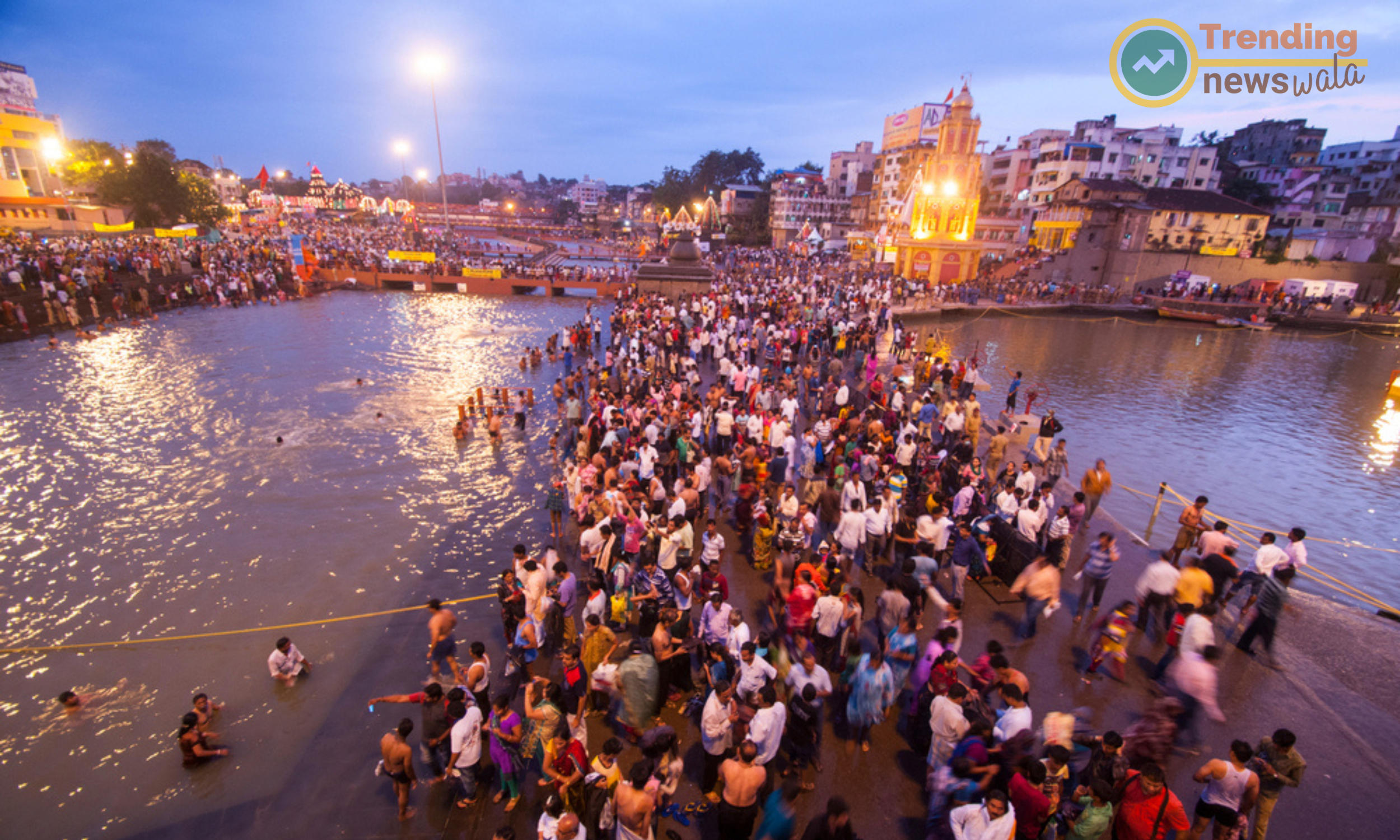
The Kumbh Mela stands as one of the most revered and ancient festivals in India, drawing millions of pilgrims and seekers from around the world. Rooted in Hindu mythology and ancient scriptures, the Kumbh Mela is a massive gathering that occurs periodically at four sacred riverbank locations in India: Haridwar (on the Ganges River in Uttarakhand), Prayagraj (formerly Allahabad, at the confluence of the Ganges, Yamuna, and mythical Saraswati rivers in Uttar Pradesh), Nashik (on the Godavari River in Maharashtra), and Ujjain (on the Shipra River in Madhya Pradesh). This grand spectacle of faith, devotion, and spirituality holds profound significance as a time for purification, renewal, and spiritual awakening. Let's delve into the rich tapestry of tradition and spirituality that characterizes the Kumbh Mela.
Historical Origins: The origins of the Kumbh Mela can be traced back to Hindu mythology and the churning of the cosmic ocean (Samudra Manthan) by gods and demons to obtain the nectar of immortality (amrit). During this cosmic event, drops of the nectar fell at four locations, giving rise to the sacred rivers where the Kumbh Mela is celebrated today. The festival is also associated with the legend of the Devas (celestial beings) and Asuras (demons) quarreling over the possession of the Kumbh (pot) containing the nectar of immortality. The Kumbh Mela is believed to commemorate the victory of the Devas, signifying the triumph of good over evil.
Observance and Rituals: The Kumbh Mela is marked by a series of rituals, ceremonies, and sacred baths (snan) that attract pilgrims and seekers seeking spiritual upliftment and blessings:
- Shahi Snan (Royal Bath): The highlight of the Kumbh Mela is the Shahi Snan, or the ceremonial royal bath, taken by ascetics, sadhus, and saints belonging to various Hindu sects. The Shahi Snan is performed on auspicious dates determined by astrological calculations, and it is believed that taking a dip during this time cleanses one of sins and brings spiritual merit.
- Akharas and Processions: The Akharas, or traditional Hindu monastic orders, play a significant role in the Kumbh Mela. They lead grand processions with their revered leaders, known as Mahants and Gurus, showcasing their spiritual lineage and martial prowess through colorful displays and rituals.
- Satsangs and Discourses: Various spiritual discourses, satsangs (spiritual gatherings), and religious ceremonies are conducted by renowned saints, scholars, and spiritual leaders, offering devotees an opportunity for learning, introspection, and spiritual guidance.
- Seva and Charity: Seva (selfless service) and charity form an integral part of the Kumbh Mela, with volunteers and organizations providing food, shelter, medical aid, and other essential services to pilgrims and visitors.
Spiritual Significance: The Kumbh Mela holds profound spiritual significance, symbolizing the quest for spiritual enlightenment, purification, and liberation:
- Spiritual Renewal: The Kumbh Mela provides devotees and seekers with an opportunity to renew their spiritual practices, deepen their devotion, and cleanse themselves of sins through sacred baths and spiritual disciplines.
- Unity in Diversity: The Kumbh Mela serves as a melting pot of diverse spiritual traditions, bringing together followers of various Hindu sects, as well as seekers from different religious and cultural backgrounds, in a spirit of harmony and unity.
- Liberation and Moksha: The act of taking a holy dip in the sacred rivers during the Kumbh Mela is believed to bestow blessings and pave the way for spiritual liberation (moksha), freeing the soul from the cycle of birth and death.
Cultural Significance: The Kumbh Mela is not only a religious gathering but also a cultural phenomenon that showcases the rich heritage and traditions of India:
- Art and Music: The Kumbh Mela is a vibrant showcase of Indian art, music, and culture, with performances of classical music, folk dances, and traditional rituals captivating the senses of pilgrims and visitors alike.
- Handicrafts and Souvenirs: The Kumbh Mela serves as a marketplace for artisans and craftsmen to display and sell their traditional wares, including handcrafted jewelry, textiles, sculptures, and religious artifacts.
- Social Harmony: The Kumbh Mela promotes social cohesion and cultural exchange, fostering a sense of belonging and camaraderie among people from diverse backgrounds, languages, and regions.
The Kumbh Mela stands as a timeless testament to the enduring spiritual legacy and cultural heritage of India. As millions of pilgrims and seekers converge at the sacred riverbanks to partake in the festivities and rituals of the Kumbh Mela, they embody the timeless values of faith, devotion, and spiritual aspiration that have characterized Indian civilization for millennia. Through its rituals, traditions, and cultural celebrations, the Kumbh Mela continues to inspire hearts and minds, reaffirming the eternal quest for spiritual awakening, unity, and transcendence.
Godavari Pushkaram
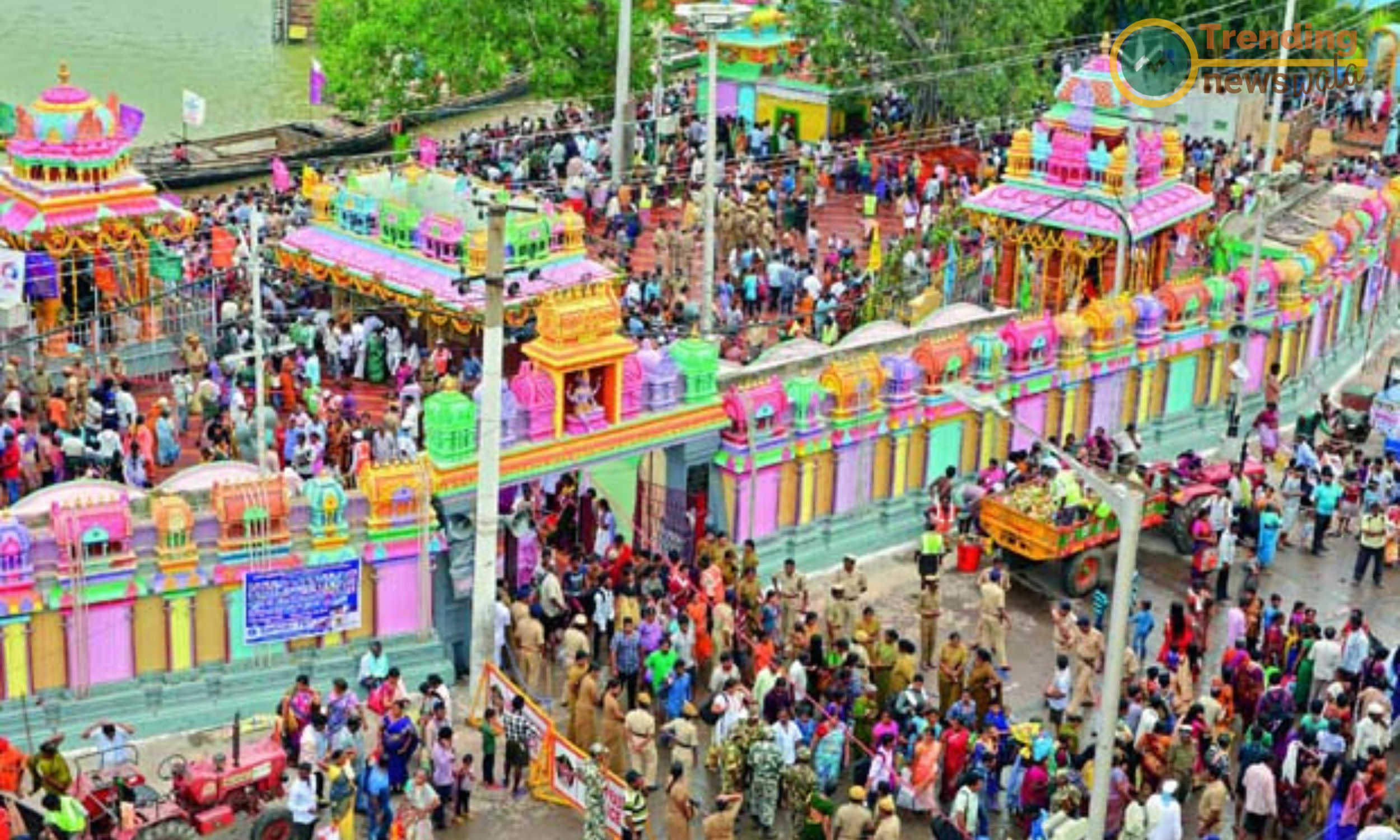
Godavari Pushkaram is a sacred Hindu festival celebrated with great reverence along the banks of the Godavari River, one of the holiest rivers in India. Rooted in ancient traditions and mythology, Godavari Pushkaram holds profound significance as a time for spiritual purification, devotion, and renewal. This auspicious occasion occurs once every twelve years when the planet Jupiter enters the zodiac sign of Kumbha (Aquarius), and it attracts millions of pilgrims and devotees from across the country. Let us explore the essence of Godavari Pushkaram and its enduring relevance in Indian tradition.
Historical Origins: The origins of Godavari Pushkaram can be traced back to Hindu mythology and ancient scriptures. According to legend, the Godavari River is considered the earthly manifestation of the celestial river Ganga. It is believed that during the churning of the cosmic ocean (Samudra Manthan), Sage Gautama performed penance on the banks of the Godavari, attracting the descent of the sacred river to Earth. Since then, the Godavari River has been revered as a divine source of spiritual nourishment and liberation.
Observance and Rituals: Godavari Pushkaram is observed with elaborate rituals, ceremonies, and sacred baths (snan) performed by pilgrims and devotees:
- Snanams (Holy Baths): Devotees take ritual baths in the Godavari River during the auspicious days of Pushkaram, believing that the sacred waters cleanse them of sins and bestow spiritual merit. The most auspicious time for bathing is believed to be during the transit of the planet Jupiter.
- Pujas and Offerings: Elaborate pujas (ritual worship) and offerings are made to the deities at temples along the banks of the Godavari, invoking blessings for health, prosperity, and spiritual well-being.
- Vedic Chants and Mantras: Vedic priests chant sacred hymns and mantras, invoking the divine presence and blessings of the gods and goddesses, creating an atmosphere of sanctity and spiritual elevation.
- Pilgrimages and Pradakshinas: Pilgrims undertake journeys to various sacred sites and temples along the Godavari River, performing pradakshinas (circumambulations) and seeking the blessings of the divine.
Spiritual Significance: Godavari Pushkaram holds profound spiritual significance, symbolizing the convergence of the material and spiritual realms and the pursuit of spiritual liberation:
- Purification of Soul: The act of taking a holy dip in the sacred waters of the Godavari River is believed to purify the body, mind, and soul, washing away sins and negativities accumulated over lifetimes.
- Renewal and Rejuvenation: Godavari Pushkaram offers devotees an opportunity for spiritual renewal and rejuvenation, inspiring them to deepen their devotion, strengthen their faith, and embark on a path of righteousness and self-realization.
- Communion with the Divine: Through sacred rituals, prayers, and acts of devotion, devotees seek to establish a deeper connection with the divine presence manifest in the sacred waters of the Godavari, experiencing a sense of oneness and transcendence.
Cultural Celebrations: Godavari Pushkaram is celebrated with great cultural fervor and communal harmony, showcasing the rich heritage and traditions of the region:
- Folk Music and Dance: Cultural performances featuring folk music, dance, and traditional art forms are organized along the banks of the Godavari, entertaining pilgrims and visitors and celebrating the cultural diversity of the region.
- Temples and Shrines: Temples and shrines dedicated to various deities dot the banks of the Godavari River, serving as centers of spiritual pilgrimage and devotion during Pushkaram.
- Community Service and Charity: Voluntary organizations and community groups engage in seva (selfless service) activities, offering food, water, medical aid, and assistance to pilgrims and visitors, exemplifying the spirit of compassion and service.
Godavari Pushkaram stands as a sacred confluence of faith, devotion, and spirituality, uniting millions of devotees in a collective journey of purification, renewal, and divine communion. As pilgrims and seekers immerse themselves in the sacred waters of the Godavari River and partake in the rituals and festivities of Pushkaram, they reaffirm their commitment to the eternal values of devotion, righteousness, and spiritual upliftment. Through its rituals, traditions, and cultural celebrations, Godavari Pushkaram continues to inspire hearts and minds, fostering a deep sense of reverence and awe towards the divine presence manifest in the sacred waters of the Godavari, and reminding humanity of the interconnectedness of all creation in the eternal flow of divine grace and blessings.
Naga Panchami

Naga Panchami is a sacred Hindu festival celebrated across India to honor the serpent deities, known as Nagas or serpents. Rooted in ancient mythology and cultural beliefs, Naga Panchami holds profound significance as a time to pay homage to these divine beings, seeking their blessings for protection, fertility, and prosperity. Observed on the fifth day (Panchami) of the bright fortnight (Shukla Paksha) in the Hindu lunar month of Shravana (usually falling in July or August), Naga Panchami is marked by rituals, prayers, and offerings made to snakes, symbolizing reverence for nature and the interconnectedness of all living beings. Let's explore the essence of Naga Panchami and its enduring relevance in Indian tradition.
Historical Origins: The origins of Naga Panchami can be traced back to Hindu mythology and ancient scriptures, where serpents are revered as powerful and divine beings. According to legend, the serpent gods, or Nagas, are associated with fertility, protection of the environment, and guardianship of hidden treasures. The festival of Naga Panchami is believed to have originated from the story of the serpent king Vasuki, who played a crucial role in the churning of the cosmic ocean (Samudra Manthan) to obtain the nectar of immortality (amrit). Since then, Nagas have been venerated as protectors and benefactors, and Naga Panchami is observed to honor their benevolent presence in the natural world.
Observance and Rituals: Naga Panchami is celebrated with various rituals and customs that reflect the reverence for serpents in Hindu culture:
- Snake Worship: Devotees offer prayers, milk, honey, turmeric, flowers, and vermilion to snake idols or images installed in homes, temples, and outdoor shrines. Some also create snake-shaped designs (Naga kolam) using rice flour or colored powders as a form of decoration.
- Snake Charmers: In some regions, snake charmers perform traditional rituals and displays with live snakes, invoking the blessings of the Nagas and seeking their protection from snake bites and other dangers.
- Pilgrimages: Devotees visit sacred sites associated with serpents, such as Naga temples, groves, anthills, and natural water bodies like rivers and ponds believed to be inhabited by Nagas, to offer prayers and seek blessings.
- Abstinence and Vows: Some devotees observe fasting and make vows to Nagas, seeking their favor and protection from misfortunes, diseases, and obstacles in life.
Spiritual Significance: Naga Panchami holds profound spiritual significance, symbolizing reverence for nature, divine protection, and the interconnectedness of all living beings:
- Symbol of Protection: Nagas are revered as protectors of fields, crops, and water sources, guarding against droughts, floods, and other natural calamities. Naga Panchami is observed to seek their benevolent protection and blessings for agricultural prosperity and environmental harmony.
- Fertility and Blessings: Nagas are also associated with fertility and abundance, particularly in agrarian societies where agriculture is central to livelihoods. Devotees pray to Nagas for blessings of fertility, prosperity, and abundance in their lives.
- Interconnectedness of Life: Naga Panchami underscores the interconnectedness of all living beings and the importance of living in harmony with nature. By venerating serpents, devotees acknowledge their role in the ecosystem and express gratitude for their presence.
Cultural Celebrations: Naga Panchami is celebrated with cultural fervor and communal harmony across India, reflecting the diverse customs and traditions associated with serpent worship:
- Regional Variations: Different regions of India observe Naga Panchami in unique ways, incorporating local customs, rituals, and beliefs. In some areas, community feasts, processions, and cultural performances are organized to mark the occasion.
- Folklore and Legends: Folk songs, dances, and stories about serpents are passed down through generations, enriching the cultural tapestry of the festival and fostering a sense of cultural identity and heritage.
- Family Gatherings: Naga Panchami brings families together as they participate in rituals, prayers, and festivities, strengthening familial bonds and passing down traditions from one generation to the next.
Naga Panchami stands as a timeless celebration of reverence for serpents, symbolizing the deep-rooted cultural and spiritual beliefs of the Indian subcontinent. As devotees offer prayers and offerings to Nagas on this auspicious day, they reaffirm their connection to nature, seek divine protection, and express gratitude for the blessings of fertility and prosperity in their lives. Through its rituals, customs, and cultural celebrations, Naga Panchami continues to enrich the cultural heritage of India and serve as a reminder of the interconnectedness of all living beings in the web of creation.
Gujarat Kite Festival

The Gujarat Kite Festival, also known as Uttarayan or Makar Sankranti, is a vibrant and joyous celebration that lights up the skies of Gujarat, India, every year. Rooted in ancient tradition and cultural heritage, this festival marks the transition of the sun into the northern hemisphere, symbolizing the arrival of longer days and the onset of spring. The Gujarat Kite Festival is not just about flying kites; it is a celebration of unity, camaraderie, and the spirit of joy that binds communities together. Let's delve into the rich tapestry of traditions and festivities that make the Gujarat Kite Festival a cherished event.
Historical Origins: The Gujarat Kite Festival has ancient roots, dating back centuries to Hindu mythology and agricultural traditions. It is celebrated on the auspicious day of Makar Sankranti, marking the end of the winter solstice and the beginning of longer days. According to Hindu belief, Makar Sankranti is also associated with the transition of the sun into the zodiac sign of Capricorn (Makara). The festival is celebrated with great fervor across Gujarat and other parts of India, signifying the triumph of light over darkness and the onset of new beginnings.
Observance and Rituals: The Gujarat Kite Festival is characterized by various rituals, customs, and activities that bring communities together in a spirit of joy and celebration:
- Kite Flying: The highlight of the festival is kite flying, where people of all ages gather on rooftops, terraces, and open spaces to fly colorful kites of different shapes and sizes. The sky becomes a mesmerizing canvas adorned with a myriad of kites, creating a spectacle of colors and patterns.
- Kite Making: Months before the festival, skilled artisans and craftsmen begin making kites using bamboo frames and tissue paper or thin fabric. Intricate designs and motifs are handcrafted on the kites, reflecting the creativity and craftsmanship of the artisans.
- Kite Battles: One of the unique aspects of the Gujarat Kite Festival is the tradition of kite battles, where participants try to cut each other's kite strings using specially coated strings known as manja. The thrill of competition adds an element of excitement to the festivities.
- Traditional Food and Music: Families and communities gather to enjoy traditional Gujarati delicacies such as undhiyu, jalebi, and chikki, while folk music and dance performances add to the festive atmosphere.
Spiritual Significance: The Gujarat Kite Festival holds spiritual significance, symbolizing the victory of light over darkness and the renewal of life:
- Symbol of Unity: The act of flying kites together transcends barriers of age, gender, and social status, fostering a sense of unity and camaraderie among people from diverse backgrounds.
- Celebration of Nature: Makar Sankranti marks the transition of the sun into the northern hemisphere, heralding the arrival of longer days and the rejuvenation of nature. The festival celebrates the abundance of harvest and the blessings of Mother Nature.
- Auspicious Beginnings: Makar Sankranti is considered an auspicious time for new beginnings, making it a popular day for weddings, housewarming ceremonies, and other important life events.
Cultural Celebrations: The Gujarat Kite Festival is celebrated with great cultural fervor and enthusiasm, showcasing the rich heritage and traditions of Gujarat:
- International Kite Festival: The Gujarat Kite Festival has gained international recognition, attracting kite enthusiasts and tourists from around the world. The International Kite Festival in Ahmedabad is a major highlight, featuring kite flying competitions, cultural performances, and kite-making workshops.
- Cultural Exchanges: The Gujarat Kite Festival provides an opportunity for cultural exchange and interaction, as visitors from different parts of India and abroad come together to experience the vibrant colors and flavors of Gujarati culture.
- Community Bonding: The festival strengthens social bonds and fosters a sense of community spirit, as neighbors, friends, and families come together to celebrate and share in the joy of kite flying.
- The Gujarat Kite Festival is more than just a festival; it is a celebration of life, joy, and the spirit of togetherness. As kites soar high in the sky, carrying the hopes and dreams of millions, the Gujarat Kite Festival reminds us of the simple pleasures of life and the beauty of cultural diversity. Through its rituals, customs, and cultural celebrations, the Gujarat Kite Festival continues to inspire and delight people of all ages, keeping alive the ancient tradition of kite flying and spreading happiness and positivity in the hearts of all who partake in its festivities.
Pushkar Camel Fair
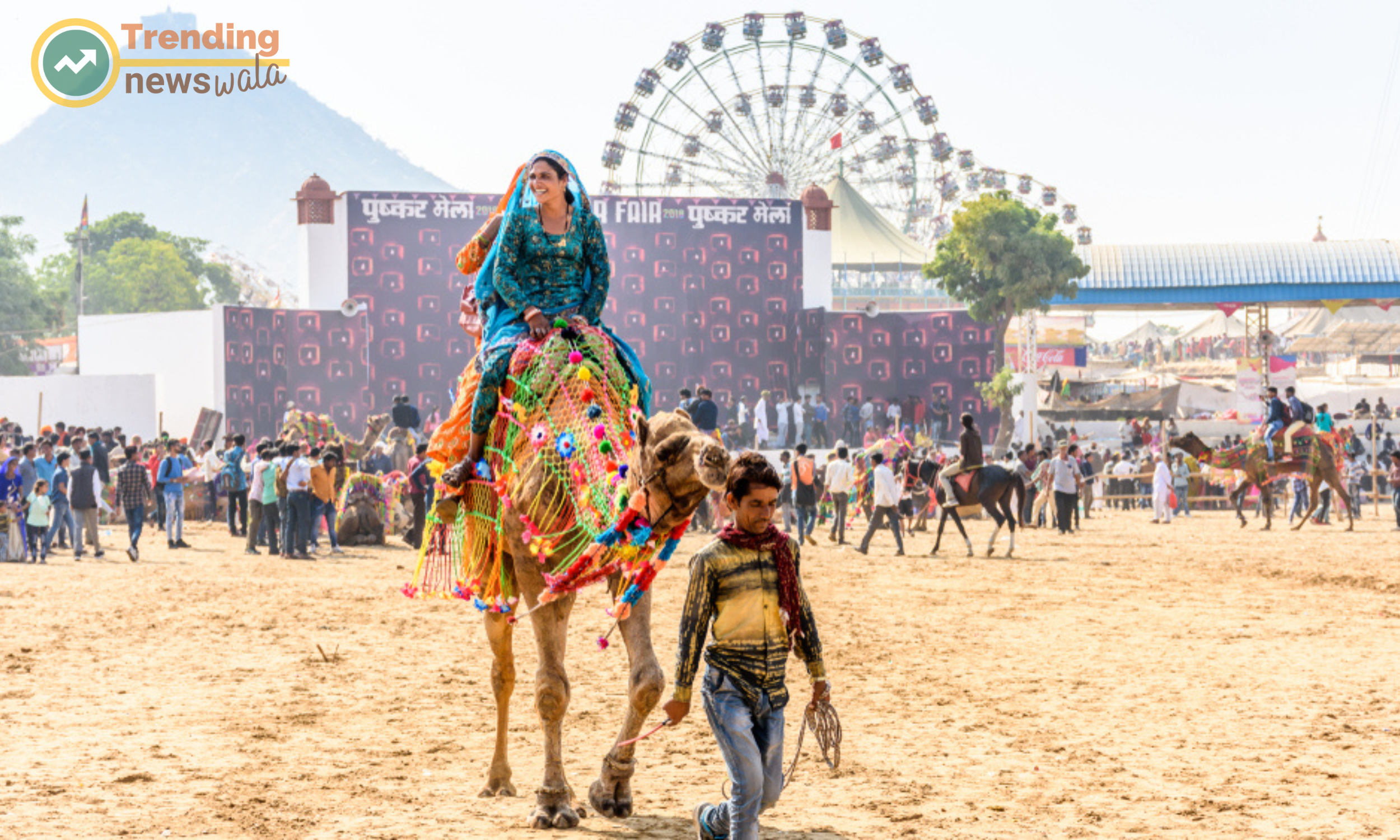
The Pushkar Camel Fair, held annually in the town of Pushkar, Rajasthan, is a spectacular showcase of India's rich cultural heritage and vibrant traditions. Rooted in ancient customs and folklore, this iconic festival draws thousands of visitors from around the world to witness the colorful spectacle of camels, livestock, cultural performances, and traditional competitions. The Pushkar Camel Fair is not just a gathering of traders and livestock; it is a celebration of rural life, spirituality, and the enduring spirit of Rajasthan. Let's delve into the unique charm and cultural significance of this ancient festival.
Historical Origins: The origins of the Pushkar Camel Fair can be traced back to centuries-old traditions of camel trading and pilgrimage. Pushkar, one of the oldest cities in India, holds great religious significance as home to the only temple dedicated to Lord Brahma, the creator god, according to Hindu mythology. The fair is believed to have originated as a cattle trading event where nomadic tribes and farmers from the region would come together to buy, sell, and trade livestock, particularly camels, horses, and cattle. Over time, the fair evolved into a cultural extravaganza, attracting not only traders but also tourists, pilgrims, and performers.
Observance and Attractions: The Pushkar Camel Fair offers a myriad of attractions and activities that captivate the senses and showcase the vibrant culture of Rajasthan:
- Camel Trading: The fair is renowned for its camel trading activities, where thousands of camels are brought from across Rajasthan and neighboring states for sale and exchange. The sight of decorated camels, adorned with colorful bridles and accessories, creates a mesmerizing spectacle against the backdrop of the Thar Desert.
- Cultural Performances: Visitors are treated to a feast of folk music, dance, and cultural performances showcasing the rich artistic traditions of Rajasthan. Kalbelia dancers, snake charmers, puppeteers, and traditional musicians entertain the crowds with their mesmerizing performances.
- Camel Races and Competitions: The fair hosts a variety of competitions and events, including camel races, beauty contests, and agility competitions, where camel owners showcase the speed, strength, and beauty of their prized animals.
- Religious Significance: Pilgrims flock to Pushkar during the fair to take a dip in the sacred Pushkar Lake and offer prayers at the Brahma Temple, believing that doing so will cleanse them of sins and bring them blessings and good fortune.
Spiritual Significance: The Pushkar Camel Fair holds spiritual significance, serving as a pilgrimage site and a time for spiritual introspection and devotion:
- Sacred Bathing: Taking a holy dip in the Pushkar Lake during the fair is believed to cleanse the soul and bestow blessings upon devotees. The lake is considered one of the most sacred pilgrimage sites in Hinduism.
- Pilgrimage Tradition: Pilgrims visit the fair to pay homage to Lord Brahma and seek his blessings for prosperity, fertility, and spiritual fulfillment. The fair coincides with the Kartik Purnima festival, a significant Hindu religious occasion.
- Cultural Fusion: The fair brings together people from diverse backgrounds and communities, fostering intercultural exchange, understanding, and harmony. Visitors experience the vibrant tapestry of Indian culture through interactions with traders, performers, and locals.
Cultural Celebrations: The Pushkar Camel Fair is a celebration of rural life and Rajasthan's cultural heritage, characterized by:
- Traditional Attire: Visitors and participants adorn traditional Rajasthani attire, including colorful turbans, embroidered skirts (ghagras), and ornate jewelry, adding to the festive ambiance of the fair.
- Handicrafts and Souvenirs: The fair showcases the rich craftsmanship of Rajasthan through stalls selling handmade textiles, jewelry, leather goods, pottery, and other traditional handicrafts.
- Culinary Delights: Food stalls offer a tantalizing array of Rajasthani delicacies, including dal-bati-churma, gatte ki sabzi, mirchi vada, and sweets like ghevar and malpua, providing visitors with a taste of authentic Rajasthani cuisine.
The Pushkar Camel Fair stands as a testament to the enduring charm and cultural richness of Rajasthan. As camels strut and traders negotiate, the fair pulsates with the energy of rural life and the timeless traditions of India's heartland. Through its vibrant colors, lively performances, and cultural exchanges, the Pushkar Camel Fair continues to captivate the hearts and imaginations of people from all walks of life, preserving the essence of Rajasthan's cultural heritage for generations to come.
Makar Sankranti

Makar Sankranti, also known as Uttarayan, is one of the most ancient and revered festivals celebrated across India. Observed annually on January 14th or 15th, Makar Sankranti marks the transition of the sun into the zodiac sign of Capricorn (Makara), signifying the end of the winter solstice and the onset of longer days. This auspicious occasion holds deep cultural, spiritual, and agricultural significance, symbolizing renewal, prosperity, and the triumph of light over darkness. Let's explore the timeless traditions and cultural richness associated with Makar Sankranti.
Historical Origins: Makar Sankranti has ancient roots dating back thousands of years and is mentioned in Hindu scriptures and texts. The festival is believed to have originated as an agricultural celebration marking the end of the winter season and the beginning of the harvest season. In Hindu mythology, Makar Sankranti is associated with the celestial journey of the sun god Surya and is considered a propitious time for spiritual practices, charity, and acts of merit.
Observance and Customs: Makar Sankranti is celebrated with a myriad of customs, rituals, and festive activities that vary across different regions of India:
- Kite Flying: In many parts of India, especially in Gujarat, Rajasthan, and Uttar Pradesh, kite flying is a popular tradition associated with Makar Sankranti. Colorful kites dot the sky as families and friends come together to enjoy friendly kite-flying competitions.
- Holy Baths: Taking a dip in sacred rivers such as the Ganges, Yamuna, Godavari, and Cauvery is considered auspicious on Makar Sankranti. Pilgrims gather at riverbanks to perform rituals and seek blessings for spiritual purification and merit.
- Offering Prayers: Devotees visit temples dedicated to Lord Surya (the sun god) and offer prayers, flowers, and special offerings such as sesame seeds, jaggery, and rice to seek divine blessings for prosperity, health, and happiness.
- Charity and Feasting: Makar Sankranti is a time for generosity and charity, with devotees donating food, clothes, and money to the less fortunate. Families come together to prepare traditional delicacies like til ladoos, chikkis, puran poli, and pongal to share with relatives and neighbors.
Spiritual Significance: Makar Sankranti holds profound spiritual significance, symbolizing:
- Transition and Renewal: Makar Sankranti marks the transition of the sun into the northern hemisphere, signifying the end of darkness (winter) and the beginning of light (spring). It is a time for renewal, rejuvenation, and new beginnings.
- Gratitude and Devotion: Devotees express gratitude to the sun god Surya for sustaining life on earth and seek his blessings for abundance, prosperity, and spiritual enlightenment. The festival fosters a sense of reverence and devotion towards nature and the cosmos.
- Unity and Harmony: Makar Sankranti transcends regional, linguistic, and cultural barriers, bringing people of diverse backgrounds together in a spirit of unity, harmony, and celebration. It highlights the interconnectedness of humanity and the universal principles of love, compassion, and goodwill.
Cultural Celebrations: Makar Sankranti is celebrated with great cultural fervor and enthusiasm, showcasing the diverse traditions and customs of India:
- Regional Variations: Different regions of India observe Makar Sankranti in unique ways, incorporating local customs, rituals, and festive foods. In Punjab, it is celebrated as Lohri with bonfires and folk dances, while in Tamil Nadu, it is known as Pongal, celebrated with elaborate rituals and feasting.
- Traditional Attire: People dress in vibrant traditional attire, with women wearing colorful sarees or lehengas and men donning kurta-pajamas or dhotis. Traditional jewelry, henna designs, and decorative accessories add to the festive attire.
- Cultural Performances: Folk music, dance performances, and street plays entertain revelers during Makar Sankranti celebrations, highlighting the rich cultural heritage and artistic traditions of India.
- Makar Sankranti epitomizes the essence of Indian culture and spirituality, blending ancient customs with contemporary celebrations. As families come together to fly kites, share festive meals, and offer prayers, Makar Sankranti fosters a sense of unity, gratitude, and joy among people of all ages. Beyond its religious significance, Makar Sankranti is a reminder of the eternal cycles of nature and the universal values of harmony, compassion, and goodwill. In celebrating Makar Sankranti, Indians honor their heritage, express gratitude to the divine, and welcome the promise of a new season filled with hope, abundance, and blessings.
Lohri

In the vibrant mosaic of India's Lohri cultural heritage, few festivals shine as brightly as Lohri. Rooted deeply in the annals of ancient Indian civilization, Lohri transcends time and space, weaving together the rich tapestry of tradition, folklore, and spirituality. As we delve into the origins and essence of Lohri, we embark on a journey through the ages, discovering the timeless allure of this ancient celebration.
Ancient Origins: Lohri's origins can be traced back to the agrarian societies of ancient India, particularly in the fertile lands of Punjab, Haryana, and parts of Himachal Pradesh. Historically, it marked the end of the winter solstice, signifying the transition from the cold, dark days of winter to the rejuvenating warmth of spring. As a festival deeply intertwined with agriculture, Lohri held profound significance for farmers, symbolizing the culmination of the harvest season and the promise of abundance in the year ahead.
Rituals and Customs: Central to the celebration of Lohri are a plethora of rituals and customs, each laden with symbolism and meaning. The lighting of the bonfire, known as the Lohri diya, is perhaps the most iconic ritual, representing the triumph of light over darkness and the renewal of life. Families and communities gather around the bonfire, offering prayers, singing folk songs, and performing traditional dances such as Bhangra and Giddha, infusing the atmosphere with joy and merriment.
Another integral aspect of Lohri is the tradition of offering 'lohri prasad' to the fire, comprising sesame seeds, jaggery, peanuts, and popcorn. This offering is believed to appease Agni, the fire god, and invoke his blessings for a prosperous harvest season. The exchange of sweets, gifts, and warm wishes among friends and family further enhances the festive spirit, fostering a sense of camaraderie and unity.
Cultural Significance: Beyond its agricultural roots, Lohri holds profound cultural and social significance in Indian society. It serves as a unifying force, bringing together people from diverse backgrounds to celebrate shared traditions and values. The festival transcends barriers of caste, creed, and religion, fostering a sense of belonging and solidarity among communities.
Lohri also provides an opportunity for the preservation and promotion of indigenous art forms, music, and cuisine. The rhythmic beats of the dhol, the vibrant hues of traditional attire, and the tantalizing aroma of Punjabi delicacies like Sarson da Saag and Mikki di Roti evoke a sense of nostalgia and pride in cultural heritage.
As we revel in the jubilant festivities of Lohri, we are reminded of the enduring legacy of India's ancient traditions. Through its rituals, customs, and celebrations, Lohri embodies the essence of resilience, hope, and renewal, echoing the eternal rhythms of nature and life. In an ever-changing world, Lohri stands as a beacon of tradition and togetherness, uniting hearts and souls in a joyous celebration of abundance and gratitude.
Republic Day
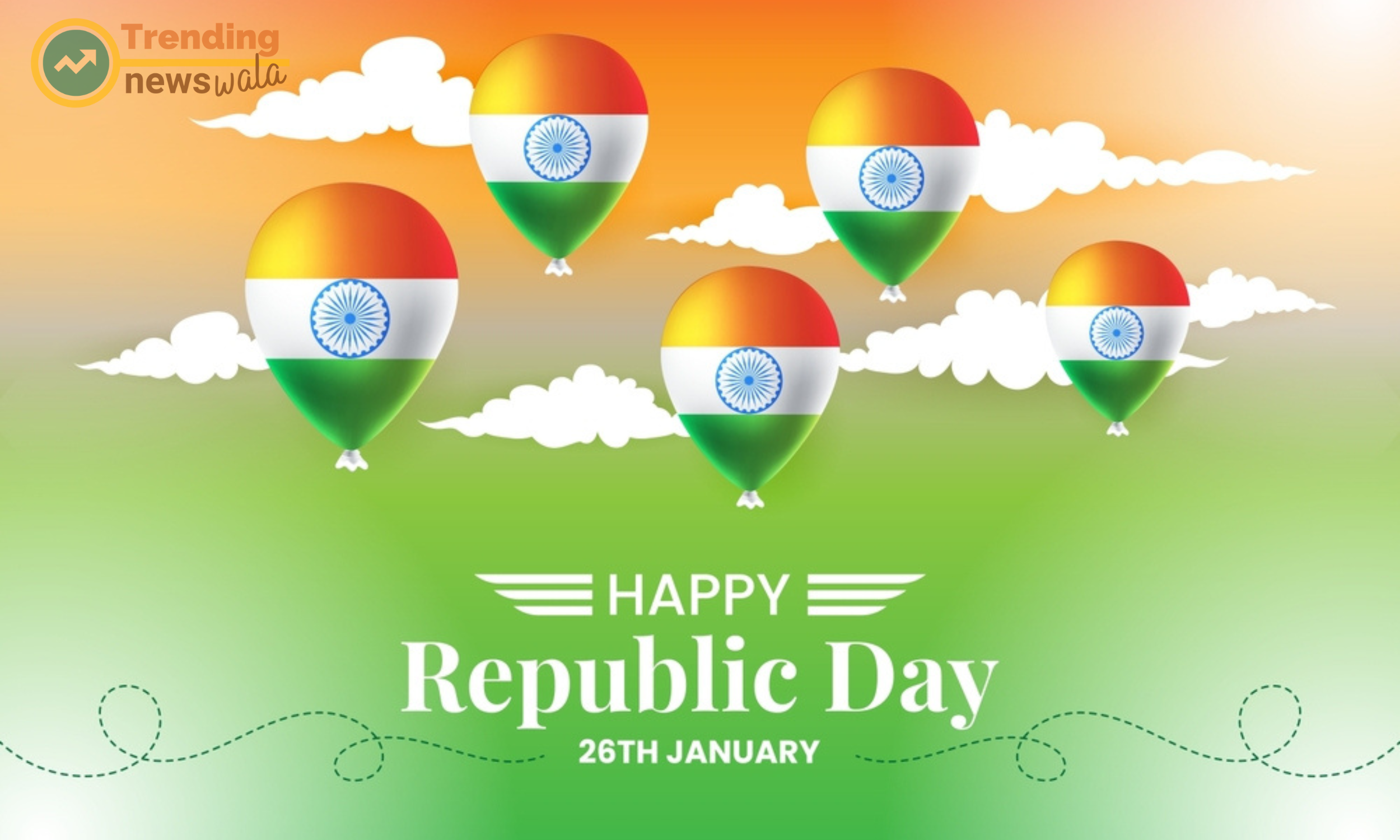
As India commemorates Republic Day on January 26th each year with grandeur and pride, it's essential to recognize the deep-rooted connection between this modern celebration and the ancient festivals that have shaped the nation's cultural landscape. While Republic Day is a relatively recent addition to India's calendar, it stands on the shoulders of millennia-old traditions and customs that have woven the fabric of Indian society. In this article, we explore the ancient festivals of India that underpin the spirit of Republic Day, reflecting the nation's rich heritage and enduring values.
Historical Context: Republic Day marks the anniversary of the adoption of the Constitution of India in 1950, transforming the country into a sovereign republic. However, the spirit of governance, justice, and egalitarianism embodied in the Indian Constitution finds resonance in ancient Indian philosophies and governance systems. From the democratic assemblies of the Vedic period to the principles of Dharma enshrined in ancient texts like the Arthashastra, India's political and ethical foundations have deep historical roots.
Harvest Festivals: Many of India's ancient festivals, such as Makar Sankranti, Pongal, and Bihu, coincide with the period around Republic Day. These festivals celebrate the harvest season, symbolizing abundance, prosperity, and the cyclical rhythms of nature. Makar Sankranti, observed in various forms across India, marks the transition of the sun into the zodiac sign of Capricorn, symbolizing the onset of longer days and the end of winter. Pongal, celebrated predominantly in South India, honors the sun god Surya and the bountiful harvest, while Bihu in Assam is a joyous occasion characterized by folk dances, feasting, and community gatherings. These ancient harvest festivals embody the ethos of gratitude, unity, and renewal, which are also central themes of Republic Day celebrations.
Cultural Festivals: India's diverse cultural heritage is celebrated through a myriad of festivals that showcase regional traditions, art forms, and rituals. Festivals like Navratri, Diwali, Eid, and Christmas reflect the multicultural tapestry of Indian society, emphasizing the values of inclusivity, tolerance, and communal harmony. These festivals serve as a reminder of India's pluralistic ethos and the coexistence of myriad faiths and beliefs, echoing the principles of secularism enshrined in the Indian Constitution.
Spiritual Observances: Ancient Indian philosophy and spirituality have had a profound influence on the country's cultural ethos and societal norms. Festivals like Guru Purnima, Buddha Purnima, and Mahavir Jayanti honor the teachings and legacies of revered spiritual leaders such as Guru Nanak, Buddha, and Mahavira. These observances underscore the importance of wisdom, compassion, and ethical conduct in shaping individual and collective consciousness, resonating with the ideals of justice, liberty, and fraternity enshrined in the preamble of the Indian Constitution.
Republic Day is more than just a commemoration of a political milestone; it is a celebration of India's ancient heritage, cultural diversity, and enduring values. As the nation marches forward into the future, it does so with a deep-rooted connection to its past, drawing inspiration from the timeless wisdom and traditions that have shaped its identity. By honoring and preserving these ancient festivals, India reaffirms its commitment to democracy, pluralism, and social justice, ensuring that the spirit of Republic Day continues to resonate with generations to come.
Guru Ravidass Jayanti
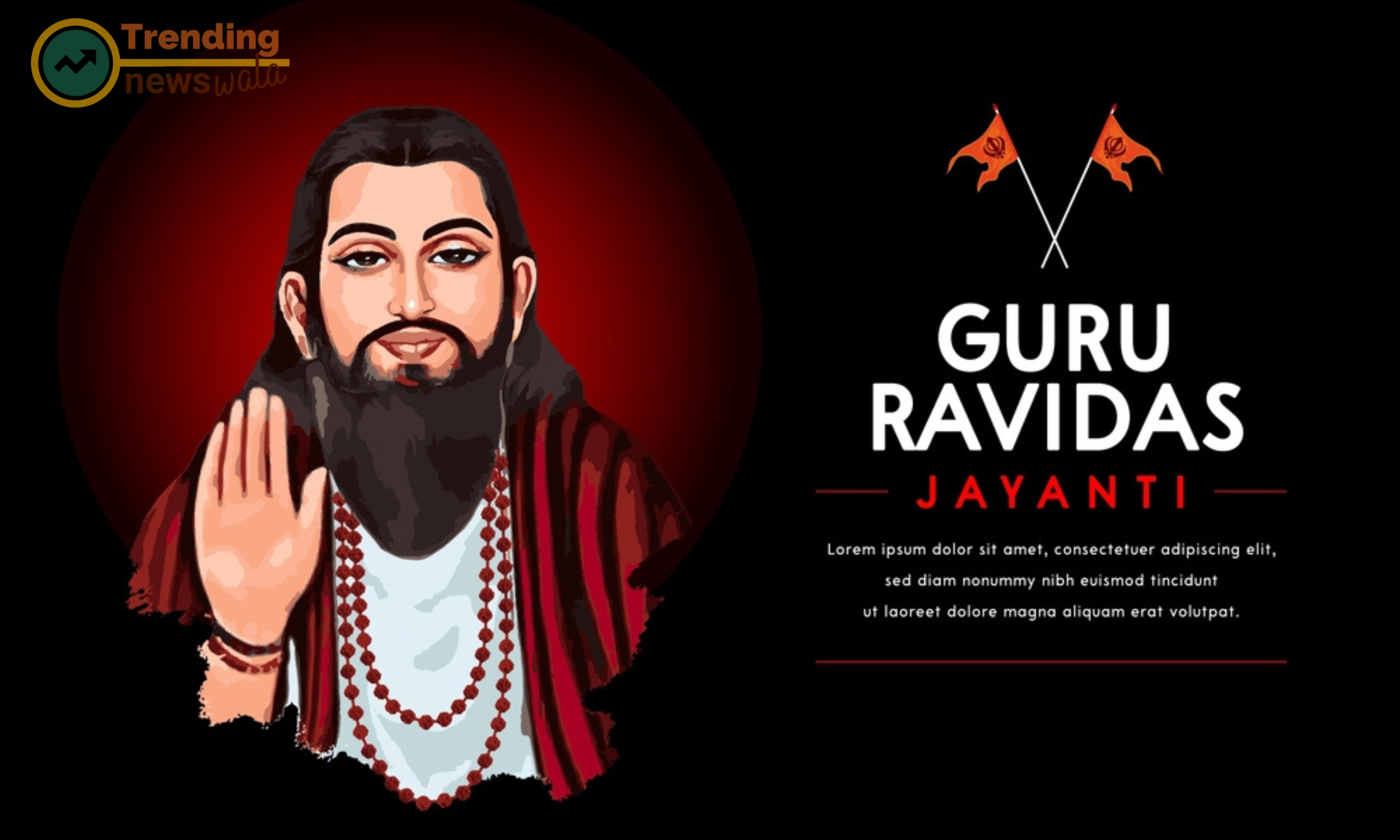
Amidst the rich tapestry of India's cultural landscape, Guru Ravidas Jayanti stands as a testament to the profound spiritual heritage of the country. This ancient festival celebrates the birth anniversary of Sant Guru Ravidas Ji, a revered saint, poet, and social reformer whose teachings continue to resonate with millions across the globe. As we delve into the essence and significance of Guru Ravidas Jayanti, we unravel the timeless wisdom and spiritual enlightenment that it embodies.
Ancient Origins: Guru Ravidas Jayanti commemorates the birth anniversary of Sant Guru Ravidas Ji, who was born in the 15th century in the holy city of Varanasi, India. Born into a family of cobblers, Guru Ravidas Ji rose above social barriers and dedicated his life to the pursuit of spirituality and social justice. His teachings emphasized the importance of love, compassion, equality, and devotion to the divine, transcending the boundaries of caste, creed, and religion.
Rituals and Observances: On the auspicious day of Guru Ravidas Jayanti, devotees gather at temples and religious sites to pay homage to Sant Guru Ravidas Ji and seek blessings for spiritual enlightenment and prosperity. Special prayer sessions, hymn recitations, and sermons are organized to commemorate the life and teachings of the revered saint.
Devotees also engage in acts of seva (selfless service) and charity, following the ethos of Guru Ravidas Ji, who advocated for social equality and compassion towards all beings. The distribution of langar (community kitchen) and the provision of basic necessities to the underprivileged are common practices during Guru Ravidas Jayanti, reflecting the spirit of selflessness and altruism that the saint espoused.
Cultural Significance: Guru Ravidas Jayanti transcends its religious connotations to encompass a broader cultural and social significance in Indian society. The festival serves as a reminder of the enduring legacy of Sant Guru Ravidas Ji and his contributions to humanity through his teachings of universal love, tolerance, and human dignity.
Moreover, Guru Ravidas Jayanti fosters interfaith harmony and understanding, as devotees from various religious backgrounds come together to celebrate the shared values of peace, compassion, and righteousness. The festival serves as a platform for dialogue and reflection, encouraging individuals to imbibe the timeless wisdom of Guru Ravidas Ji in their daily lives.
Revival and Relevance: In recent years, there has been a renewed interest in reviving the ancient festival of Guru Ravidas Jayanti, both within India and among the diaspora communities around the world. Efforts are being made to propagate the teachings of Sant Guru Ravidas Ji through educational initiatives, cultural events, and social activism, thereby ensuring that his message of love and equality continues to inspire future generations.
As we celebrate Guru Ravidas Jayanti, we honor the legacy of Sant Guru Ravidas Ji and reaffirm our commitment to his timeless teachings of compassion, equality, and spiritual enlightenment. In a world marked by division and strife, the message of Guru Ravidas Ji serves as a beacon of hope and inspiration, guiding humanity towards a path of harmony, peace, and universal brotherhood.
Mewar Festival
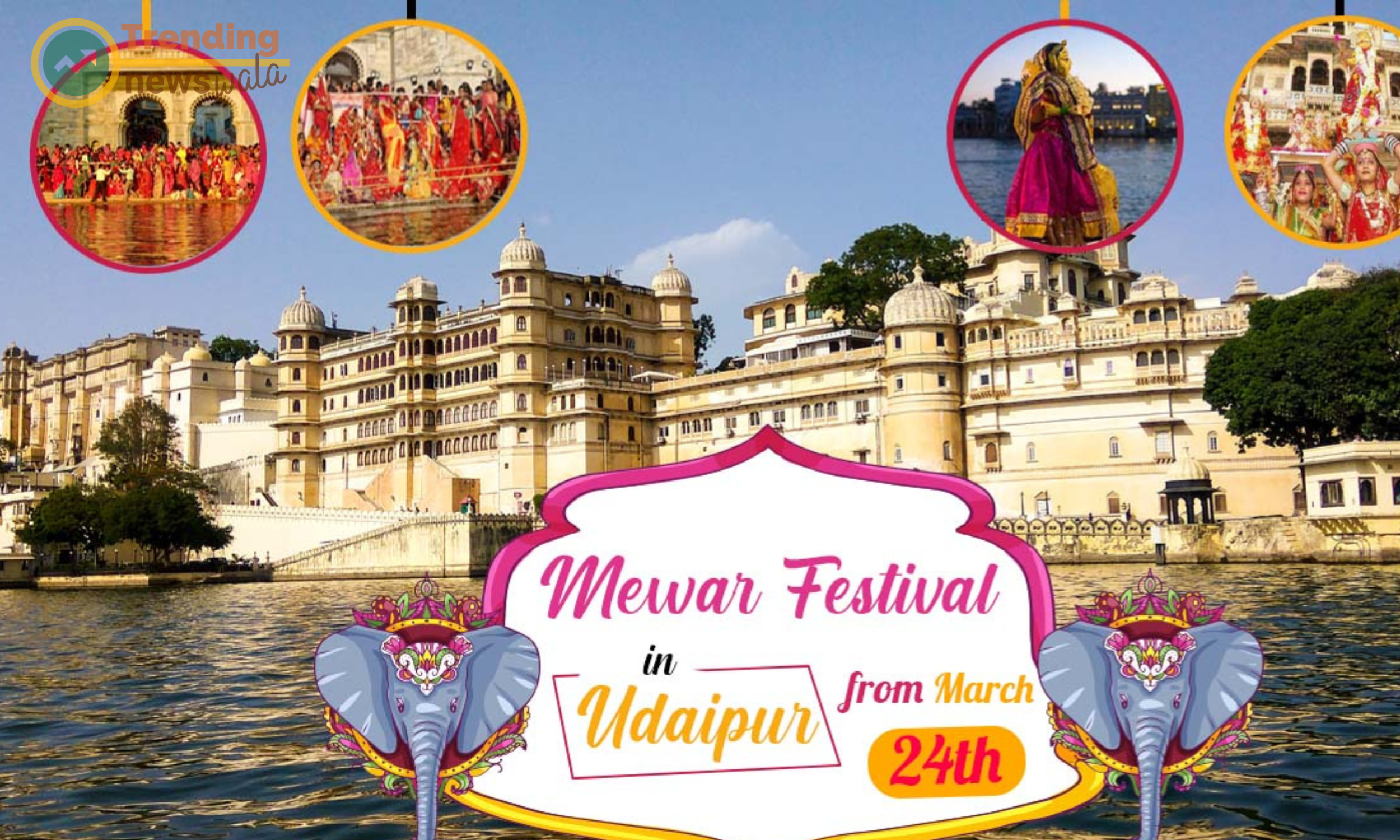
In the heart of Rajasthan, amidst the majestic forts and shimmering lakes, lies a celebration that echoes the splendor of ancient India - the Mewar Festival. Rooted in the rich cultural heritage of the region, this vibrant festival serves as a testament to the enduring legacy of Rajasthan's royal lineage. As we delve into the history and significance of the Mewar Festival, we unravel the threads of tradition that have woven together to create this timeless celebration.
Historical Roots: The Mewar Festival finds its origins in the annals of Rajasthan's illustrious history, particularly in the region of Mewar. Historically known as the land of valor and chivalry, Mewar has been home to illustrious rulers, artists, and poets whose legacy continues to shape the cultural landscape of the region. The festival is believed to have been celebrated for centuries, with its roots deeply intertwined with the religious and social fabric of Rajasthan.
Cultural Significance: The Mewar Festival is celebrated with great fervor and enthusiasm, marking the arrival of spring and the onset of the harvest season. It is dedicated to welcoming the goddess Parvati, symbolizing fertility, prosperity, and renewal. The festival is characterized by a vibrant array of rituals, ceremonies, and cultural performances that showcase the rich heritage of Mewar.
Key Rituals and Customs: One of the highlights of the Mewar Festival is the traditional procession known as the 'Gangaur Procession', wherein women dress in colorful attire, adorned with exquisite jewelry and embellishments. Carrying earthen pots balanced delicately on their heads, they parade through the streets, singing folk songs and offering prayers to the goddess Parvati. The procession culminates at the Gangaur Ghat, where the women ceremonially immerse their earthen pots in the waters of Lake Pichola, symbolizing the union of Shiva and Parvati.
Another integral aspect of the Mewar Festival is the vibrant cultural performances that captivate audiences with their grace and elegance. From traditional folk dances like Ghoomar and Kalbelia to mesmerizing music performances and puppet shows, the festival resonates with the rhythms and melodies of Rajasthan's cultural heritage.
Community Spirit and Unity: The Mewar Festival is not just a celebration; it is a testament to the spirit of community and unity that defines Rajasthan's social fabric. Families come together to participate in rituals, share traditional delicacies, and exchange greetings and gifts. The festival serves as a platform for fostering bonds of camaraderie and solidarity, transcending barriers of caste, creed, and social status.
Preservation of Heritage: In addition to its cultural and religious significance, the Mewar Festival plays a vital role in preserving and promoting Rajasthan's rich heritage. Through its colorful rituals, vibrant performances, and intricate craftsmanship, the festival showcases the artistic prowess and cultural diversity of the region. It serves as a reminder of the importance of safeguarding age-old traditions and passing them on to future generations.
As the echoes of folk music fade into the night and the streets of Udaipur come alive with the glow of lamps and lanterns, the Mewar Festival stands as a testament to the timeless charm of Rajasthan's cultural heritage. In an age of rapid modernization and change, the festival serves as a beacon of tradition, uniting people in a celebration of art, culture, and community spirit. Through its rituals, customs, and festivities, the Mewar Festival continues to weave together the threads of Rajasthan's ancient legacy, ensuring that its rich heritage endures for generations to come.
Mahavir Jayanti
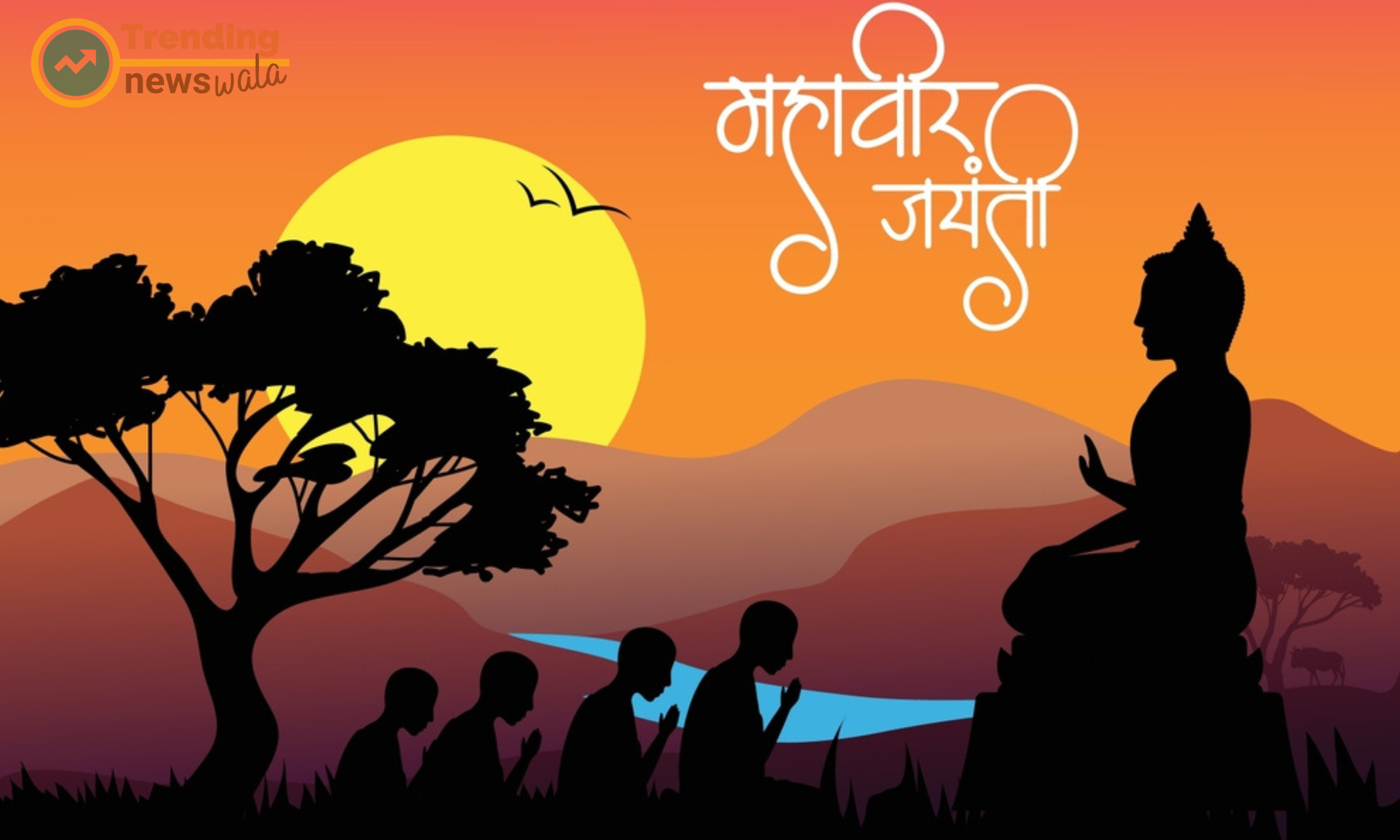
In the kaleidoscope of India's cultural panorama, Mahavir Jayanti shines as a radiant jewel, commemorating the birth anniversary of Lord Mahavir, the 24th and last Tirthankara of Jainism. Rooted deeply in the spiritual ethos of ancient India, Mahavir Jayanti transcends religious boundaries, offering devotees and admirers alike a glimpse into the profound teachings and timeless wisdom of this revered sage.
Ancient Origins: Mahavir Jayanti traces its origins to over two millennia ago, to the ancient land of India during the 6th century BCE. Born into a royal family in present-day Bihar, Mahavir renounced worldly comforts and embarked on a spiritual quest for truth and enlightenment. His teachings, centered on non-violence (ahimsa), truthfulness (satya), compassion (karuna), and self-discipline (tapas), laid the foundation for the philosophy of Jainism.
Rituals and Celebrations: On Mahavir Jayanti, devotees across the world pay homage to Lord Mahavir through various rituals and celebrations. The day begins with the recitation of sacred Jain scriptures, followed by prayers, hymns, and sermons extolling the virtues of the enlightened master. Devotees visit Jain temples, adorned with colorful decorations and vibrant flowers, to offer prayers and seek blessings for spiritual progress and well-being.
One of the most iconic rituals of Mahavir Jayanti is the grand procession, known as the Rath Yatra, wherein ornately decorated chariots carrying idols of Lord Mahavir are paraded through the streets amidst chanting of hymns and devotional songs. The atmosphere is charged with devotion and reverence as devotees immerse themselves in the divine presence of their beloved Tirthankara.
Spiritual Significance: Mahavir Jayanti holds profound spiritual significance for followers of Jainism, serving as a reminder of the timeless wisdom and compassionate teachings of Lord Mahavir. His emphasis on non-violence, tolerance, and respect for all forms of life continues to inspire millions around the world, transcending the boundaries of religion and culture.
Moreover, Mahavir Jayanti provides an opportunity for introspection and self-reflection, as devotees strive to emulate the virtues of their revered master in their daily lives. It is a time for deepening one's spiritual practice, cultivating inner peace, and fostering harmony with the world around them.
Cultural Reverence: Beyond its religious connotations, Mahavir Jayanti is also a celebration of India's rich cultural heritage and pluralistic ethos. It exemplifies the country's tradition of embracing diversity and honoring the contributions of spiritual luminaries who have shaped its cultural landscape.
In a world fraught with turmoil and discord, Mahavir Jayanti serves as a beacon of peace, compassion, and harmony, inspiring individuals to transcend differences and unite in the pursuit of a more enlightened and compassionate society.
As we commemorate Mahavir Jayanti, we are reminded of the enduring legacy of Lord Mahavir and the timeless relevance of his teachings in today's world. In a fast-paced and often turbulent society, his message of non-violence, truth, and compassion resonates deeply, offering solace and guidance to seekers of truth and seekers of peace alike. May Mahavir Jayanti inspire us to cultivate the virtues of love, compassion, and selflessness in our lives, thereby illuminating the path towards a more enlightened and harmonious world.
Vaisakhi

Amidst the kaleidoscope of India's cultural tapestry, Vaisakhi stands as a cherished festival, deeply rooted in the ancient traditions of the Indian subcontinent. Celebrated with fervor and enthusiasm across various regions of India, Vaisakhi holds profound significance as a festival of harvest, renewal, and spiritual awakening. Let us embark on a journey to explore the rich heritage and timeless allure of Vaisakhi, one of India's ancient festivals.
Historical Roots: Vaisakhi finds its origins in ancient India, tracing back to the agrarian societies of Punjab and other regions where agriculture played a pivotal role in the economy and culture. Historically observed on the first day of the Vaisakh month (usually April 13 or 14), Vaisakhi marked the harvest festival, commemorating the bountiful yield of crops and the onset of the new agricultural season.
Spiritual Significance: Beyond its agricultural significance, Vaisakhi holds profound spiritual importance, especially for the Sikh community. For Sikhs, Vaisakhi marks the anniversary of the Khalsa Panth, the initiation of the Khalsa brotherhood by Guru Gobind Singh Ji in 1699. It symbolizes the birth of the Khalsa, a community of saint-soldiers dedicated to upholding righteousness and serving humanity.
Rituals and Customs: Vaisakhi is celebrated with a myriad of rituals and customs, each reflecting the cultural diversity and spiritual fervor of the occasion. One of the most iconic rituals is the Nagar Kirtan, a religious procession that traverses through the streets, accompanied by hymn singing, martial arts displays, and the vibrant display of Sikh flags and banners.
Another integral aspect of Vaisakhi celebrations is the tradition of offering prayers and gratitude at gurdwaras (Sikh temples). Devotees gather to listen to hymns (kirtan) and partake in langar (community kitchen) where free meals are served to all, irrespective of caste, creed, or background. This egalitarian ethos lies at the heart of Sikhism and is reaffirmed during Vaisakhi festivities.
Cultural Extravaganza: Vaisakhi is not just a religious festival but also a cultural extravaganza, showcasing the vibrancy and diversity of Indian heritage. Colorful processions, traditional folk dances like Bhangra and Giddha, and melodious music fill the air, creating an atmosphere of joy and celebration. Traditional Punjabi attire, adorned with vibrant colors and intricate embroidery, adds to the festive charm of the occasion.
As we celebrate Vaisakhi, we honor the timeless traditions and cultural heritage that have been passed down through generations. Beyond its agricultural and religious significance, Vaisakhi embodies the spirit of unity, compassion, and community. It serves as a reminder of the interconnectedness of humanity and the eternal cycle of renewal and abundance. In a rapidly changing world, Vaisakhi stands as a beacon of hope and resilience, inspiring us to embrace the values of love, equality, and service to others.
Buddha Purnima
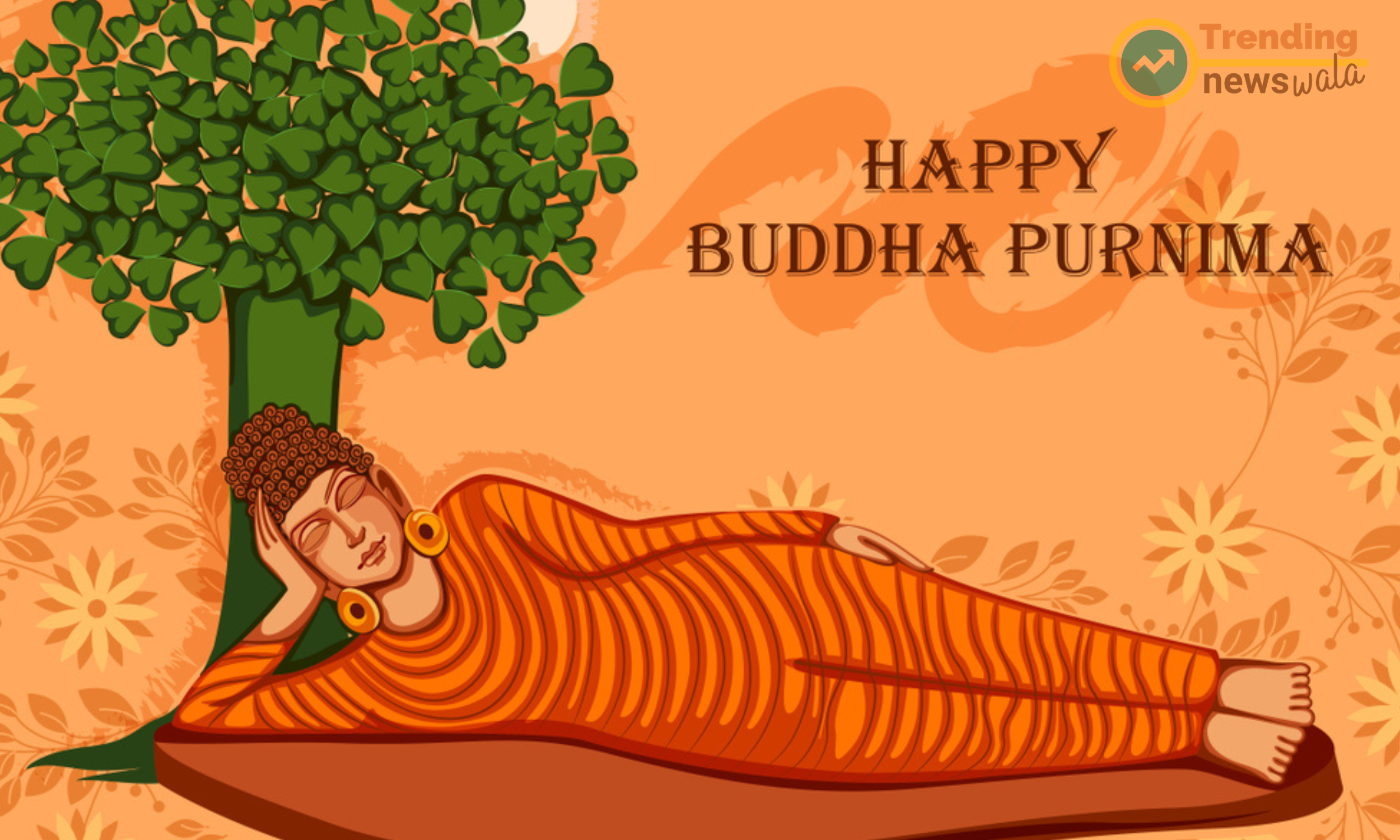
Amidst the kaleidoscope of festivals that adorn India's cultural calendar, Buddha Purnima stands as a beacon of enlightenment and spiritual awakening. This ancient festival, also known as Vesak or Buddha Jayanti, commemorates the birth, enlightenment, and death of Lord Buddha, the founder of Buddhism. As we delve into the timeless essence of Buddha Purnima, we unravel the threads of wisdom and compassion that have woven the fabric of Indian spirituality for millennia.
Ancient Origins: Buddha Purnima traces its origins back to ancient India, during the 6th century BCE, when Siddhartha Gautama, later known as Buddha, was born in the kingdom of Lumbini (present-day Nepal). His quest for truth and liberation led him on a transformative journey of self-discovery, culminating in his enlightenment under the Bodhi tree in Bodh Gaya, Bihar. Buddha's teachings, encompassing the Four Noble Truths and the Eightfold Path, laid the foundation for Buddhism, a profound spiritual tradition that continues to inspire millions around the world.
Rituals and Observances: On Buddha Purnima, devotees and followers of Buddhism gather at monasteries, temples, and sacred sites to pay homage to Lord Buddha and reflect on his teachings. The day begins with devotees performing acts of merit, such as offering alms to monks, practicing meditation, and reciting sutras (Buddhist scriptures). Many temples are adorned with colorful decorations, flowers, and Buddhist flags, creating a serene and reverential atmosphere.
One of the most revered rituals of Buddha Purnima is the 'Bathing of the Buddha' ceremony, where devotees pour water over the statue of Lord Buddha, symbolizing purification and renewal. This ritual is reminiscent of the legend of Prince Siddhartha's birth, where it is said that he was bathed by celestial beings to purify his body and soul.
Cultural Significance: Beyond its religious connotations, Buddha Purnima holds profound cultural significance in India and beyond. It serves as a reminder of the timeless values of compassion, non-violence, and selflessness espoused by Lord Buddha. His teachings on mindfulness, inner peace, and the path to enlightenment resonate with people of all backgrounds, transcending boundaries of faith and ideology.
Buddha Purnima also provides an opportunity for introspection and self-reflection, as individuals contemplate the universal truths articulated by Lord Buddha. The festival encourages a spirit of harmony and tolerance, fostering understanding and empathy in an increasingly interconnected world.
As we celebrate Buddha Purnima, we are reminded of the enduring legacy of Lord Buddha's teachings, which continue to illuminate the path to wisdom and enlightenment. In a world beset by turmoil and strife, the message of compassion and understanding propagated by Buddha Purnima resonates more strongly than ever. As we pay homage to the enlightened sage who walked the earth over two millennia ago, we embrace the timeless spirit of ancient India, embodying the virtues of peace, wisdom, and universal brotherhood.
Independence Day
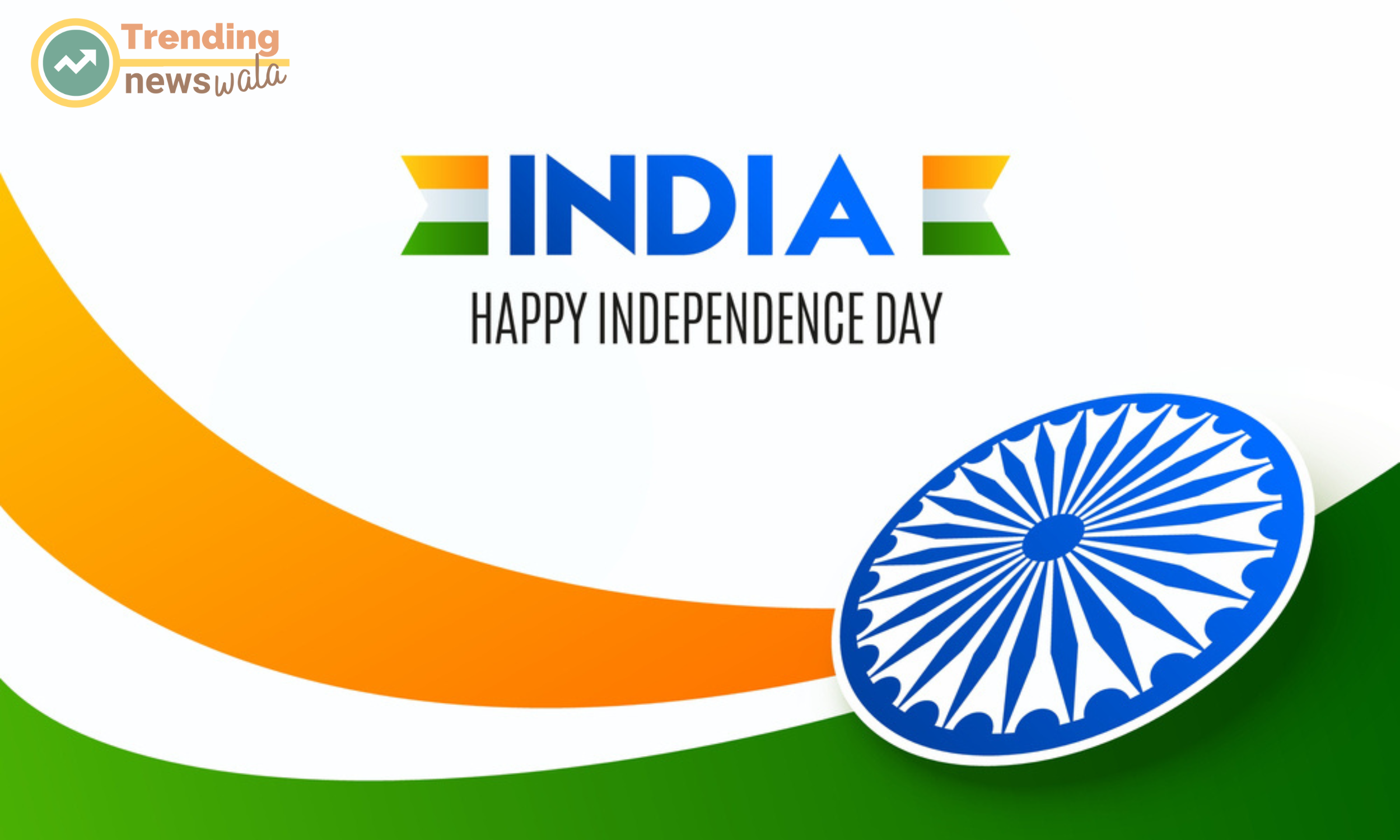
India, a land steeped in history and tradition, celebrates its Independence Day on the 15th of August each year. While this modern commemoration marks the country's liberation from colonial rule, India's cultural landscape is also adorned with a myriad of ancient festivals that predate its independence by centuries. In this article, we explore the juxtaposition of Independence Day with some of India's oldest festivals, reflecting on the rich tapestry of tradition and heritage that defines the nation.
Independence Day: A Moment of Pride and Remembrance: Independence Day, observed on the 15th of August, commemorates the historic occasion when India gained freedom from British rule in 1947. The day is marked by patriotic fervor, flag hoisting ceremonies, cultural events, and tributes to the freedom fighters who sacrificed their lives for the nation's independence. It serves as a reminder of India's hard-fought journey towards sovereignty and democracy, instilling a sense of pride and unity among its citizens.
Ancient Festivals of India: Echoes of Tradition and Spirituality: Amidst the modern celebrations of Independence Day, India's cultural calendar is adorned with a plethora of ancient festivals that resonate with timeless traditions and spiritual significance. These festivals, rooted deeply in the fabric of Indian society, offer a glimpse into the country's rich cultural heritage and diverse religious practices.
- Diwali: Known as the Festival of Lights, Diwali is one of India's most celebrated festivals, symbolizing the victory of light over darkness and good over evil. It is marked by the lighting of diyas (oil lamps), colorful decorations, fireworks, and the exchange of sweets and gifts. Diwali holds deep religious significance for Hindus, Jains, Sikhs, and Buddhists, each community commemorating different historical events associated with the festival.
- Holi: Holi, also known as the Festival of Colors, heralds the arrival of spring and celebrates the triumph of good over evil. It is characterized by vibrant colors, playful water fights, and festive music. Holi holds mythological significance, with roots tracing back to ancient Hindu texts and legends. The festival is a time for joyous revelry and the fostering of community bonds.
- Navratri/Durga Puja: Navratri, a nine-night festival dedicated to the worship of the goddess Durga, is celebrated with great fervor across India. In some regions, it culminates in Durga Puja, a grand celebration commemorating the victory of goddess Durga over the demon Mahishasura. The festival is marked by colorful processions, elaborate rituals, and traditional dance forms like Garba and Dandiya Raas.
- Eid al-Fitr and Eid al-Adha: Eid al-Fitr and Eid al-Adha are two major Islamic festivals celebrated by Muslims in India and around the world. Eid al-Fitr marks the end of Ramadan, the Islamic holy month of fasting, while Eid al-Adha commemorates the willingness of Prophet Ibrahim to sacrifice his son as an act of obedience to God. Both festivals are occasions for communal prayers, feasting, and acts of charity.
As India commemorates its Independence Day amidst the backdrop of modernity and progress, it is important to reflect on the timeless traditions and cultural heritage that define the nation. While Independence Day symbolizes the country's political freedom, ancient festivals like Diwali, Holi, Navratri, and Eid serve as reminders of India's spiritual and cultural richness. Together, these celebrations paint a vivid portrait of India's vibrant tapestry of tradition, unity, and diversity, embodying the essence of the nation's collective identity.
Parsi New Year Navroz
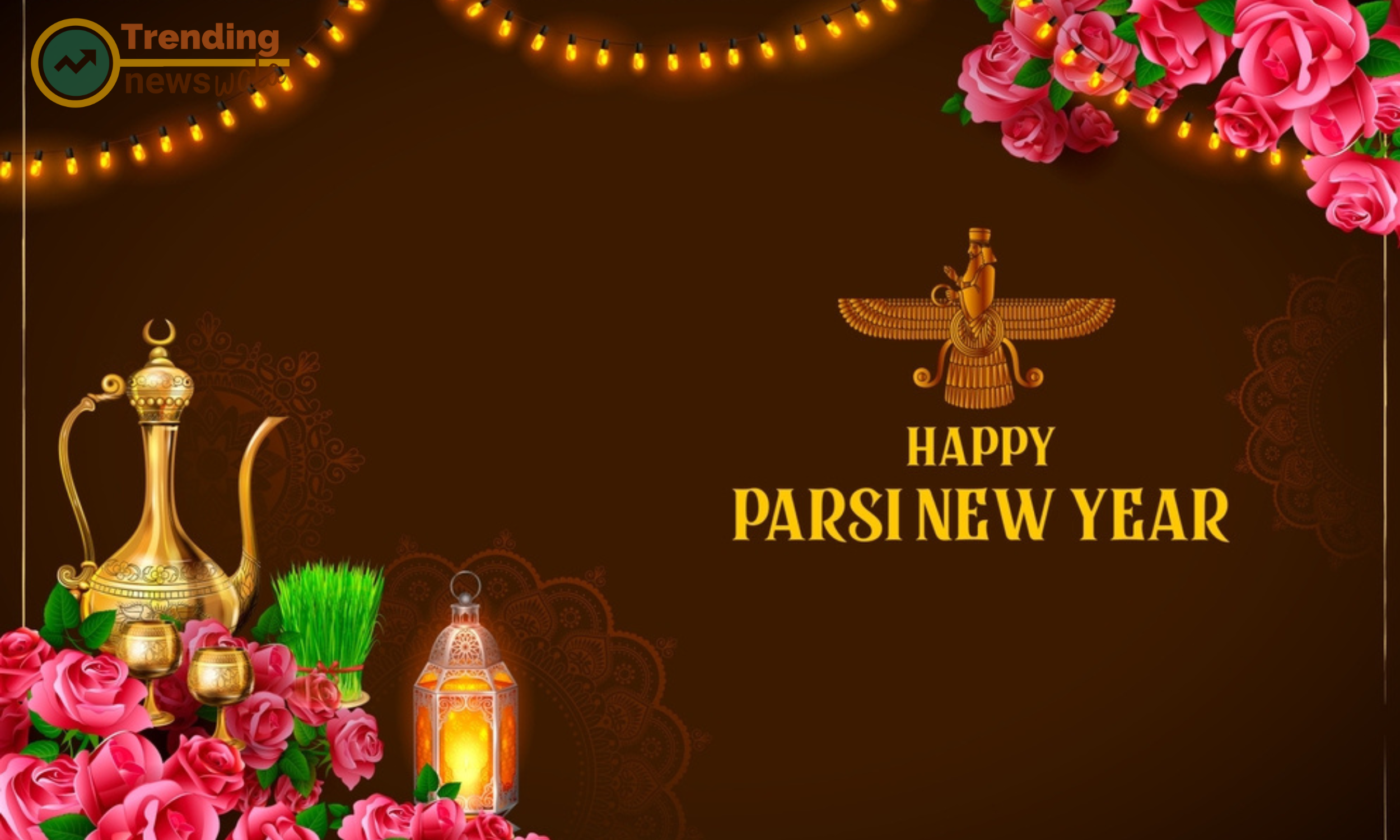
India, a land of diverse cultures and traditions, welcomes the arrival of spring with open arms and jubilant celebrations. Among the array of festivals that adorn the country's cultural calendar is Navroz, the Parsi New Year. Rooted in ancient traditions and steeped in symbolism, Navroz is a time for renewal, reflection, and rejoicing. In this article, we delve into the significance of Navroz and its place among India's ancient festivals.
Navroz: A Celebration of Renewal and
Rebirth: Navroz, also known as Nowruz or the Persian New Year, marks the beginning of the Zoroastrian calendar and coincides with the vernal equinox, usually falling on or around March 21st. The festival has its origins in ancient Persia and has been celebrated for over 3,000 years. As a harbinger of spring, Navroz symbolizes renewal, fertility, and the triumph of light over darkness.
Customs and Traditions: Navroz is celebrated with a myriad of customs and traditions that reflect its rich cultural heritage. In the days leading up to the festival, Parsi households undergo a thorough cleaning, symbolizing the purification of the mind, body, and spirit. New clothes are donned, and homes are adorned with flowers and decorations to welcome the New Year with fresh beginnings and positivity.
One of the most cherished traditions of Navroz is the preparation and sharing of a special sweet dish called 'Falooda' or 'Ravo.' Made with vermicelli, milk, sugar, and dry fruits, Falooda is a symbol of sweetness and abundance, enjoyed by families and friends as they gather to celebrate the occasion.
Navroz is also a time for community gatherings, where Parsi families come together to offer prayers, exchange greetings, and partake in festive feasts. The festival is marked by the recitation of prayers, hymns, and verses from the Avesta, the holy scripture of Zoroastrianism, invoking blessings for prosperity, health, and happiness in the New Year.
Symbolism and Significance: At its core, Navroz embodies the spirit of renewal and rebirth, echoing the ancient Zoroastrian belief in the eternal cycle of life, death, and renewal. The festival represents a time of introspection and spiritual growth, as individuals reflect on their past deeds and resolve to embark on a path of righteousness and virtue in the year ahead.
Navroz is also a celebration of cultural diversity and harmony, as it transcends religious and ethnic boundaries, uniting people of different backgrounds in the spirit of camaraderie and goodwill. In India, where Parsis have made significant contributions to the country's cultural, social, and economic fabric, Navroz serves as a reminder of their enduring legacy and vibrant cultural heritage.
As India embraces the arrival of spring with the joyous celebration of Navroz, it pays homage to the ancient traditions and timeless wisdom that have shaped its cultural landscape. Navroz serves as a testament to the resilience of the human spirit and the enduring power of hope, reminding us of the eternal cycle of life and the promise of new beginnings. In a world filled with uncertainty and upheaval, Navroz offers a ray of hope and optimism, illuminating our path with the promise of a brighter future ahead.
Losar
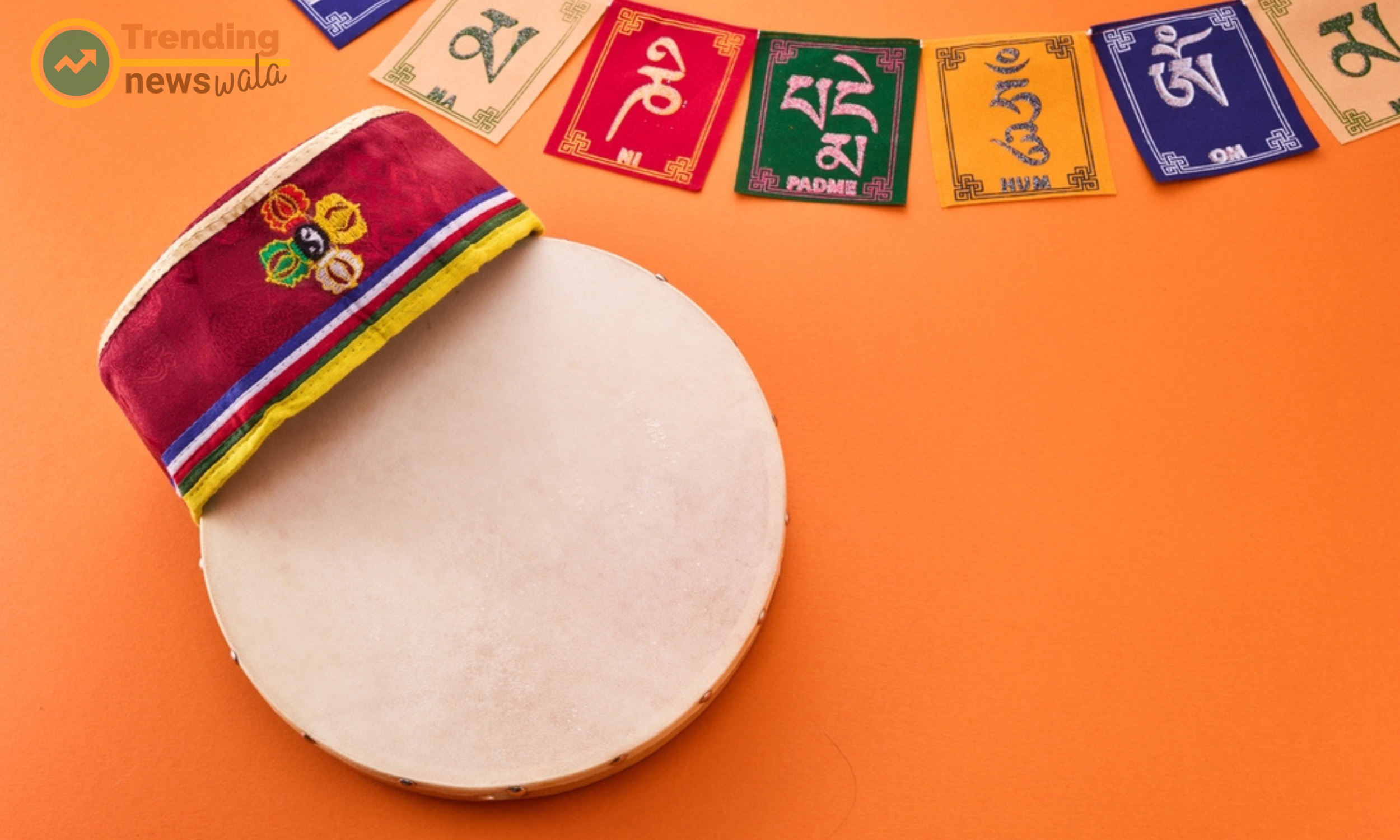
In the serene valleys of the Himalayas, amidst snow-capped peaks and pristine landscapes, the ancient festival of Losar unfolds, heralding the arrival of the Tibetan New Year. Rooted deeply in Buddhist traditions and steeped in cultural significance, Losar is a time for reflection, renewal, and rejoicing. As we delve into the essence of Losar, we uncover its profound connections to the ancient festivals of India, weaving together a narrative of spiritual awakening and communal celebration.
Losar: The Tibetan New Year: Losar, meaning "New Year" in Tibetan, is celebrated by Tibetan Buddhists and communities across the Himalayan region. The festival marks the beginning of the lunar calendar and usually falls between late January and early March, coinciding with the first new moon of the year. Losar festivities typically last for several days, with each day dedicated to specific rituals, prayers, and cultural performances.
Customs and Traditions: Losar is steeped in a rich tapestry of customs and traditions that reflect the spiritual and cultural heritage of the Tibetan people. In the days leading up to Losar, households undergo thorough cleaning and purification, symbolizing the casting away of negative energies and the welcoming of auspicious beginnings. Intricate decorations, including colorful prayer flags, auspicious symbols, and intricate mandalas, adorn homes and monasteries, imbuing the atmosphere with a sense of reverence and joy.
One of the central rituals of Losar is the offering of 'Tormas,' elaborately crafted butter sculptures, symbolizing the impermanence of life and the transience of worldly desires. Monks and devotees gather at temples and monasteries to offer prayers and chants, seeking blessings for peace, prosperity, and spiritual enlightenment in the coming year.
Losar is also a time for feasting and merry-making, with families and communities coming together to share traditional delicacies, exchange gifts, and engage in cultural performances such as masked dances, folk music, and theatrical performances. The festival embodies the spirit of generosity, compassion, and communal harmony, fostering bonds of kinship and solidarity among participants.
Spiritual Significance: At its core, Losar is a celebration of spiritual renewal and awakening, rooted in the Buddhist principles of impermanence, compassion, and mindfulness. The festival serves as an opportunity for individuals to reflect on the past year, cultivate positive intentions, and embark on a path of spiritual growth and self-discovery. Through prayers, meditation, and acts of kindness, devotees seek to purify their minds and hearts, ushering in a new year filled with wisdom, compassion, and inner peace.
Connections to Ancient Indian Festivals: While Losar originated in Tibet, its celebration bears striking resemblances to ancient Indian festivals such as Diwali, Holi, and Navratri, which also emphasize the themes of renewal, purification, and spiritual enlightenment. Like Losar, these festivals are characterized by vibrant celebrations, symbolic rituals, and a profound reverence for the cycles of nature and life.
As India's cultural tapestry unfolds, Losar emerges as a timeless celebration of spiritual awakening and communal harmony. Through its customs, traditions, and rituals, Losar reminds us of the interconnectedness of all beings and the eternal journey towards enlightenment. As we join hands with our Tibetan brethren in celebrating Losar, we embark on a journey of self-discovery and renewal, guided by the light of wisdom and compassion.
Bihu
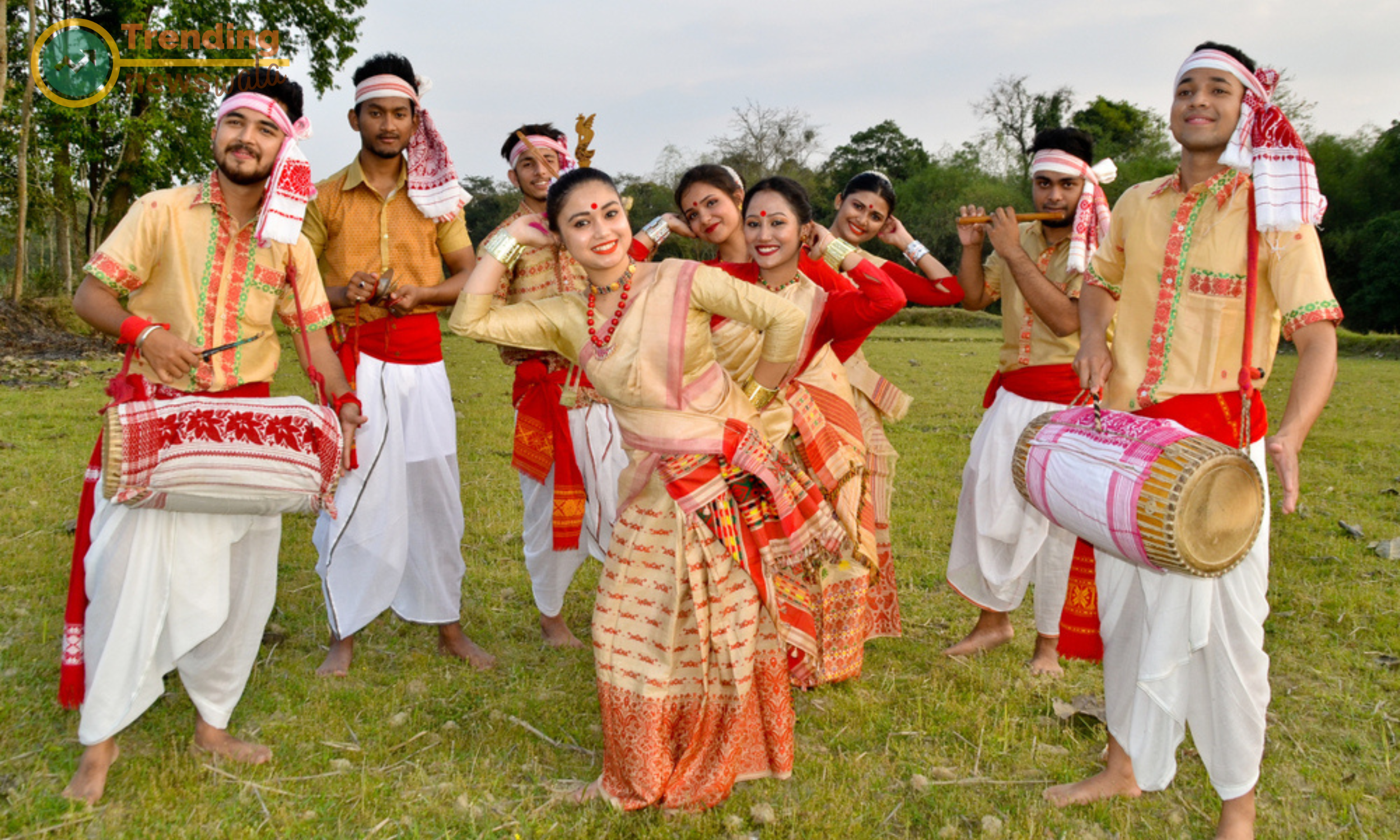
In the verdant landscapes of Assam, amidst the lush green fields and swaying palms, the vibrant festival of Bihu unfolds, heralding the arrival of spring and celebrating the bountiful harvest. Rooted deeply in Assamese culture and tradition, Bihu is a time for joyous revelry, cultural performances, and communal gatherings. As we delve into the essence of Bihu, we uncover its ancient origins and enduring significance among India's diverse festivals.
Bihu: A Celebration of Nature's Bounty: Bihu is a series of festivals celebrated in Assam throughout the year, with Rongali Bihu being the most significant. Observed in mid-April, Rongali Bihu, also known as Bohag Bihu, marks the beginning of the Assamese New Year and coincides with the onset of the agricultural season. The festival symbolizes the rejuvenation of nature, the fertility of the land, and the promise of abundance in the coming year.
Customs and Traditions: Bihu is characterized by a colorful array of customs and traditions that reflect the agrarian lifestyle and cultural heritage of Assam. The festival begins with 'Goru Bihu,' dedicated to the worship of cattle, which play a vital role in agricultural activities. Farmers decorate their cattle with garlands and perform rituals to express gratitude for their contribution to the harvest.
The highlight of Bihu celebrations is the traditional dance form known as 'Bihu dance,' performed by men and women in colorful attire, to the rhythmic beats of drums, bamboo flutes, and traditional Assamese instruments. The dance is accompanied by melodious folk songs, known as Bihu geet, which narrate tales of love, nature, and rural life.
Another integral aspect of Bihu is the preparation and sharing of traditional delicacies such as pitha (rice cakes), laru (sweet balls), and til pitha (sesame seed cakes). Families and communities come together to exchange sweets, gifts, and greetings, fostering a sense of unity and camaraderie.
Cultural Significance: Bihu holds profound cultural significance in Assamese society, serving as a platform for the preservation and promotion of indigenous art forms, music, and cuisine. The festival transcends barriers of caste, creed, and religion, bringing people from diverse backgrounds together in a spirit of harmony and celebration.
Bihu is also a time for reflection and introspection, as individuals express gratitude for the blessings of nature and seek blessings for prosperity, health, and happiness in the New Year. Through prayers, rituals, and acts of kindness, devotees honor the ancient traditions and values that have shaped Assamese identity for centuries.
As Assam welcomes the arrival of spring with the joyous festivities of Bihu, it pays homage to the ancient rhythms of nature and the enduring spirit of its people. Through its customs, traditions, and cultural performances, Bihu embodies the essence of Assamese culture and heritage, celebrating the interconnectedness of life and the cycles of nature. As we join hands with the people of Assam in celebrating Bihu, we embrace the timeless rhythms of renewal, abundance, and community that define this ancient festival.
Akshaya Tritiya
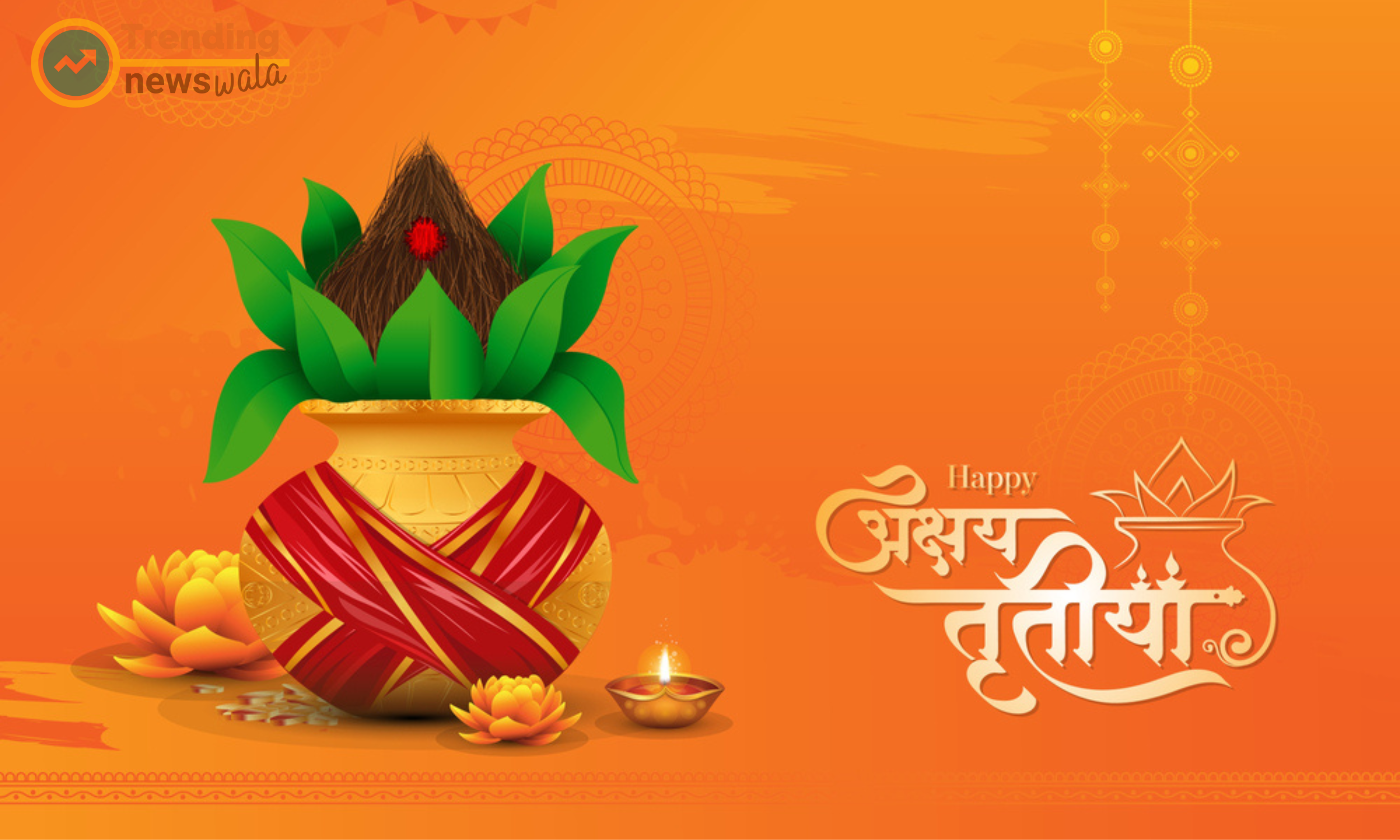
In the vast tapestry of India's cultural heritage, Akshaya Tritiya stands as a timeless celebration of prosperity, abundance, and auspicious beginnings. Rooted deeply in Hindu mythology and tradition, this ancient festival holds a special place in the hearts of millions, symbolizing the eternal pursuit of wealth, wisdom, and spiritual enlightenment. As we explore the essence of Akshaya Tritiya, we uncover its significance among India's diverse festivals, weaving together a narrative of tradition, devotion, and hope.
Akshaya Tritiya: The Day of Eternal Prosperity: Akshaya Tritiya, also known as Akha Teej, is a sacred day celebrated on the third lunar day of the bright half of the Hindu month of Vaishakha (April-May). The term "Akshaya" translates to "eternal" or "indestructible," signifying the belief that any auspicious activity undertaken on this day will yield everlasting results. It is believed that the divine blessings of Lord Vishnu and Goddess Lakshmi are particularly abundant on Akshaya Tritiya, making it an opportune time for new beginnings, investments, and spiritual endeavors.
Customs and Traditions: Akshaya Tritiya is marked by a myriad of customs and rituals that reflect its cultural and spiritual significance. One of the most prevalent customs is the offering of prayers and donations to Lord Vishnu and Goddess Lakshmi, seeking their blessings for prosperity and abundance. Devotees visit temples and perform pujas, recite mantras, and offer flowers, fruits, and sweets as offerings to the deities.
Another prominent tradition associated with Akshaya Tritiya is the purchase of gold and other precious metals, as it is believed that buying gold on this auspicious day brings prosperity and good fortune. People flock to jewelry stores and markets to invest in gold jewelry, coins, or ornaments, symbolizing wealth, security, and prosperity.
In addition to gold purchases, Akshaya Tritiya is also considered an auspicious day for starting new ventures, business endeavors, or important life events such as weddings, housewarming ceremonies, and educational pursuits. It is believed that any endeavor initiated on this day is blessed with success and longevity, paving the way for a bright and prosperous future.
Spiritual Significance: Beyond its material connotations, Akshaya Tritiya holds profound spiritual significance in Hindu mythology and philosophy. The day is associated with the divine manifestations of Lord Vishnu and Goddess Lakshmi, who symbolize wealth, abundance, and prosperity in Hinduism. By invoking their blessings on Akshaya Tritiya, devotees seek not only material wealth but also spiritual fulfillment and inner peace.
Akshaya Tritiya also commemorates significant events from Hindu mythology, including the birth of Lord Parasurama, the sixth incarnation of Lord Vishnu, and the day when the river Ganges descended to earth from the heavens. These mythological narratives add depth and richness to the festival, reminding devotees of the timeless wisdom and divine grace inherent in Hindu cosmology.
As India embraces the auspicious energies of Akshaya Tritiya, it embarks on a journey of spiritual renewal, material prosperity, and divine grace. Through its customs, traditions, and rituals, Akshaya Tritiya embodies the timeless values of abundance, generosity, and devotion that have sustained Indian culture for millennia. As devotees invoke the blessings of Lord Vishnu and Goddess Lakshmi on this sacred day, they reaffirm their faith in the eternal cycle of life, abundance, and auspicious beginnings that defines the essence of Akshaya Tritiya.
Vishu
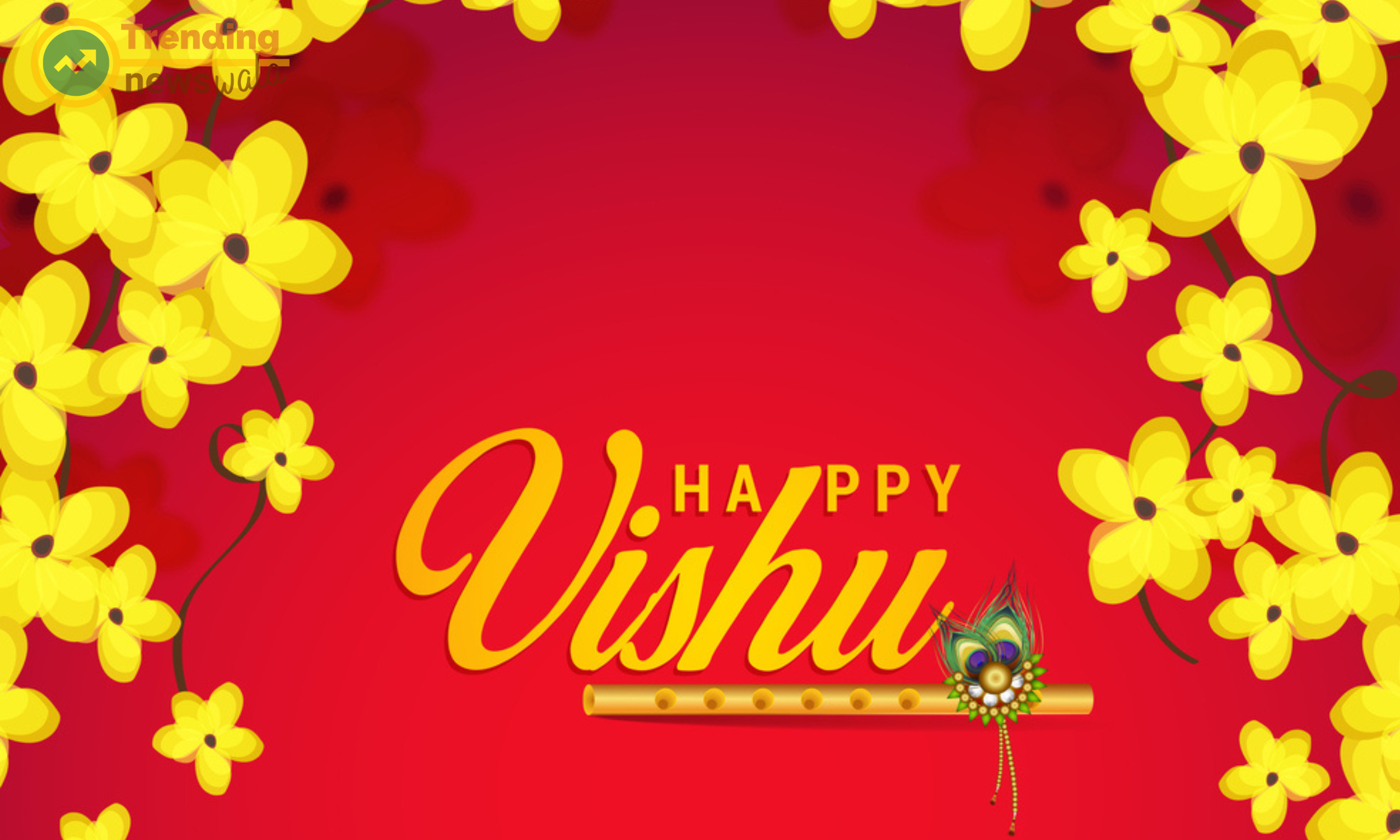
In the tranquil backwaters and lush greenery of Kerala, the arrival of Vishu marks the beginning of a new year filled with hope, prosperity, and spiritual renewal. Vishu, a significant festival in Kerala, is deeply rooted in tradition and mythology, symbolizing the cyclical nature of life and the eternal pursuit of happiness. As we delve into the essence of Vishu, we unravel its timeless customs, rituals, and spiritual significance, showcasing its enduring place among India's ancient festivals.
Vishu: The Dawn of a New Year: Vishu, celebrated on the first day of the Malayalam month of Medam (April-May), marks the beginning of the traditional Malayalam New Year. The word "Vishu" translates to "equal," signifying the equinox when day and night are of equal duration, symbolizing balance and harmony in nature. It is a time for families to come together, reflect on the past, and welcome the promise of a new beginning with optimism and joy.
Customs and Traditions: Vishu is characterized by a variety of customs and rituals that add color and vibrancy to the celebrations. The day begins with the ceremonial arrangement of auspicious items known as the "Vishukkani," which typically includes golden fruits like mangoes, jackfruits, bananas, coconut, betel leaves, flowers, grains, and a mirror. The sight of Vishukkani upon waking is believed to bring good fortune and prosperity for the entire year.
Following the Vishukkani, families indulge in a traditional feast known as "Vishu Sadya," comprising a delectable spread of vegetarian dishes served on a banana leaf. Special dishes like Vishu Kanji, Thoran, Avial, and Payasam are prepared to tantalize the taste buds and evoke a sense of culinary delight.
Another cherished tradition of Vishu is the giving of "Vishu Kaineettam," wherein elders give money or tokens of blessings to younger members of the family, symbolizing prosperity, abundance, and goodwill.
Spiritual Significance: Beyond its material festivities, Vishu holds profound spiritual significance in Kerala society, rooted in Hindu mythology and philosophy. The festival is dedicated to Lord Vishnu, the preserver of the universe, and is marked by prayers, offerings, and visits to temples. Devotees seek the blessings of Lord Vishnu for prosperity, peace, and spiritual enlightenment in the coming year.
Vishu also commemorates the divine moment when Lord Krishna revealed his universal form, known as "Vishwaroopam," to his devotee Arjuna in the epic Mahabharata. This event symbolizes the revelation of divine truths and the eternal cycle of creation, preservation, and destruction in Hindu cosmology.
As Kerala welcomes the dawn of a new year with the joyous celebrations of Vishu, it pays homage to the ancient traditions and timeless wisdom that have shaped Malayali culture for centuries. Through its customs, rituals, and festivities, Vishu embodies the spirit of unity, prosperity, and spiritual renewal that defines the essence of Kerala's cultural identity. As families gather, homes come alive with color, and temples resonate with prayers, Vishu serves as a poignant reminder of the enduring legacy of Malayali heritage, uniting hearts and souls in a joyous celebration of life's eternal rhythms.
Chhath Puja
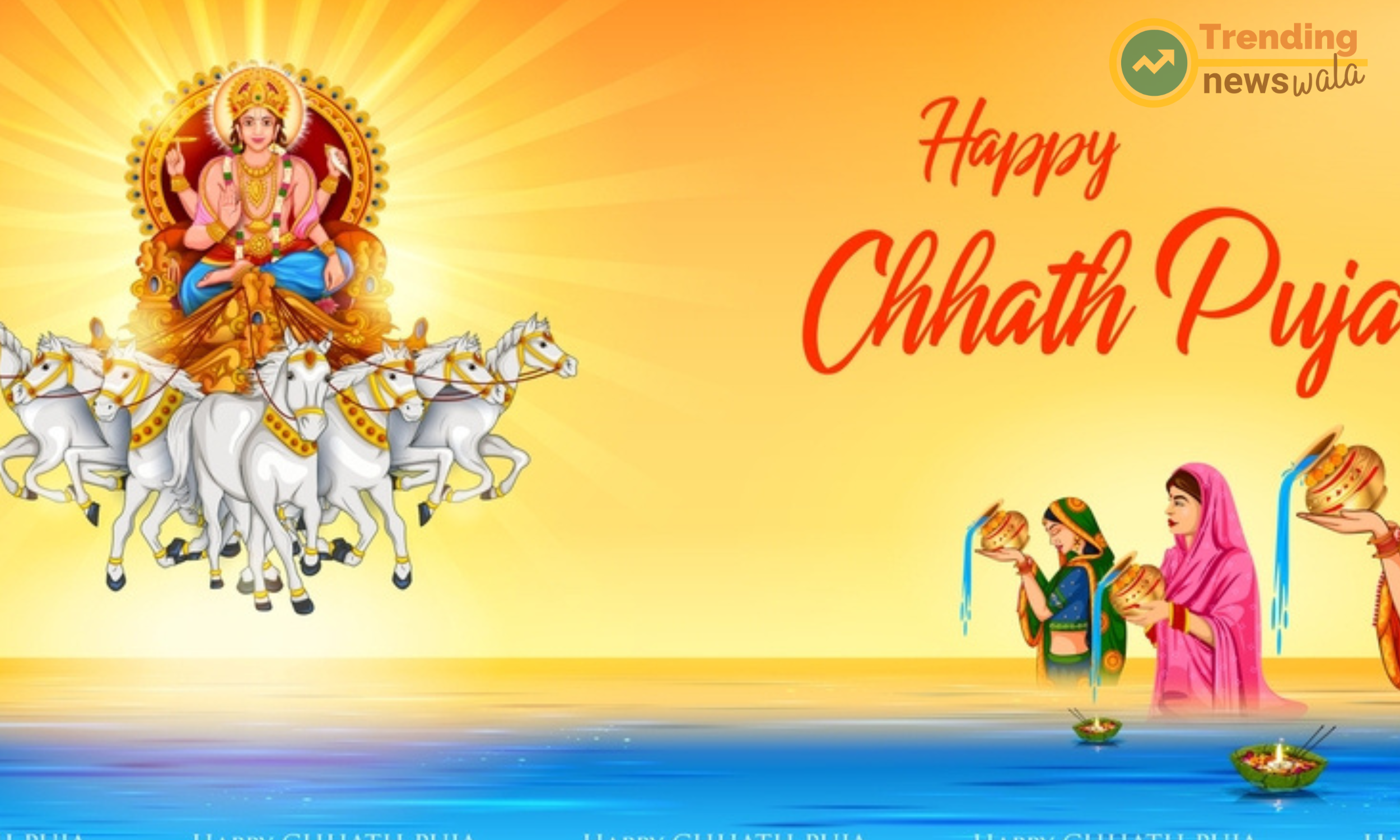
In the heartlands of India, particularly in the states of Bihar, Jharkhand, Uttar Pradesh, and parts of Nepal, the ancient festival of Chhath Puja unfolds with deep reverence and devotion. This sacred celebration, dedicated to the Sun God, Surya, holds a special place in the hearts of millions, symbolizing gratitude, purity, and spiritual renewal. As we delve into the essence of Chhath Puja, we unravel its timeless customs, rituals, and profound significance, showcasing its enduring place among India's ancient festivals.
Chhath Puja: A Tribute to the Sun God: Chhath Puja, also known as Surya Shashthi, is a four-day festival that takes place in the Hindu lunar month of Kartik, typically falling in October or November. It is observed during the sixth day (Shashthi) of the lunar fortnight, following Diwali, the festival of lights. Chhath Puja is dedicated to Surya Dev, the Sun God, and his consort, Usha, the goddess of dawn, with devotees expressing their gratitude and seeking blessings for prosperity, longevity, and well-being.
Customs and Traditions: Chhath Puja is characterized by a series of rigorous rituals and customs that devotees observe with unwavering devotion and sincerity. The festival begins with the "Nahay Khay" ritual, where devotees take a holy dip in the river or a water body before sunrise, followed by the preparation of traditional vegetarian meals.
The second day, known as "Kharna," involves fasting throughout the day, culminating in the evening when devotees break their fast after performing rituals and offering prayers to the Sun God. Special offerings, including rice pudding (kheer), fruits, and sugarcane stalks, are prepared and shared among family members and neighbors as part of the festivities.
On the third day, devotees observe a day-long fast without water, known as "Lohanda" or "Sanjhiya Arghya," and offer prayers to the setting sun. The rituals include standing in water and making offerings of water, milk, and fruits to the Sun God, seeking his blessings for prosperity, health, and happiness.
The final day, known as "Usha Arghya" or "Paarun," involves offering prayers to the rising sun on the banks of rivers or water bodies. Devotees perform the ritual of "Arghya," where they make offerings of water and other items to the rising sun, expressing gratitude for his life-giving energy and seeking his benevolent blessings.
Spiritual Significance: Chhath Puja holds profound spiritual significance in Hindu mythology and philosophy, symbolizing the reverence for nature, the elements, and the cycle of life. The festival is believed to have ancient roots, dating back to the Vedic period, and is mentioned in the Mahabharata and other ancient texts.
Chhath Puja is also associated with the worship of Chhathi Maiya, believed to be the sister of Surya Dev and the divine consort of the Sun God. Devotees invoke her blessings for the well-being of their families and the fulfillment of their wishes during the festival.
As devotees across Bihar, Jharkhand, Uttar Pradesh, and Nepal observe the ancient rituals of Chhath Puja, they embody the timeless traditions and spiritual fervor that define this sacred celebration. Through their unwavering devotion, they pay homage to the life-giving energy of the Sun God and express gratitude for the bounties of nature. Chhath Puja serves as a poignant reminder of the enduring bond between humanity and the natural world, uniting hearts and souls in a joyous celebration of life's eternal rhythms.
Raksha Bandhan
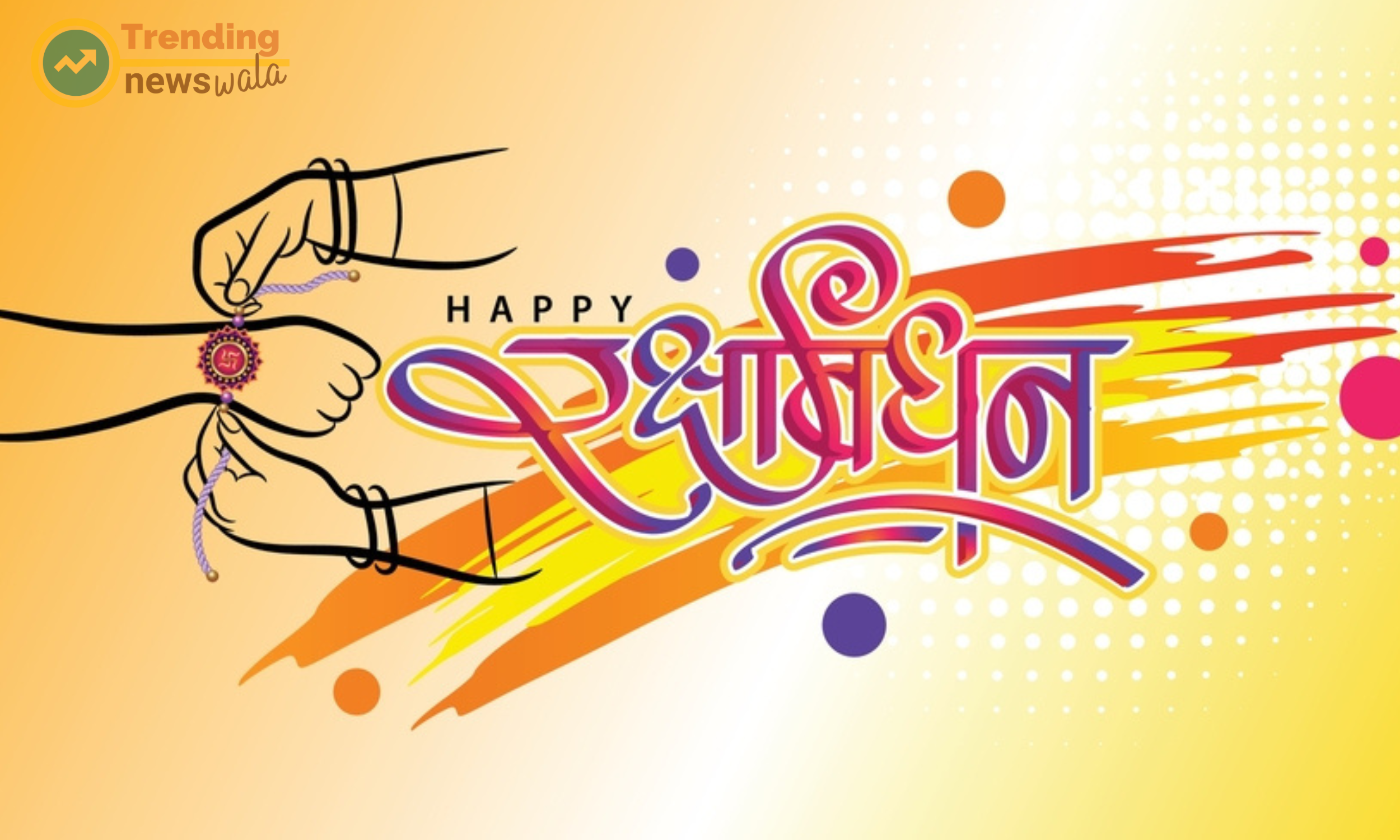
Raksha Bandhan, one of the most cherished festivals in India, is not just a day of rituals but a celebration of the profound bond between siblings. Rooted deep in Indian culture and tradition, this festival transcends mere customs; it encapsulates the essence of love, care, and protection.
Historical Origins: The origins of Raksha Bandhan can be traced back to ancient Indian mythology and folklore. One of the most famous tales associated with this festival is that of Lord Krishna and Draupadi from the epic Mahabharata. Legend has it that Draupadi tore a strip of her saree and tied it around Krishna's wrist to staunch the bleeding from a battlefield wound. Touched by her gesture, Krishna vowed to protect her forever. This act symbolizes the bond of protection that is central to Raksha Bandhan.
Symbolism and Rituals: Raksha Bandhan, also known as Rakhi, typically falls on the full moon day of the Hindu lunar month of Shravana. On this day, sisters tie a sacred thread, known as Rakhi, around the wrist of their brothers, symbolizing their love and prayers for their well-being. In return, brothers pledge to protect their sisters and offer them gifts as a token of their affection.
The Rakhi itself holds significant symbolism. It is not just a thread but a sacred talisman that embodies the bond of love and protection between siblings. The act of tying the Rakhi signifies the sister's love and trust in her brother, while the brother's acceptance of the Rakhi symbolizes his commitment to safeguard his sister from all adversities.
Regional Variations: While Raksha Bandhan is celebrated throughout India, the customs and rituals may vary across regions. In some parts of the country, cousins and close relatives also participate in the festivities, strengthening the bonds of kinship beyond siblings. In certain communities, Raksha Bandhan is not limited to brothers and sisters but extends to include prayers for the well-being of all loved ones.
Contemporary Celebrations: In modern times, Raksha Bandhan has evolved beyond its traditional roots and has become a celebration of all forms of siblinghood, irrespective of gender or biological ties. It is not uncommon to see friends, cousins, and even colleagues exchanging Rakhis as a symbol of friendship and camaraderie.
Furthermore, with the advent of technology, the ritual of Rakhi tying has transcended physical boundaries. Sisters who are unable to be with their brothers in person often send Rakhis through mail or opt for virtual celebrations, connecting with their loved ones through video calls and messages.
The Essence of Raksha Bandhan: At its core, Raksha Bandhan embodies the timeless values of love, trust, and protection. It serves as a reminder of the importance of familial bonds and the duty of siblings towards each other. Beyond the rituals and festivities, Raksha Bandhan fosters a sense of unity and solidarity within families, strengthening the fabric of Indian society.
In a world that is constantly evolving, Raksha Bandhan stands as a testament to the enduring power of tradition and the timeless significance of human relationships. As Indians across the globe come together to celebrate this auspicious occasion, the spirit of Raksha Bandhan continues to inspire love, harmony, and togetherness.
Raksha Bandhan is not just a festival; it is a celebration of the eternal bond between siblings—a bond that transcends time and distance. As brothers and sisters come together to reaffirm their love and commitment towards each other, Raksha Bandhan serves as a poignant reminder of the values that truly matter in life: love, protection, and unity.
Dussehra

Dussehra, also known as Vijayadashami, stands as one of the most significant and vibrant festivals in India. Rooted in ancient mythology and steeped in cultural significance, this celebration commemorates the triumph of good over evil, righteousness over wrongdoing. As communities across India gear up for the festivities, it's an opportune time to delve into the rich history and enduring symbolism of Dussehra.
Historical Significance: The origins of Dussehra can be traced back to several ancient Indian legends, most notably the Ramayana. According to Hindu mythology, Lord Rama, accompanied by his devoted wife Sita and loyal brother Lakshmana, embarked on a journey to rescue Sita from the clutches of the demon king Ravana. After a fierce battle that lasted for ten days, Rama emerged victorious on the auspicious day of Vijayadashami, marking the triumph of good over evil.
Symbolism and Rituals: Dussehra symbolizes the victory of righteousness and the defeat of malevolence. The festival typically culminates in the burning of effigies of Ravana, his brother Kumbhakarna, and his son Meghnad, symbolizing the destruction of evil forces. This ritual, known as "Ravana Dahan," is accompanied by vibrant processions, cultural performances, and the enactment of scenes from the Ramayana.
Another significant aspect of Dussehra is the worship of Goddess Durga, who is revered as the epitome of divine feminine power. In some regions of India, elaborate pandals (temporary structures) are erected to house beautifully adorned idols of Goddess Durga, and devotees offer prayers and seek her blessings during the festival.
Regional Variations: While Dussehra is celebrated across India with fervor and enthusiasm, the customs and traditions may vary from region to region. In the northern states of India, particularly in Uttar Pradesh and Punjab, grand processions featuring colorful floats and tableaux depicting episodes from the Ramayana are a common sight. In the southern states, such as Karnataka and Tamil Nadu, Dussehra is celebrated with traditional folk dances like Garba and Dandiya Raas.
In West Bengal, Dussehra coincides with the culmination of Durga Puja, a ten-day festival dedicated to Goddess Durga. The immersion of elaborately crafted idols of the goddess in rivers or water bodies, known as "Visarjan," marks the conclusion of the festivities with great pomp and fervor.
Contemporary Relevance: In contemporary times, Dussehra continues to hold immense cultural significance and serves as a reminder of the eternal battle between good and evil. Beyond its religious connotations, the festival fosters a sense of unity and camaraderie among communities, transcending barriers of caste, creed, and religion.
Moreover, Dussehra serves as a time for introspection and renewal, encouraging individuals to reflect on their own struggles and triumphs in the ongoing quest for righteousness. It inspires people to cultivate virtues such as courage, perseverance, and compassion in their daily lives, echoing the timeless teachings of ancient Indian philosophy.
Dussehra, with its deep-rooted mythology and enduring symbolism, remains a beacon of hope and inspiration for millions of people across India and beyond. As communities come together to celebrate the victory of good over evil, the festival serves as a poignant reminder of the timeless values of righteousness, courage, and resilience.
In a world grappling with myriad challenges, Dussehra offers a ray of hope—a reminder that no matter how formidable the forces of darkness may seem, the light of righteousness will always prevail in the end. As the effigies of Ravana go up in flames, let us all strive to ignite the flames of goodness and compassion in our hearts, embodying the true spirit of Dussehra.
Vasant Panchami
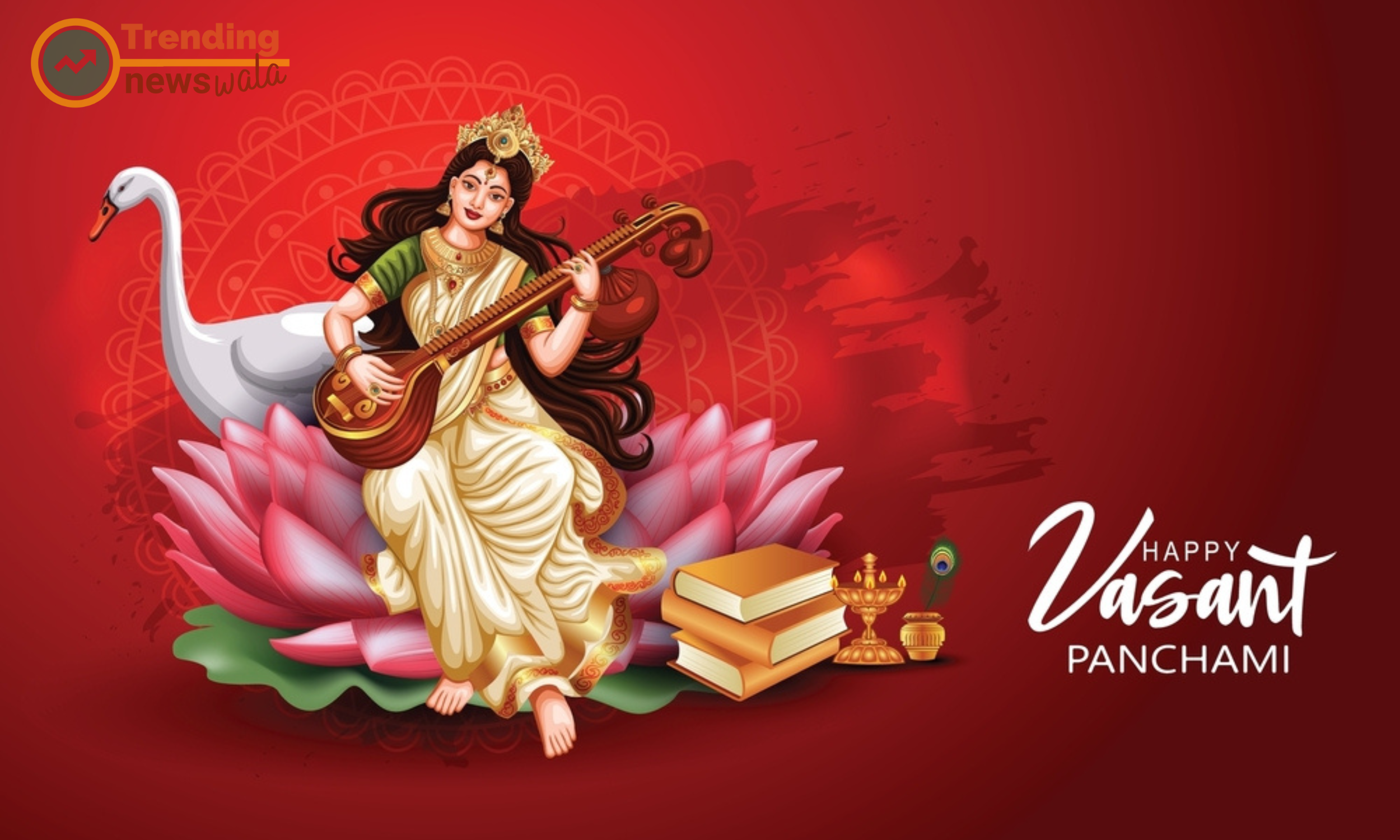
Vasant Panchami: Celebrating the Arrival of Spring and Knowledge in Ancient India Vasant Panchami, also known as Saraswati Puja, stands as a vibrant and joyous festival in the rich tapestry of Indian traditions. Celebrated with fervor across the country, this auspicious occasion marks the arrival of spring—a season of renewal and rejuvenation—and pays homage to Goddess Saraswati, the embodiment of knowledge, wisdom, and creativity. As communities come together to honor this ancient festival, it's an opportune time to explore the deep-rooted significance and timeless rituals associated with Vasant Panchami.
Historical Origins: The origins of Vasant Panchami can be traced back to ancient Indian scriptures and mythology. According to Hindu mythology, this auspicious day marks the birthday of Goddess Saraswati, the divine consort of Lord Brahma and the patroness of learning, music, and the arts. Saraswati is revered as the bestower of knowledge and creativity, and her blessings are sought by students, artists, and scholars alike.
Symbolism and Rituals: Vasant Panchami heralds the onset of spring, a season characterized by blooming flowers, lush greenery, and a vibrant tapestry of colors. The festival is celebrated with great fervor, with devotees adorning themselves in yellow attire—a color symbolizing the vibrancy and vitality of spring. Yellow flowers, particularly marigolds, are offered to Goddess Saraswati as a mark of reverence.
One of the central rituals of Vasant Panchami is the worship of Goddess Saraswati. Devotees gather in temples and homes to offer prayers, hymns, and musical recitals in honor of the goddess. Books, musical instruments, and tools associated with learning and creativity are placed at the feet of the deity, seeking her blessings for success and prosperity in academic pursuits and artistic endeavors.
Cultural Significance: Vasant Panchami holds immense cultural significance across India, transcending regional and linguistic boundaries. In the northern states, particularly in Uttar Pradesh and Bihar, schools and educational institutions organize special ceremonies to honor Goddess Saraswati. Students seek her blessings for academic success, and many embark on their learning journeys on this auspicious day.
In West Bengal, Vasant Panchami coincides with the celebration of Saraswati Puja, a grand festival marked by elaborate rituals and cultural performances. Pandals (temporary structures) are adorned with exquisite decorations, and idols of Goddess Saraswati are worshipped with great reverence. The festival is also an occasion for musical and dance performances, showcasing the rich cultural heritage of Bengal.
Contemporary Celebrations: In modern times, Vasant Panchami continues to be celebrated with zeal and enthusiasm, albeit with certain adaptations to suit contemporary lifestyles. Educational institutions organize special events, seminars, and workshops to commemorate the festival, emphasizing the importance of knowledge and learning in today's fast-paced world.
Moreover, Vasant Panchami serves as a time for introspection and reflection, inspiring individuals to embark on a journey of self-discovery and intellectual growth. It encourages people to embrace creativity, innovation, and lifelong learning, echoing the timeless teachings of Goddess Saraswati.
Vasant Panchami, with its deep-rooted symbolism and cultural resonance, serves as a poignant reminder of the timeless values of knowledge, wisdom, and creativity. As communities come together to celebrate the arrival of spring and honor the divine patroness of learning, the festival inspires individuals to strive for excellence in their academic pursuits and artistic endeavors.
In a world that is constantly evolving, Vasant Panchami stands as a beacon of hope and inspiration—a celebration of the eternal quest for knowledge and enlightenment. As devotees invoke the blessings of Goddess Saraswati, may they be guided on a path of wisdom, fulfillment, and creativity, embodying the spirit of Vasant Panchami in their lives.
Thai Pongal
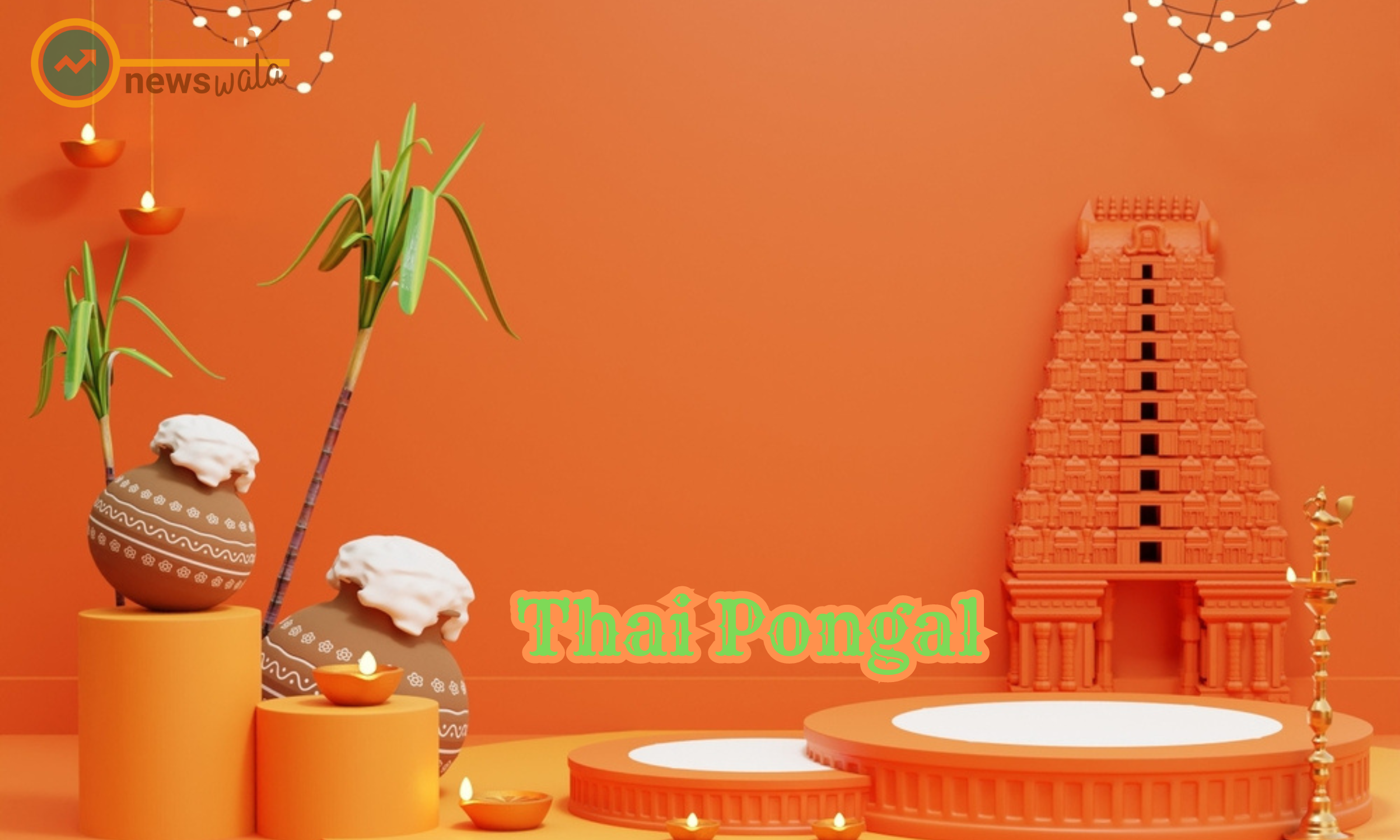
Thai Pongal: Honoring Harvest, Gratitude, and Renewal in Ancient Indian Tradition Thai Pongal, a vibrant and culturally rich festival celebrated primarily in the southern Indian state of Tamil Nadu, holds a special place in the hearts of millions. Rooted in ancient agricultural practices and steeped in tradition, Thai Pongal marks the auspicious harvest season, offering thanks to nature's bounty and celebrating the spirit of renewal and abundance. As communities come together to rejoice in the festivities, it's an ideal time to explore the deep-seated significance and enduring rituals associated with this ancient festival.
Historical Origins: The origins of Thai Pongal can be traced back to ancient Tamil culture and tradition. The festival finds mention in ancient Tamil literature, where it is described as a time of joyous celebration and thanksgiving. Thai Pongal coincides with the beginning of the Tamil month of Thai, which typically falls in mid-January, aligning with the harvest season in the region.
Symbolism and Rituals: Thai Pongal is synonymous with the preparation of a special dish known as Pongal—a sweet rice pudding made from freshly harvested rice, jaggery (unrefined sugar), milk, and aromatic spices. The preparation of Pongal is considered a sacred ritual and is often performed outdoors, symbolizing the harmony between man, nature, and the elements.
Another integral aspect of Thai Pongal is the worship of the Sun God, Surya. Devotees offer prayers and make offerings of freshly harvested crops, fruits, and flowers to express gratitude for a bountiful harvest and seek blessings for prosperity and abundance in the coming year.
The festival is also marked by colorful decorations, traditional folk music and dance performances, and communal gatherings where families and friends come together to share in the joy and camaraderie of the occasion.
Cultural Significance: Thai Pongal holds immense cultural significance in Tamil Nadu and is celebrated with great fervor and enthusiasm by people of all ages and backgrounds. The festival is an occasion for families to reunite, renew bonds, and partake in traditional rituals that have been passed down through generations.
Thai Pongal is not just a celebration of the agricultural harvest; it is also a time to reflect on the cyclical nature of life and the interconnectedness of all living beings with the natural world. The festival embodies the spirit of gratitude, humility, and resilience, reminding individuals of the importance of stewardship and sustainable practices in preserving the earth's resources for future generations.
Contemporary Celebrations: In modern times, Thai Pongal continues to be celebrated with zeal and enthusiasm, albeit with certain adaptations to suit contemporary lifestyles. While traditional rituals such as the preparation of Pongal and the worship of the Sun God remain central to the festivities, there is also a growing emphasis on community service, environmental conservation, and social outreach initiatives during the festival.
Moreover, Thai Pongal serves as an occasion to showcase Tamil culture, cuisine, and arts to a global audience. In Tamil diaspora communities around the world, Thai Pongal celebrations bring together people from diverse backgrounds, fostering a sense of unity, inclusivity, and cultural pride.
Thai Pongal, with its deep-rooted symbolism and cultural resonance, serves as a poignant reminder of the enduring bond between humanity and the natural world. As communities come together to celebrate the harvest season and express gratitude for nature's abundance, the festival inspires individuals to cultivate a deeper appreciation for the interconnectedness of all living beings and to embrace stewardship practices that promote sustainability and well-being for all.
In a world grappling with environmental challenges and food insecurity, Thai Pongal stands as a beacon of hope and resilience—a celebration of the timeless values of gratitude, unity, and renewal. As devotees gather to partake in the festivities, may they be inspired to sow the seeds of compassion, harmony, and abundance in their communities and beyond, embodying the spirit of Thai Pongal in their lives.
Thaipusam

Thaipusam: A Sacred Journey of Devotion and Renewal: Thaipusam, an ancient festival celebrated predominantly by the Tamil Hindu community, stands as a vibrant testament to faith, devotion, and spiritual transformation. This sacred occasion, observed primarily in the South Indian state of Tamil Nadu and in Tamil diaspora communities around the world, is characterized by elaborate rituals, colorful processions, and acts of intense devotion. As devotees prepare to embark on this profound journey, it's an opportune moment to delve into the rich history, symbolism, and significance of Thaipusam.
Historical Origins: The origins of Thaipusam can be traced back to Hindu mythology and ancient Tamil literature. The festival commemorates the victory of Lord Murugan, also known as Kartikeya or Skanda, over the demon Soorapadman, as narrated in the Skanda Purana and other sacred texts. According to legend, on the day of Thaipusam, Goddess Parvati presented Lord Murugan with a divine spear, empowering him to vanquish the forces of evil and restore cosmic balance.
Symbolism and Rituals: Thaipusam is marked by a series of intricate rituals and acts of penance undertaken by devotees as a form of spiritual purification and devotion. One of the most striking aspects of Thaipusam is the practice of "kavadi attam," where devotees carry ornately decorated structures, known as kavadis, on their shoulders as offerings to Lord Murugan. These kavadis are often adorned with peacock feathers, flowers, and other symbolic elements, and can range in size and complexity, from simple wooden structures to elaborate metal frameworks.
Another significant ritual associated with Thaipusam is the piercing of the skin, tongue, or cheeks with skewers or hooks, a practice known as "vel kavadi." Devotees undertake this act of self-mortification as a demonstration of their devotion and as a means of seeking divine blessings and protection from Lord Murugan.
Cultural Significance: Thaipusam holds immense cultural and religious significance for the Tamil Hindu community and is celebrated with great fervor and devotion. The festival serves as a time for devotees to express their gratitude to Lord Murugan for his blessings and to seek his guidance and protection in their lives.
Thaipusam is also a time for communal solidarity and support, with families and communities coming together to participate in the festivities and to offer assistance and encouragement to those undertaking acts of penance and devotion.
Contemporary Celebrations: In contemporary times, Thaipusam continues to be celebrated with zeal and enthusiasm, both in India and in Tamil diaspora communities around the world. While traditional rituals such as kavadi attam and vel kavadi remain central to the festivities, there is also a growing emphasis on community service, social outreach, and environmental conservation initiatives during the festival.
Moreover, Thaipusam serves as an occasion to showcase Tamil culture, music, and arts to a global audience, fostering a sense of unity, pride, and cultural identity among Tamil Hindus and members of the broader community.
Thaipusam, with its profound symbolism and rich spiritual heritage, stands as a timeless expression of devotion, courage, and renewal. As devotees prepare to embark on this sacred journey, may they be inspired by the example of Lord Murugan and find strength, solace, and blessings in their acts of devotion and penance.
In a world marked by turmoil and uncertainty, Thaipusam serves as a beacon of hope and resilience—a celebration of the indomitable spirit of faith and devotion that transcends barriers of language, culture, and geography. As devotees gather to honor Lord Murugan and seek his divine grace, may they be guided on a path of spiritual growth, enlightenment, and inner transformation, embodying the spirit of Thaipusam in their lives.
Gudi Padwa
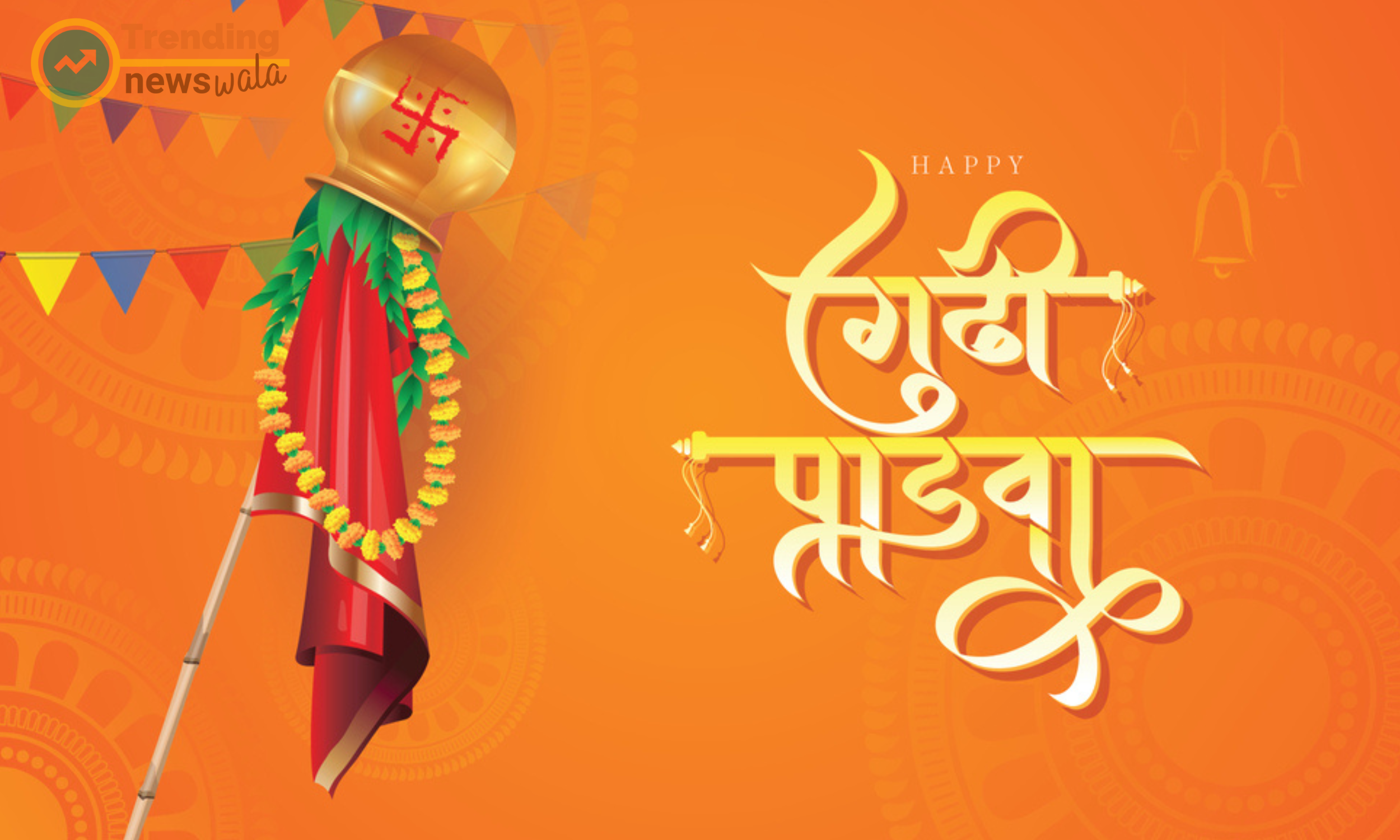
Gudi Padwa: Celebrating New Beginnings and Prosperity in Ancient India: Gudi Padwa, also known as Ugadi or Chaitra Shukla Pratipada, is a joyous festival celebrated predominantly by the Maharashtrian and Konkani communities in India. This auspicious occasion marks the beginning of the Hindu New Year and is observed with great enthusiasm and fervor across the country. Rooted in ancient traditions and cultural symbolism, Gudi Padwa signifies the onset of spring, new beginnings, and the spirit of prosperity. As communities come together to usher in the New Year, it's an ideal time to explore the deep-seated significance and timeless rituals associated with this ancient festival.
Historical Origins: The origins of Gudi Padwa can be traced back to ancient Indian scriptures and mythology. According to Hindu tradition, Gudi Padwa commemorates the coronation of Lord Rama in the city of Ayodhya, marking the beginning of his reign and the victory of righteousness over evil. It is believed that Lord Rama returned to Ayodhya after fourteen years of exile on this auspicious day, and the citizens welcomed him by hoisting a Gudi, a ceremonial flag adorned with auspicious symbols, outside their homes.
Symbolism and Rituals: Gudi Padwa is characterized by several rituals and customs that symbolize prosperity, abundance, and good fortune. The most prominent tradition associated with Gudi Padwa is the hoisting of the Gudi, which is typically a bamboo stick adorned with a bright cloth, neem leaves, mango leaves, and a garlanded sugar crystal (sakhar gathi) or a copper or silver vessel (kalash) at the top. The Gudi is then placed outside the entrance of homes to ward off evil spirits and invite blessings of prosperity and well-being into the household.
Another significant aspect of Gudi Padwa is the preparation of special dishes and delicacies, such as puran poli, shrikhand, and jalebi, which are shared with family and friends as a symbol of abundance and generosity. The festival also includes traditional rituals such as oil baths, prayers, and visits to temples to seek blessings for the New Year.
Cultural Significance: Gudi Padwa holds immense cultural significance in Maharashtra and other regions where it is celebrated. The festival serves as a time for families to come together, exchange greetings, and seek blessings from elders for a prosperous and auspicious year ahead. It is also an occasion for spiritual renewal and reflection, as individuals express gratitude for the blessings of the past year and set intentions for the year ahead.
Gudi Padwa is not just a celebration of the New Year; it is also a time to honor the rich cultural heritage and traditions of the Maharashtrian community. The festival showcases the vibrant colors, music, dance, and cuisine of Maharashtra, bringing communities together in a spirit of joy and camaraderie.
Contemporary Celebrations: In modern times, Gudi Padwa continues to be celebrated with zeal and enthusiasm, both in India and in Maharashtrian communities around the world. While traditional rituals such as the hoisting of the Gudi and the preparation of festive meals remain central to the festivities, there is also a growing emphasis on community service, social outreach, and environmental conservation initiatives during the festival.
Moreover, Gudi Padwa serves as an occasion to showcase Maharashtrian culture and traditions to a global audience, fostering a sense of pride, unity, and cultural identity among members of the community and beyond.
Gudi Padwa, with its deep-rooted symbolism and cultural resonance, stands as a timeless celebration of new beginnings, prosperity, and cultural heritage. As communities come together to usher in the New Year and seek blessings for the year ahead, may they be inspired by the spirit of unity, joy, and gratitude that characterizes this ancient festival.
In a world marked by change and uncertainty, Gudi Padwa serves as a reminder of the enduring power of tradition, community, and spiritual renewal. As families gather to hoist the Gudi and share in the festive celebrations, may they be blessed with peace, prosperity, and abundance in the year ahead, embodying the spirit of Gudi Padwa in their lives.
Ugadi
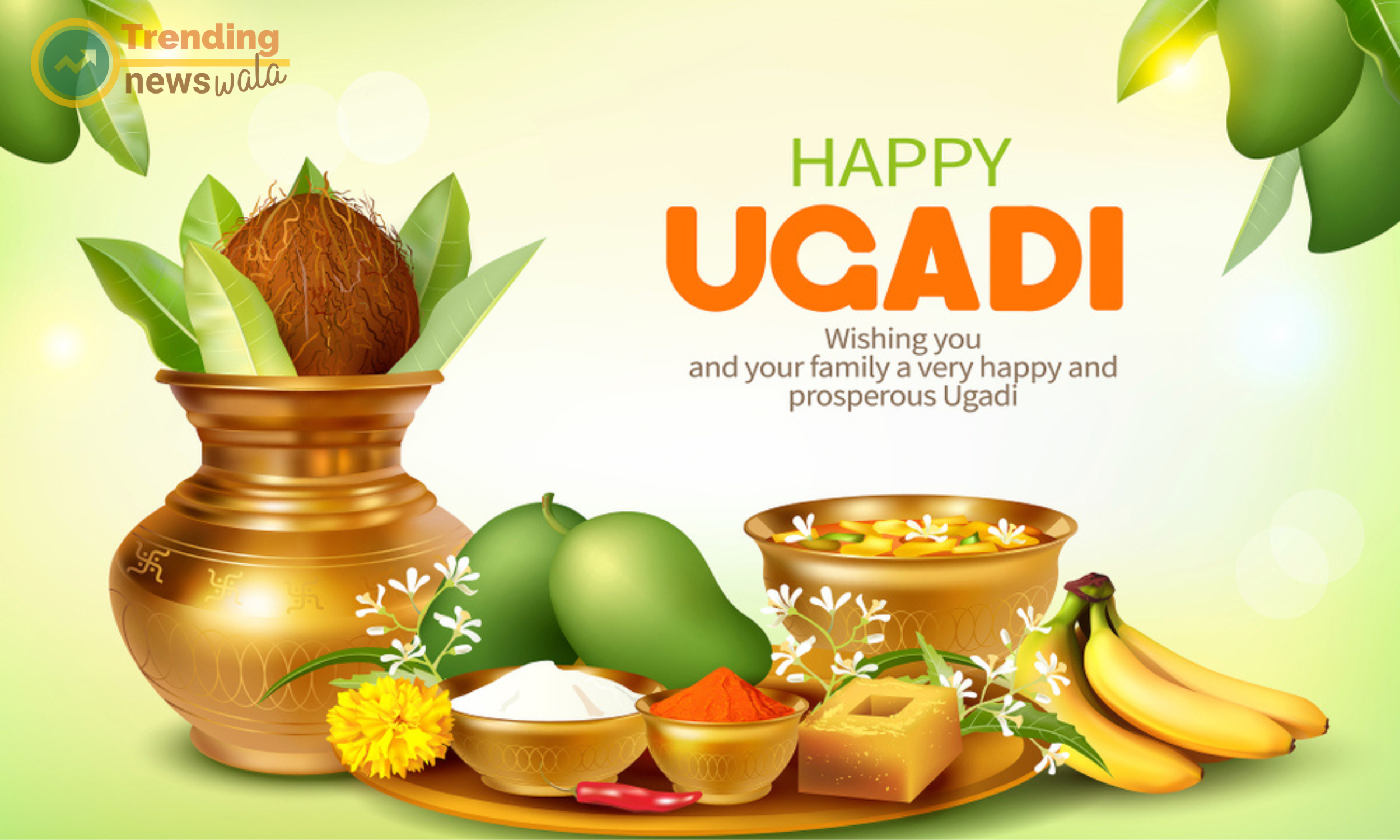
Ugadi: Embracing the New Year with Joy and Renewal: Ugadi, also known as Yugadi, marks the beginning of a new year in the traditional Hindu lunar calendar and is celebrated with great enthusiasm in the southern Indian states of Andhra Pradesh, Telangana, Karnataka, and parts of Maharashtra. This vibrant festival, which falls on the first day of the Hindu lunar month of Chaitra, symbolizes new beginnings, renewal, and the spirit of hope and joy. As communities come together to rejoice in the festivities, it's an ideal time to explore the deep-rooted significance and timeless rituals associated with Ugadi.
Historical Origins: The origins of Ugadi can be traced back to ancient Indian scriptures and mythology. According to Hindu tradition, Ugadi marks the beginning of the Satya Yuga, the era of truth and righteousness, and is believed to be the day when Lord Brahma, the creator of the universe, began the process of creation. Ugadi is also associated with the celestial alignment of the sun, moon, and planets, which is believed to have a profound influence on human life and destiny.
Symbolism and Rituals: Ugadi is characterized by several rituals and customs that symbolize prosperity, abundance, and spiritual renewal. The festival begins with an early morning ritual called "Kondaadu," where people take an oil bath and wear new clothes to purify themselves and welcome the New Year with a fresh start.
One of the central rituals of Ugadi is the preparation of "Ugadi Pachadi," a special dish made from a combination of six ingredients: neem flowers (bitterness), jaggery (sweetness), raw mango (sourness), tamarind (sourness), green chili (spiciness), and salt (saltiness). This unique mixture represents the various flavors of life—joy, sorrow, success, failure—and reminds people to embrace all aspects of life with equanimity and grace.
Another significant tradition associated with Ugadi is the reading of "Panchangam" or the Hindu almanac, which predicts auspicious timings, planetary positions, and other astrological details for the coming year. Devotees gather in temples or at home to listen to the Panchangam reading and seek blessings for prosperity, health, and happiness in the year ahead.
Cultural Significance: Ugadi holds immense cultural significance in the regions where it is celebrated and is observed with great fervor and joy by people of all ages and backgrounds. The festival serves as a time for families to come together, exchange greetings, and share festive meals and sweets. It is also an occasion for spiritual reflection and introspection, as individuals express gratitude for the blessings of the past year and set intentions for the year ahead.
Ugadi is not just a celebration of the New Year; it is also a time to honor the rich cultural heritage and traditions of the region. The festival showcases the vibrant colors, music, dance, and cuisine of Andhra Pradesh, Telangana, Karnataka, and Maharashtra, bringing communities together in a spirit of unity and camaraderie.
Contemporary Celebrations: In modern times, Ugadi continues to be celebrated with zeal and enthusiasm, both in India and in diaspora communities around the world. While traditional rituals such as oil baths, Ugadi Pachadi preparation, and Panchangam readings remain central to the festivities, there is also a growing emphasis on community service, social outreach, and environmental conservation initiatives during the festival.
Moreover, Ugadi serves as an occasion to showcase the rich cultural diversity and traditions of the southern Indian states to a global audience, fostering a sense of pride, unity, and cultural identity among members of the community and beyond.
Ugadi, with its deep-rooted symbolism and cultural resonance, stands as a timeless celebration of new beginnings, renewal, and spiritual awakening. As communities come together to usher in the New Year and seek blessings for the year ahead, may they be inspired by the spirit of unity, joy, and gratitude that characterizes this ancient festival.
In a world marked by change and uncertainty, Ugadi serves as a reminder of the enduring power of tradition, community, and spiritual renewal. As families gather to celebrate and share in the festive rituals, may they be blessed with peace, prosperity, and abundance in the year ahead, embodying the spirit of Ugadi in their lives.
Onam
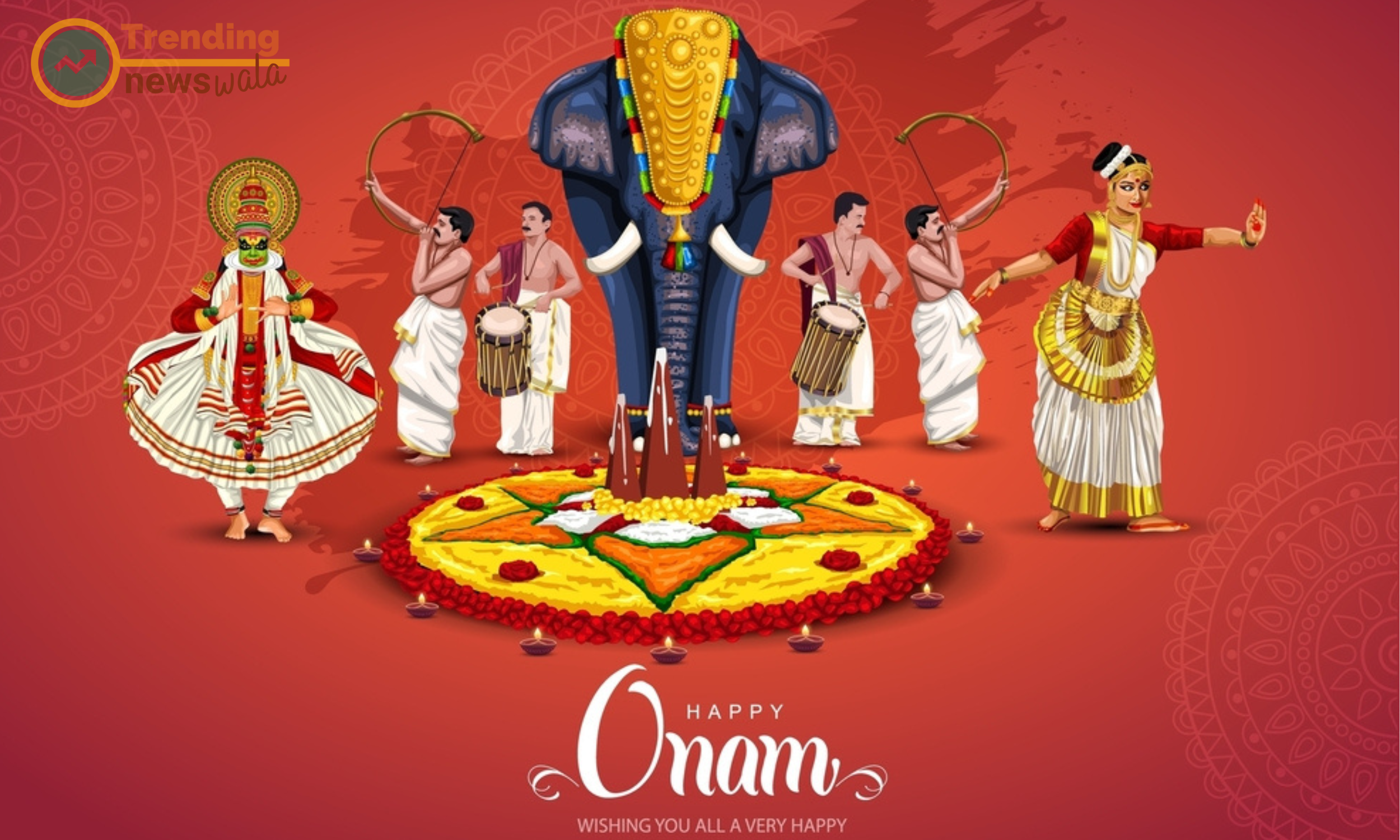
Onam: Embracing Tradition, Unity, and Harvest Abundance: Onam, a vibrant and culturally rich festival, holds a special place in the hearts of the people of Kerala, a southern state in India. Celebrated with great enthusiasm and fervor, Onam is a time for communities to come together, rejoice in the bounties of nature, and honor the legendary King Mahabali. As the festival approaches, it's an opportune moment to delve into the deep-rooted significance, colorful traditions, and enduring legacy of Onam.
Historical Origins: The origins of Onam can be traced back to ancient Indian mythology and folklore, particularly the legend of King Mahabali. According to Hindu mythology, Mahabali was a virtuous and benevolent ruler who governed the kingdom of Kerala during a golden age characterized by peace, prosperity, and abundance. The festival of Onam is celebrated to commemorate the reign of King Mahabali and his noble qualities of generosity and righteousness.
Symbolism and Traditions: Onam is synonymous with colorful festivities, traditional rituals, and elaborate feasts that showcase the rich cultural heritage of Kerala. The festival typically spans ten days and is marked by various rituals and cultural performances.
One of the most iconic symbols of Onam is the "pookalam," a vibrant floral carpet made with intricate designs using fresh flowers and petals. Each day of the festival, people create elaborate pookalams outside their homes as a form of decoration and to welcome the spirit of King Mahabali.
Another cherished tradition of Onam is the "Onam Sadhya," a grand vegetarian feast served on banana leaves. The Sadhya comprises a delectable array of dishes, including rice, sambar, avial, thoran, olan, rasam, and payasam, among others. Families and communities gather to partake in the feast, fostering a sense of unity, harmony, and togetherness.
Cultural Significance: Onam holds immense cultural significance in Kerala and is celebrated as a time of joy, camaraderie, and cultural pride. The festival transcends barriers of religion, caste, and creed, bringing people together in a spirit of unity and inclusivity.
Onam is also a time for spiritual reflection and introspection, as people express gratitude for the blessings of the past year and seek blessings for prosperity and abundance in the year ahead. Temples and households conduct special prayers and rituals to invoke the blessings of Lord Vishnu and King Mahabali during the festival.
Contemporary Celebrations: In modern times, Onam continues to be celebrated with zeal and enthusiasm, both in Kerala and among Malayali communities around the world. While traditional rituals such as pookalam-making, Onam Sadhya, and cultural performances remain central to the festivities, there is also a growing emphasis on environmental conservation, social outreach, and community service initiatives during the festival.
Moreover, Onam serves as an occasion to showcase the rich cultural diversity and traditions of Kerala to a global audience, fostering a sense of pride, unity, and cultural identity among members of the community and beyond.
Onam, with its deep-rooted symbolism and cultural resonance, stands as a timeless celebration of tradition, unity, and harvest abundance. As communities come together to rejoice in the festivities and honor the spirit of King Mahabali, may they be blessed with peace, prosperity, and happiness in the year ahead.
In a world marked by change and uncertainty, Onam serves as a reminder of the enduring power of tradition, community, and cultural heritage. As families gather to celebrate and share in the festive rituals, may they be inspired by the spirit of unity, joy, and gratitude that characterizes this ancient festival, embodying the true essence of Onam in their lives.
Tamil New Year Puthandu

In the vibrant cultural landscape of Tamil Nadu, the arrival of Puthandu heralds the dawn of a new year, filled with hope, prosperity, and renewal. Also known as Tamil New Year, Puthandu is steeped in ancient traditions and customs that reflect the rich heritage and cultural identity of the Tamil people. As we delve into the essence of Puthandu, we unravel the tapestry of its rituals, festivities, and spiritual significance, showcasing its enduring place among India's ancient festivals.
Puthandu: The Beginning of a New Chapter: Puthandu is celebrated on the first day of Chithirai, the first month of the Tamil calendar, which usually falls in mid-April. The festival marks the beginning of a new year according to the Tamil calendar, also known as the Tamil Panchangam. It symbolizes the renewal of life, the blossoming of nature, and the promise of new beginnings.
Customs and Traditions: Puthandu is characterized by a plethora of customs and rituals that evoke the spirit of festivity and cultural pride among Tamil communities. The day begins with the traditional ritual of 'Kanni,' where families wake up before dawn to witness the first sight of the auspicious items arranged on a tray. These items typically include fruits, flowers, gold, silver, betel leaves, and mirror, symbolizing prosperity, abundance, and beauty.
Another integral aspect of Puthandu celebrations is the preparation and sharing of a special dish called 'Maanga Pachadi.' Made with raw mangoes, jaggery, neem flowers, and other ingredients, Maanga Pachadi represents the various flavors of life – sweetness, bitterness, sourness, and tanginess – signifying the acceptance of life's ups and downs with equanimity.
Homes and streets are adorned with colorful kolam (rangoli) designs, featuring intricate patterns and motifs, adding to the festive ambiance. Families come together to offer prayers at temples, seeking the blessings of the divine for prosperity, happiness, and success in the New Year.
Cultural Significance: Puthandu holds profound cultural significance in Tamil Nadu, serving as a symbol of Tamil identity, unity, and resilience. The festival transcends religious and regional boundaries, bringing together people from diverse backgrounds to celebrate shared traditions and values.
Puthandu is also a time for reflection and introspection, as individuals contemplate their past deeds and resolve to embark on a path of righteousness and virtue in the coming year. Through prayers, rituals, and acts of charity, devotees seek to purify their minds and hearts, ushering in a new year filled with positivity and optimism.
As Tamil Nadu welcomes the dawn of a new year with the joyous celebrations of Puthandu, it pays homage to the ancient traditions and timeless wisdom that have shaped Tamil culture for centuries. Through its customs, rituals, and festivities, Puthandu embodies the spirit of unity, prosperity, and renewal that defines the essence of Tamil identity. As families gather, streets come alive with color, and temples resonate with prayers, Puthandu serves as a poignant reminder of the enduring legacy of Tamil heritage, uniting hearts and souls in a joyous celebration of life's eternal rhythms.
Ratha Yatra
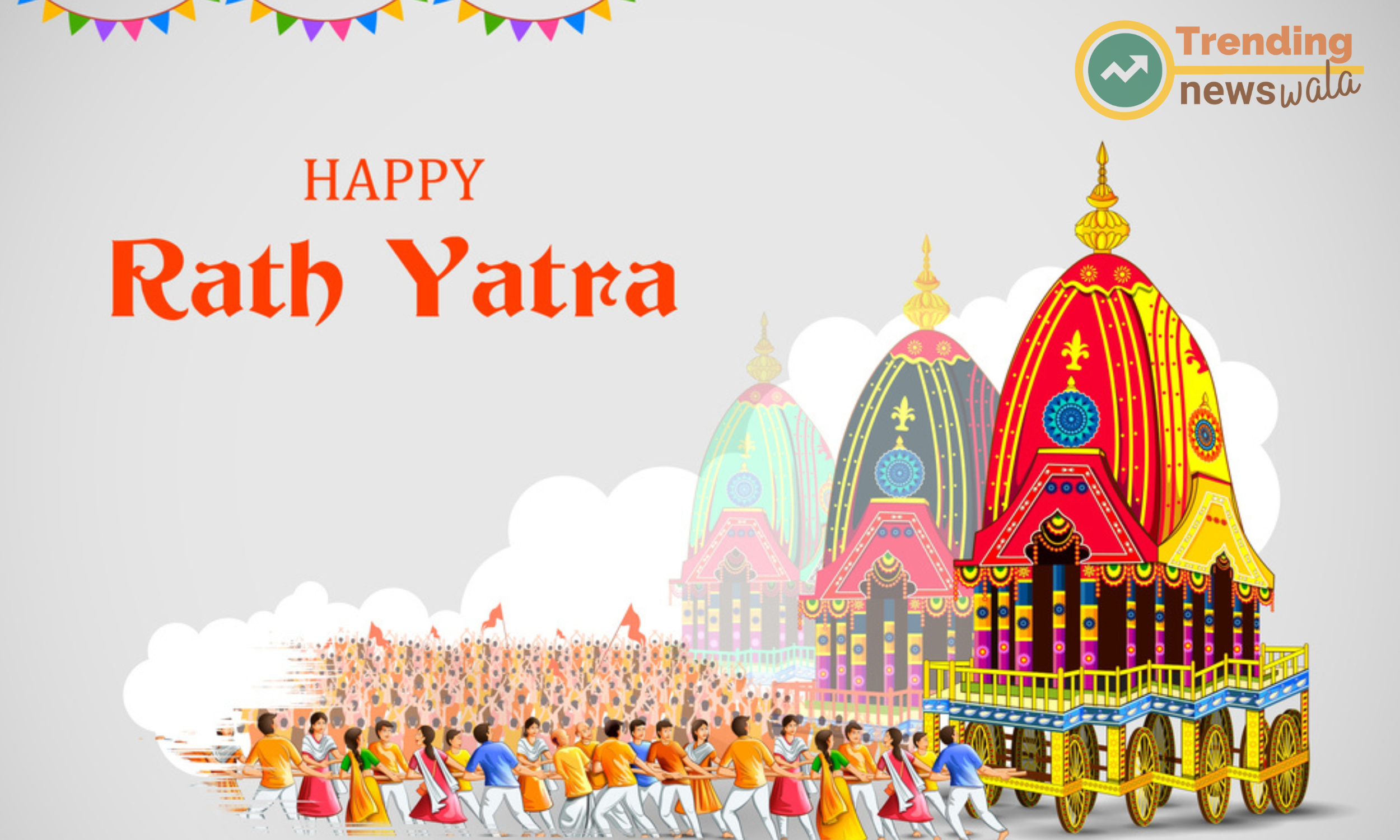
India, with its rich tapestry of culture and traditions, is home to a plethora of ancient festivals that embody the nation's spiritual ethos and cultural heritage. Among these, Ratha Yatra stands out as one of the most venerable and beloved festivals, celebrated with unparalleled fervor and devotion across the length and breadth of the country. Let us embark on a journey to explore the essence, history, and significance of Ratha Yatra, tracing its roots back to antiquity and uncovering its enduring relevance in contemporary times.
Historical Origins:Ratha Yatra, also known as the Festival of Chariots, finds its roots in ancient Indian mythology and scripture, particularly the Puranas and the Mahabharata. The festival is believed to commemorate the annual journey of Lord Jagannath, an incarnation of Lord Vishnu, along with his siblings, Lord Balabhadra and Devi Subhadra, from the Jagannath Temple in Puri, Odisha, to the Gundicha Temple, located a few kilometers away.
Symbolism and Significance:At its core, Ratha Yatra symbolizes the divine journey of Lord Jagannath from his temple to his aunt's residence in a grand procession. The chariot, or "ratha," becomes the divine vehicle that carries the deities on their sacred journey, while devotees pull the massive chariots with ropes, symbolizing their desire to partake in the divine journey and serve the Lord.
Rituals and Observances:The festivities of Ratha Yatra unfold over several days, starting with the ceremonial installation of the deities on intricately decorated chariots. The main event takes place on the day of the Rath Yatra, when devotees from all walks of life gather to pull the chariots through the streets of Puri amidst chanting of hymns, singing of bhajans, and joyful celebrations. The procession culminates at the Gundicha Temple, where the deities stay for a week before returning to their abode.
Spiritual Significance:Ratha Yatra holds profound spiritual significance for devotees, as it symbolizes the journey of the soul towards self-realization and union with the divine. The act of pulling the chariot is seen as an act of devotion and surrender, wherein devotees offer their love, prayers, and service to the divine presence of Lord Jagannath. The festival also promotes the ideals of unity, harmony, and inclusivity, as people from diverse backgrounds come together to participate in the celebrations.
Cultural Heritage:Beyond its religious significance, Ratha Yatra is a vibrant celebration of India's cultural heritage and artistic traditions. Elaborately decorated chariots, colorful processions, traditional music and dance performances, and the fervent devotion of the masses contribute to the festive atmosphere, creating a spectacle that captivates the senses and leaves a lasting impression on all who witness it.
Global Reach:While Ratha Yatra has its origins in Puri, Odisha, the festival has transcended geographical boundaries and gained popularity on a global scale. Cities around the world, including New York, London, and Sydney, host their own Ratha Yatra celebrations, attracting devotees and onlookers from diverse cultural backgrounds and nationalities.
Philanthropic Endeavors:In addition to its religious and cultural significance, Ratha Yatra serves as a platform for philanthropic endeavors and community outreach programs. Many organizations and individuals use the occasion to distribute food, clothing, and other essential supplies to the less fortunate, embodying the spirit of seva (selfless service) and compassion.
Enduring Tradition:Despite the passage of time and changing social landscapes, Ratha Yatra remains an enduring tradition that continues to inspire devotion, awe, and reverence in the hearts of millions of devotees worldwide. The festival's timeless message of love, devotion, and service to the divine resonates across generations, fostering a sense of spiritual connection and cultural pride.
Spiritual Pilgrimage:For devout Hindus, participating in Ratha Yatra is akin to embarking on a spiritual pilgrimage that offers an opportunity for inner transformation and divine communion. The act of pulling the chariot, singing devotional songs, and witnessing the grandeur of the festival evokes a sense of reverence and awe, deepening one's faith and devotion to the divine.
Universal Appeal:Ratha Yatra's universal appeal lies in its ability to transcend religious boundaries and unite people of all faiths and backgrounds in a shared celebration of spirituality and devotion. The festival's message of love, peace, and harmony resonates with people of diverse cultures and beliefs, making it a symbol of India's rich spiritual heritage and its timeless quest for universal brotherhood.
In conclusion, Ratha Yatra stands as a shining example of India's ancient traditions and spiritual legacy, offering devotees and onlookers alike an opportunity to experience the divine presence and partake in the joyous celebration of life, love, and devotion. As the grand chariots roll through the streets, carrying the divine essence of Lord Jagannath, they inspire awe and reverence, reminding us of the eternal journey of the soul towards enlightenment and union with the divine.



